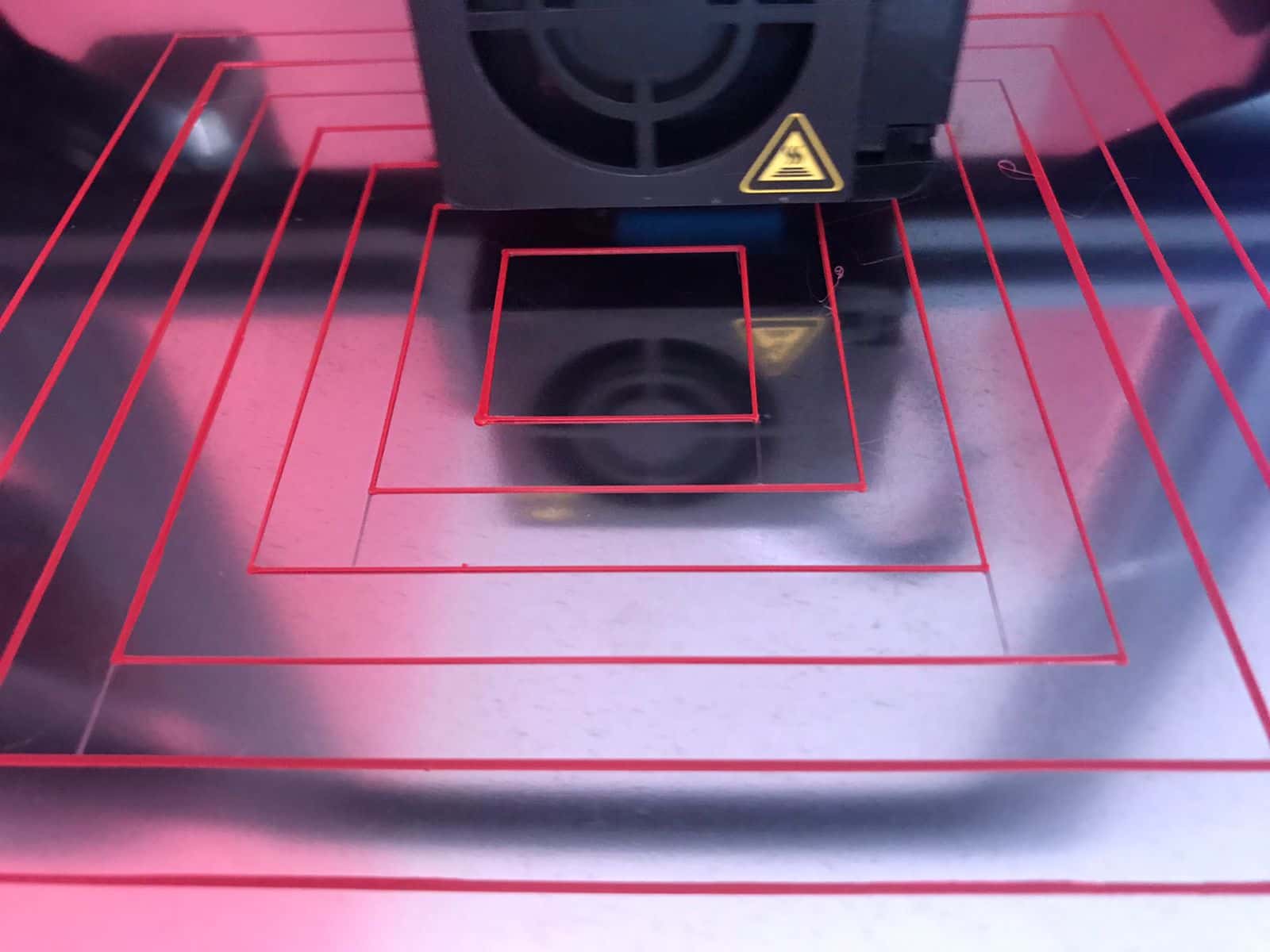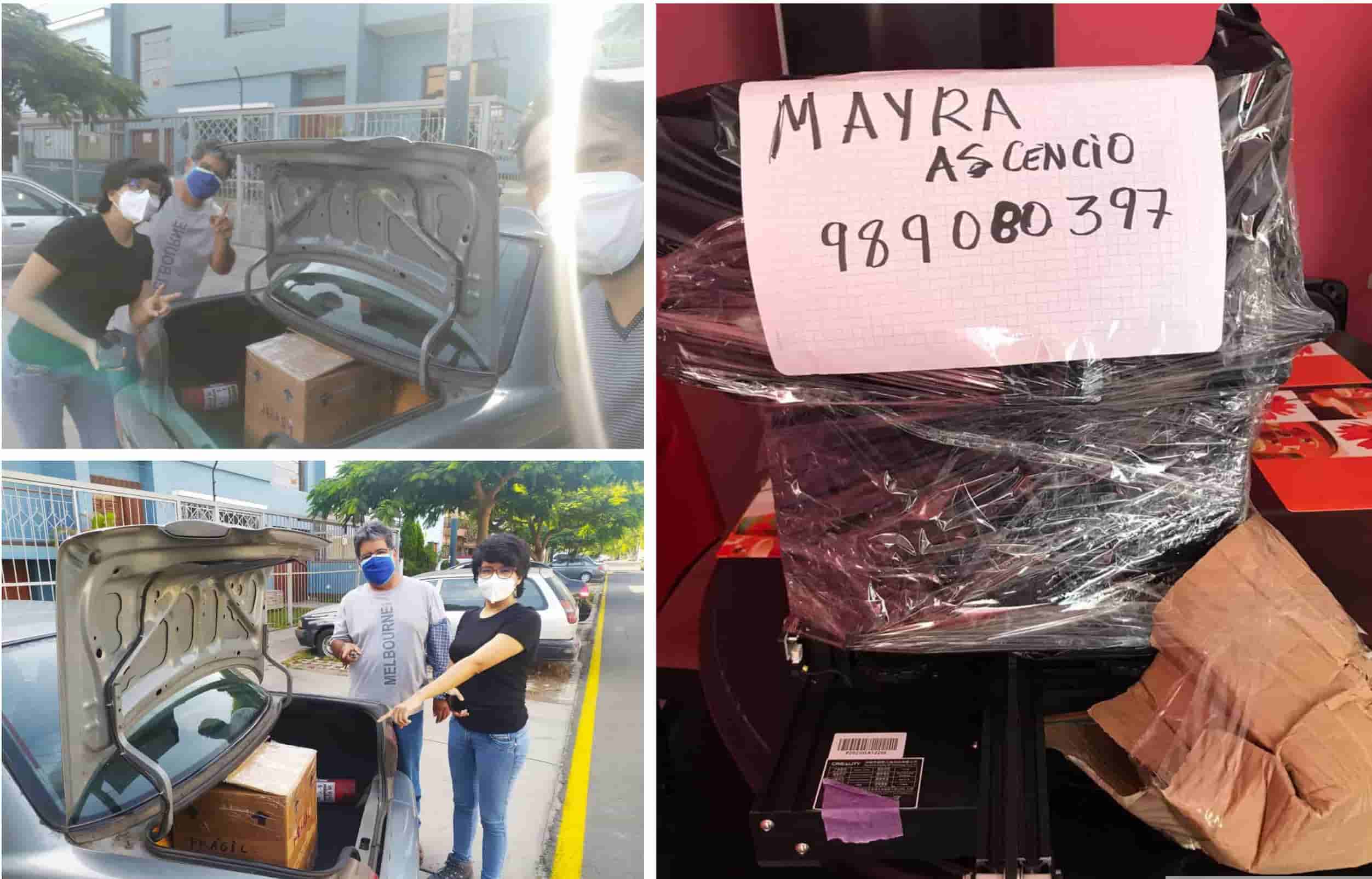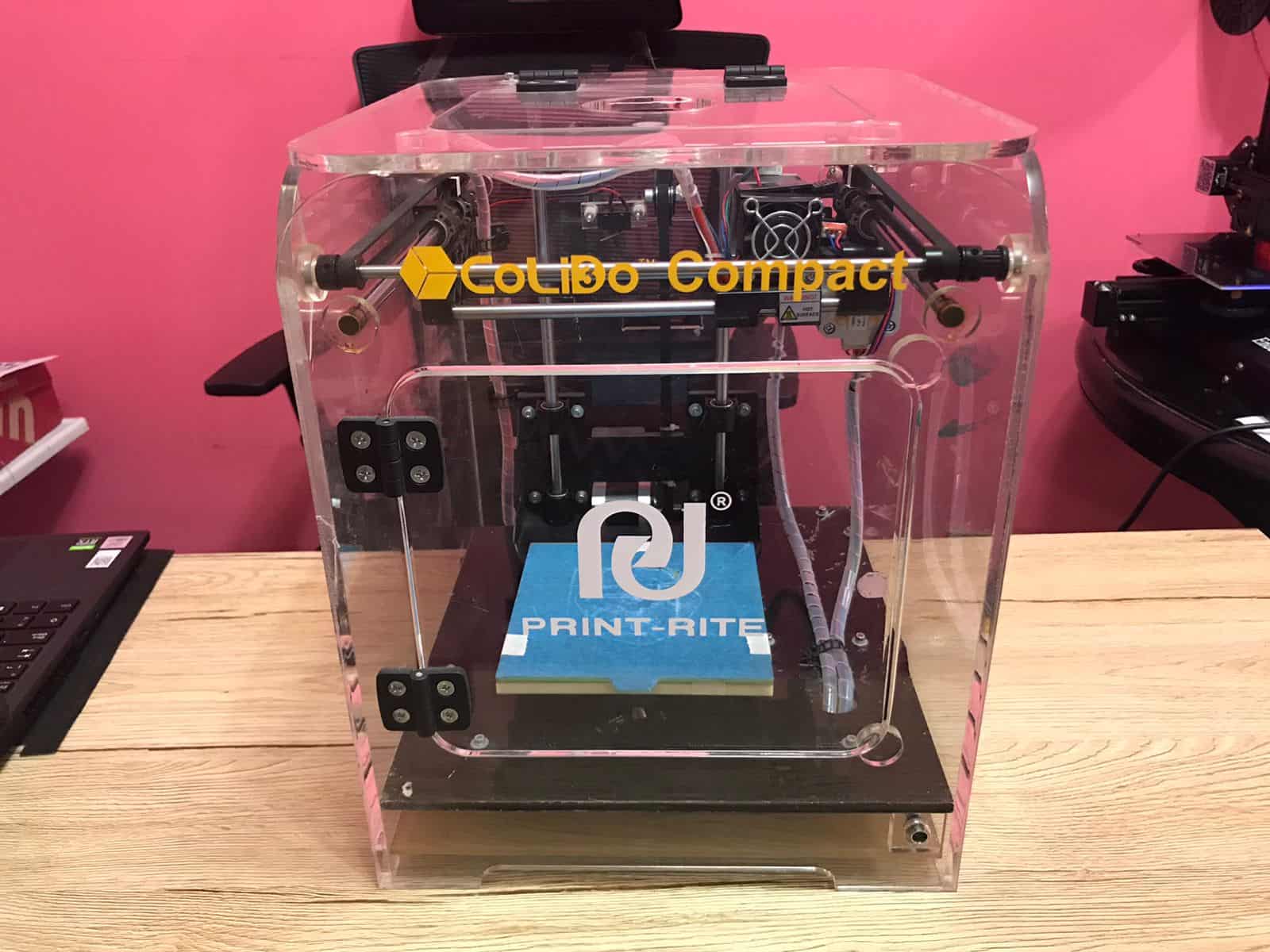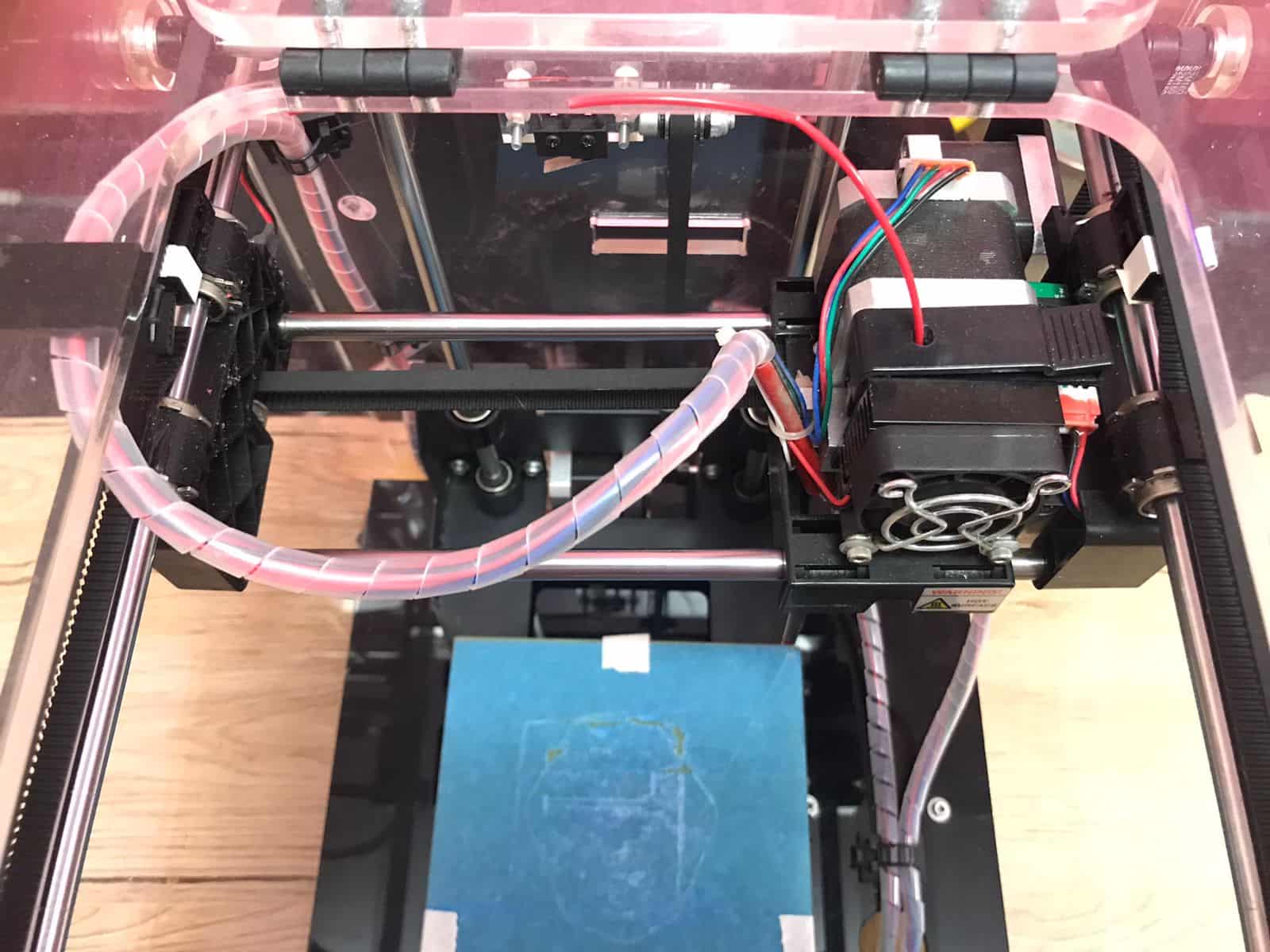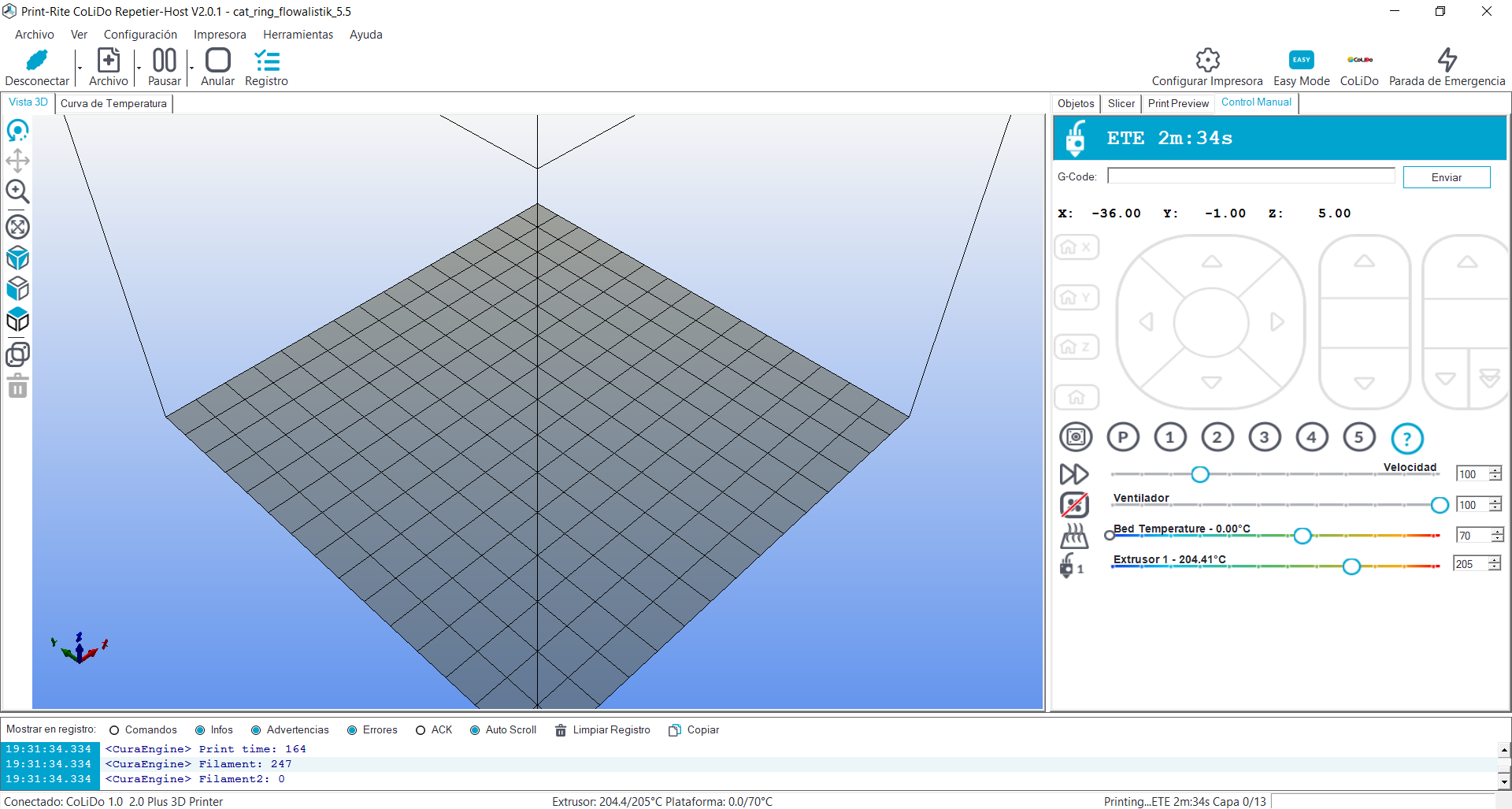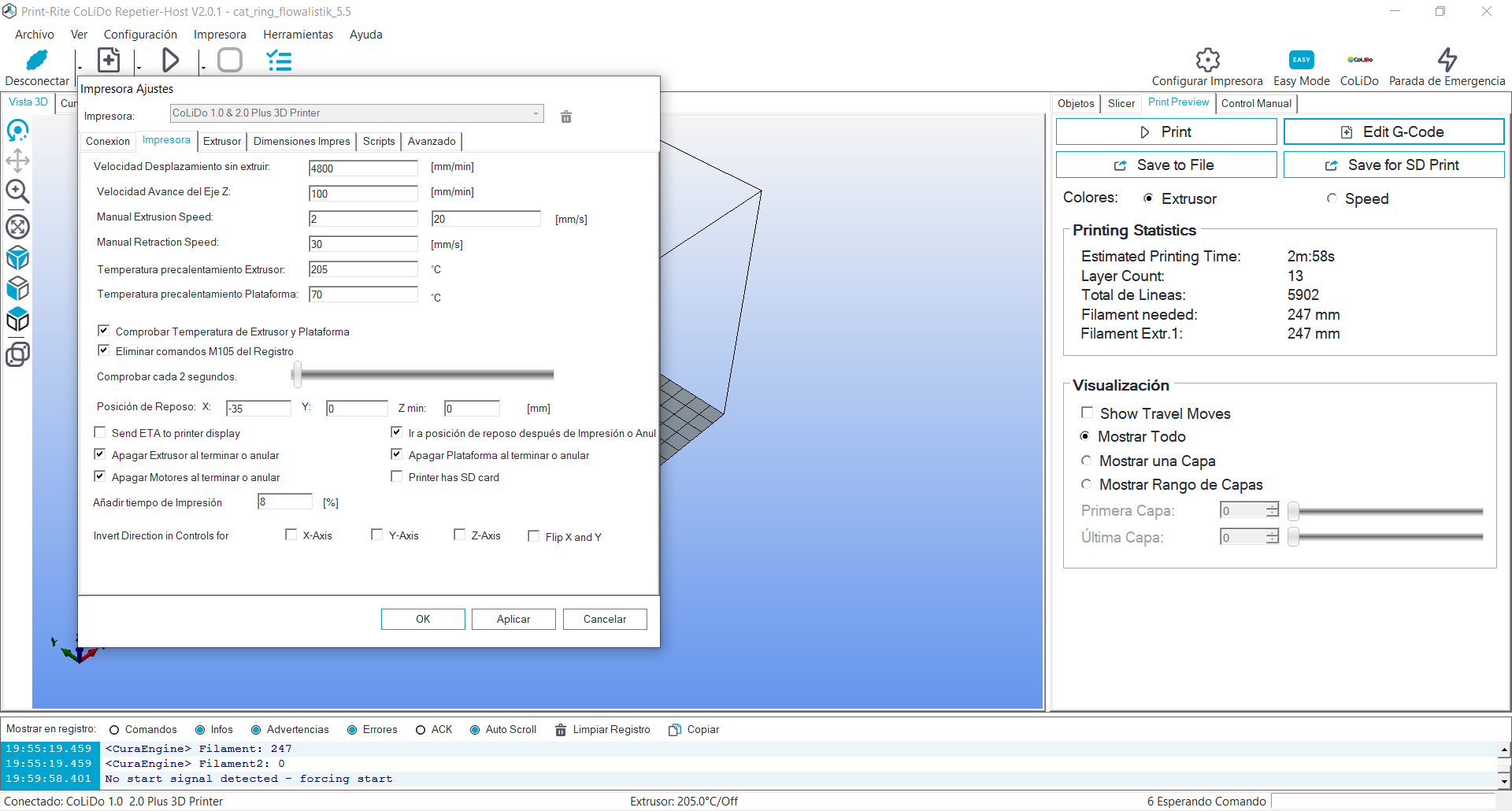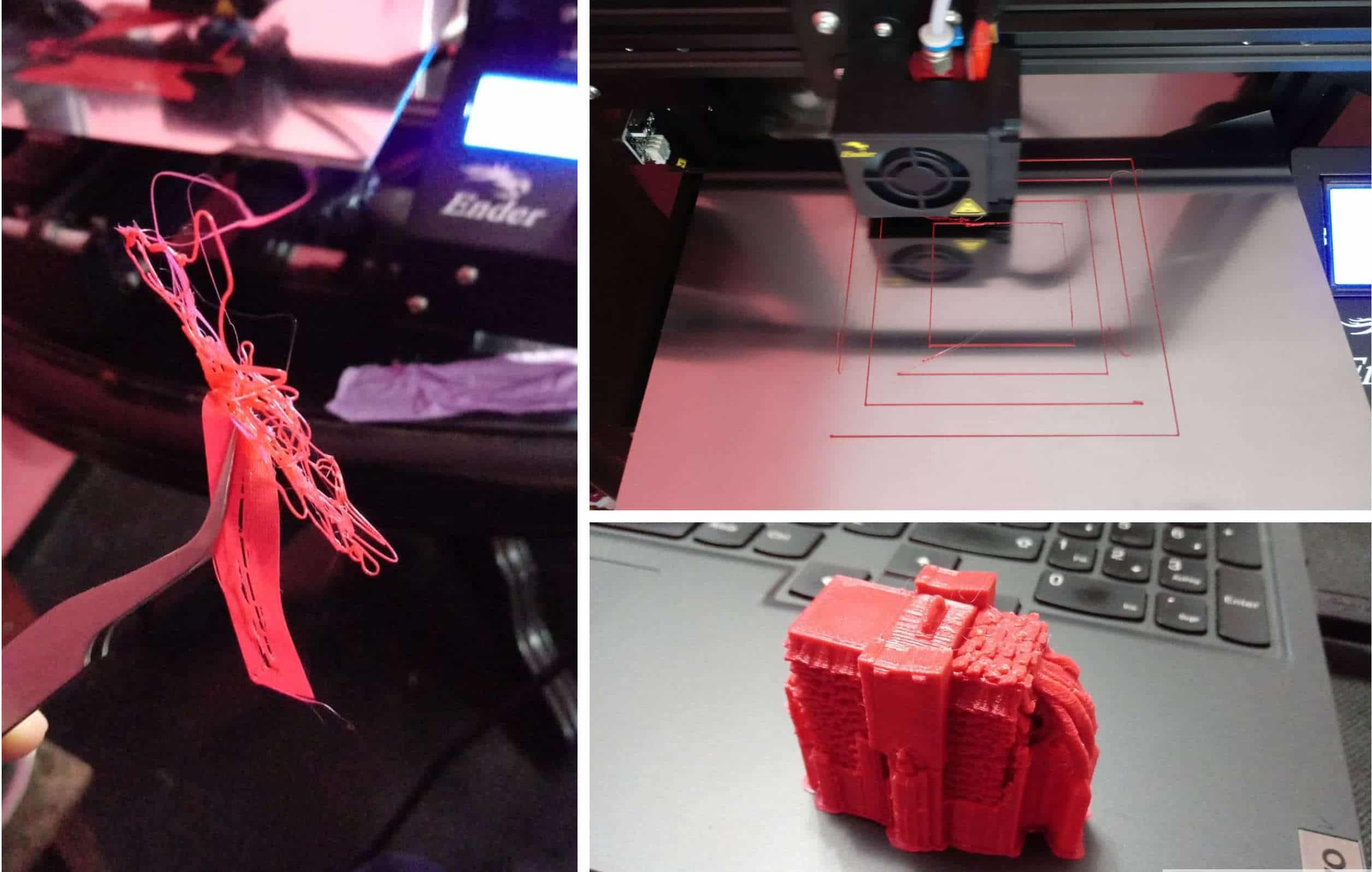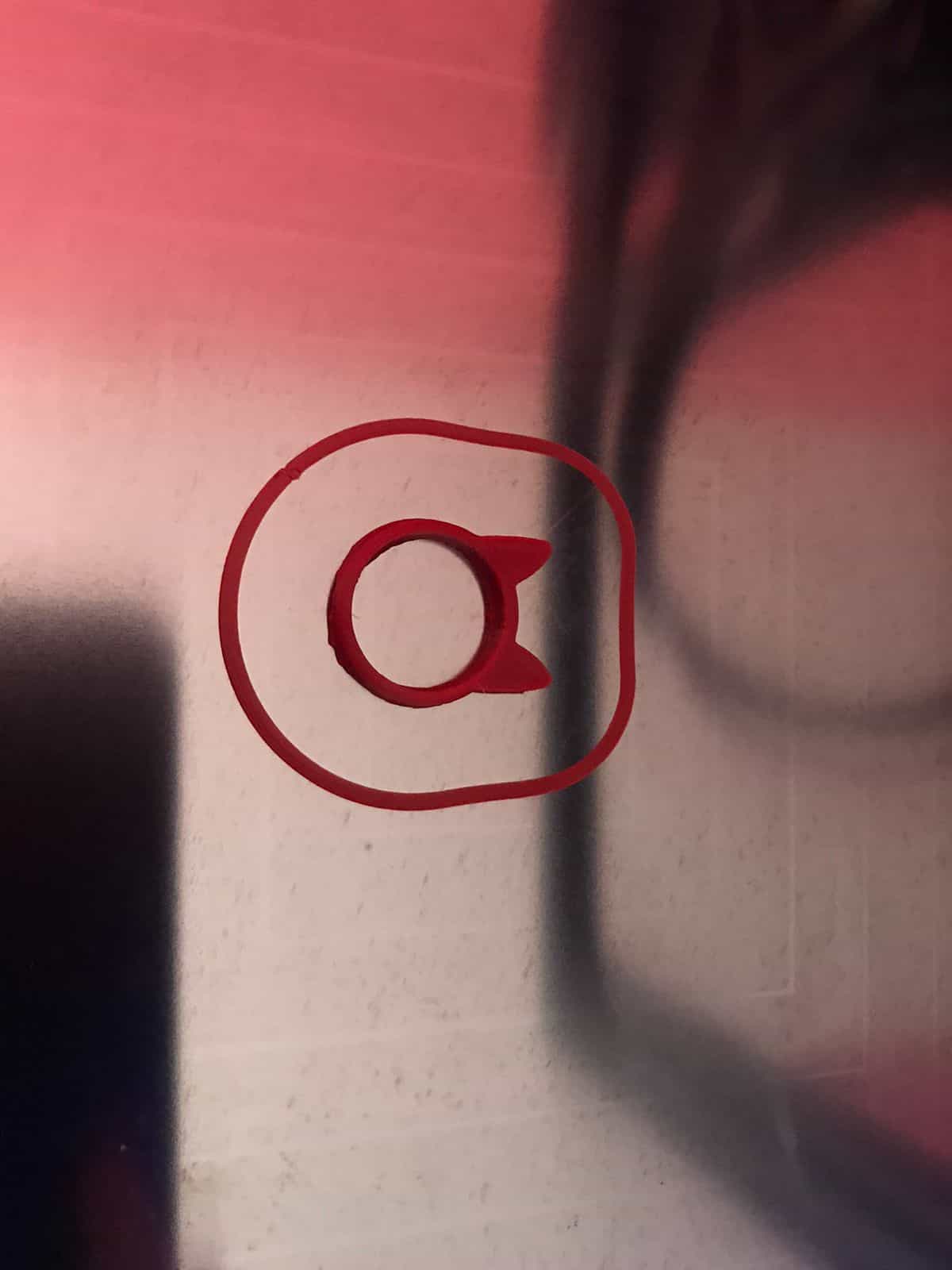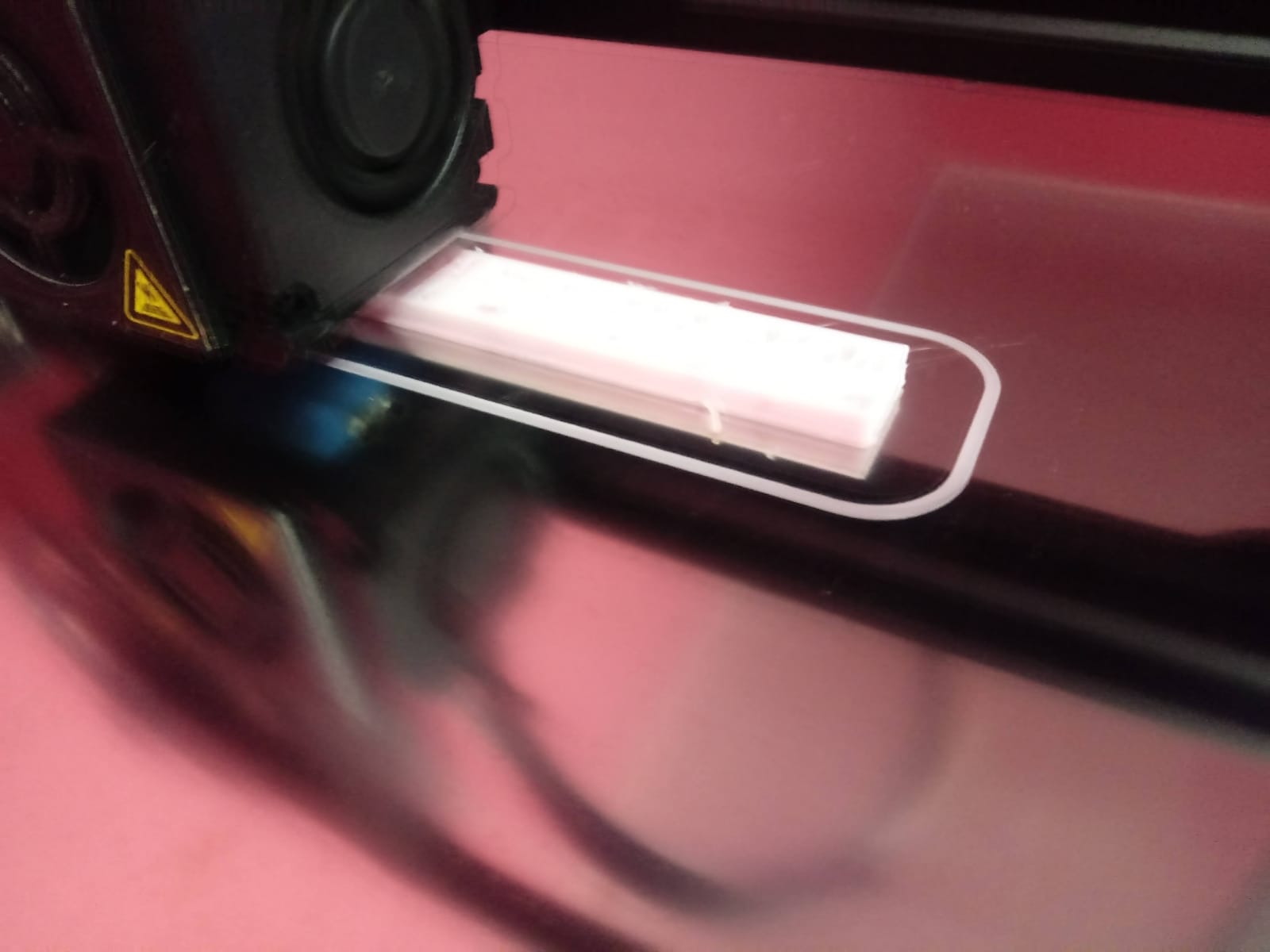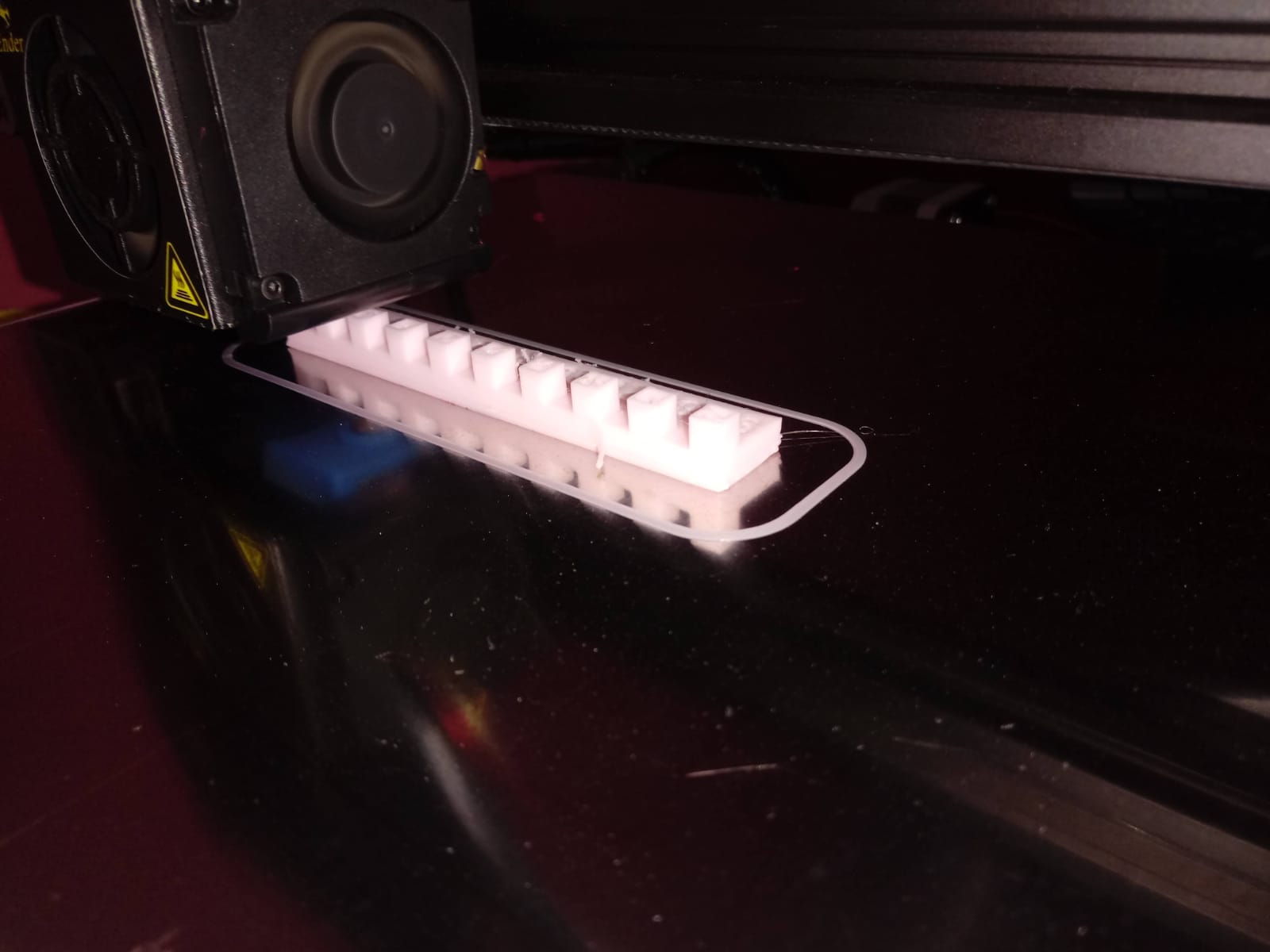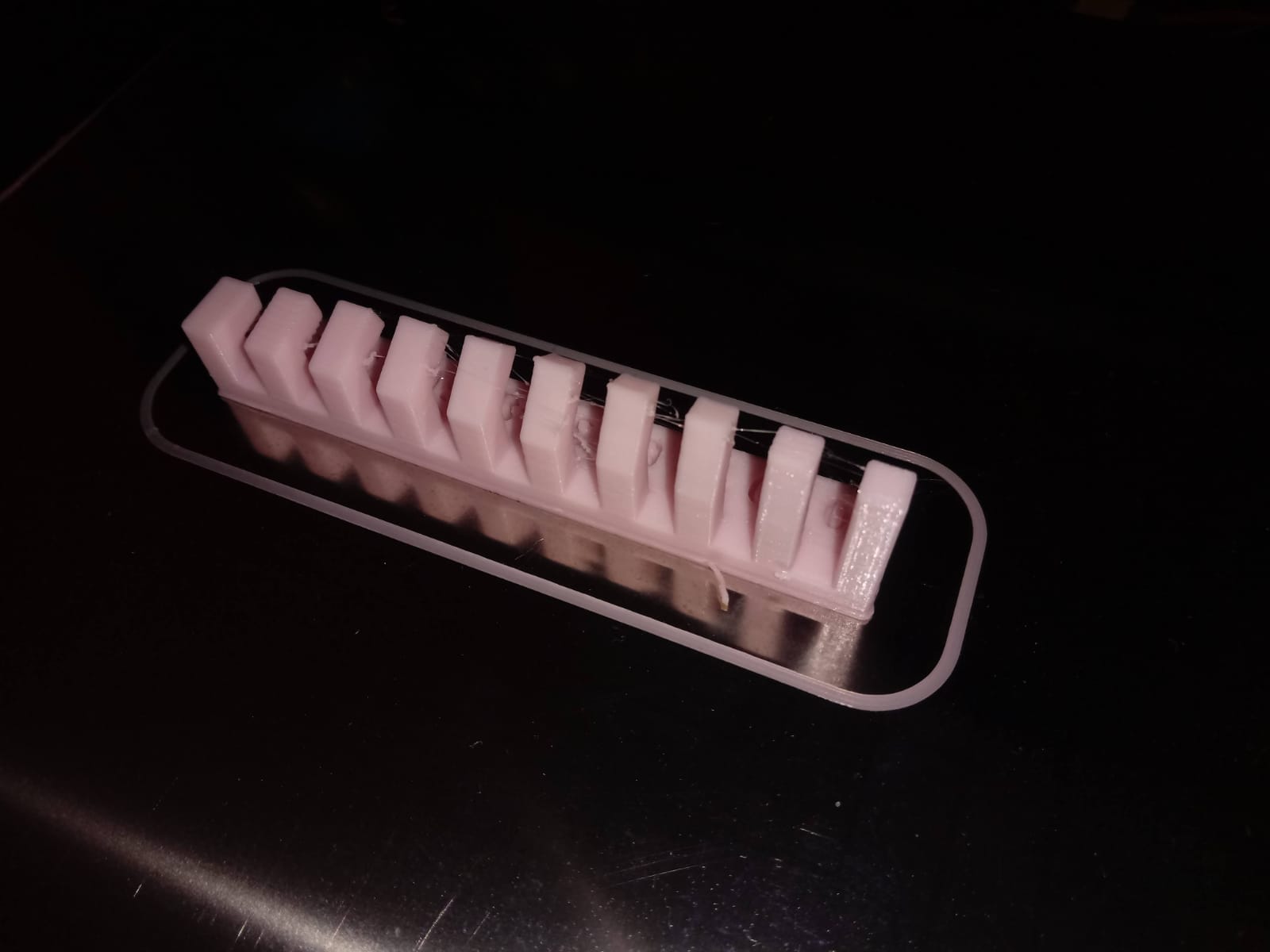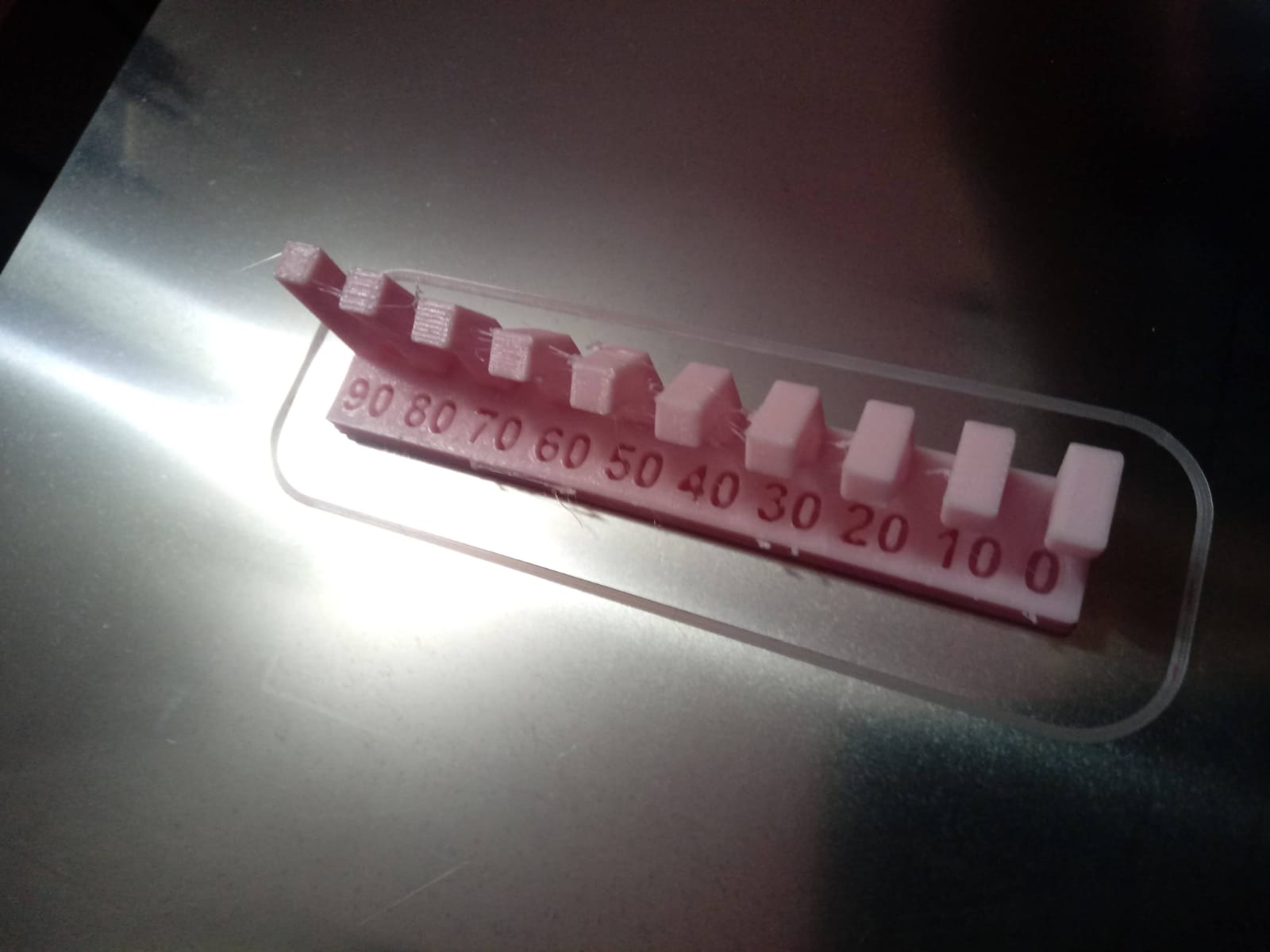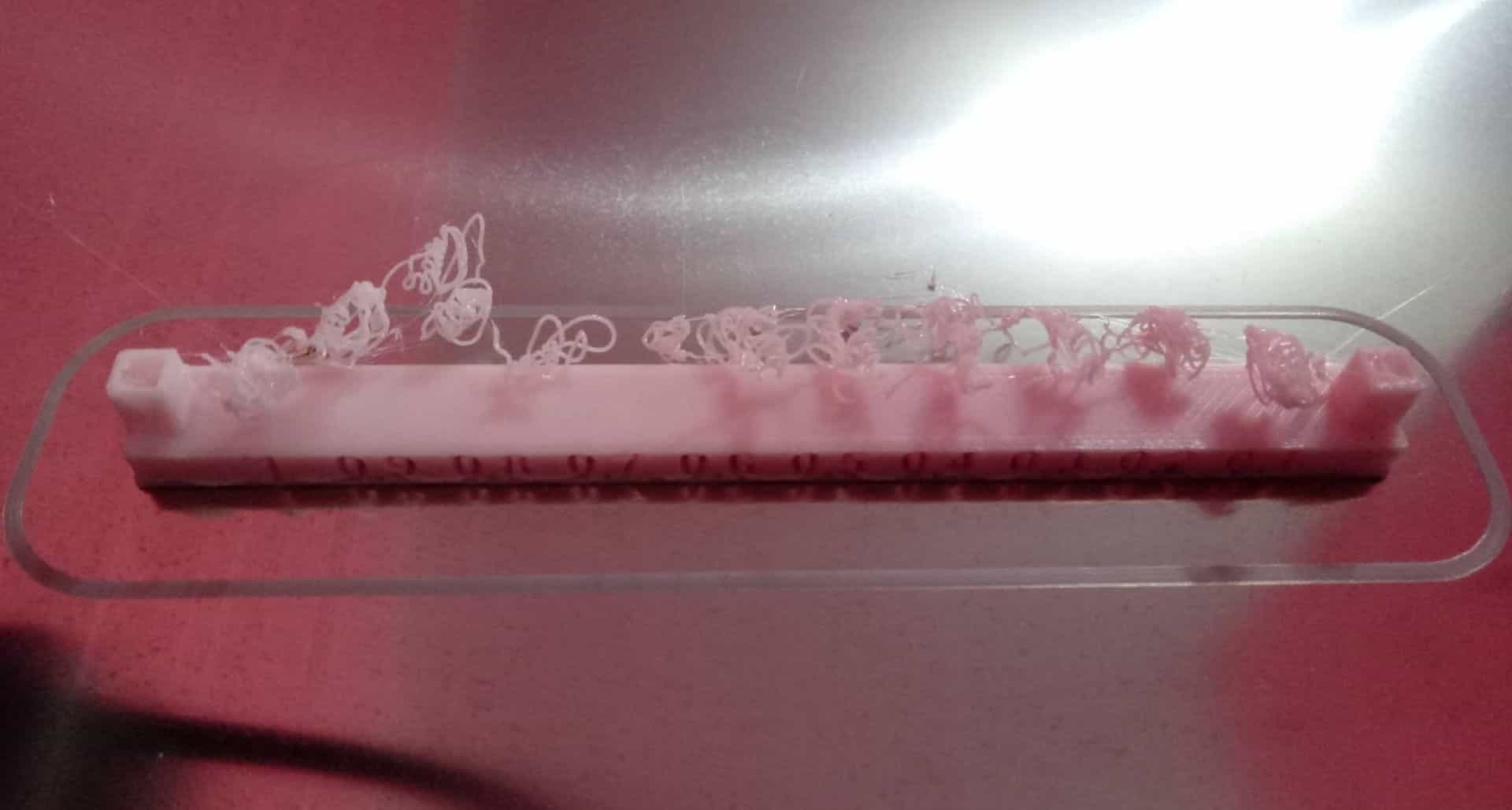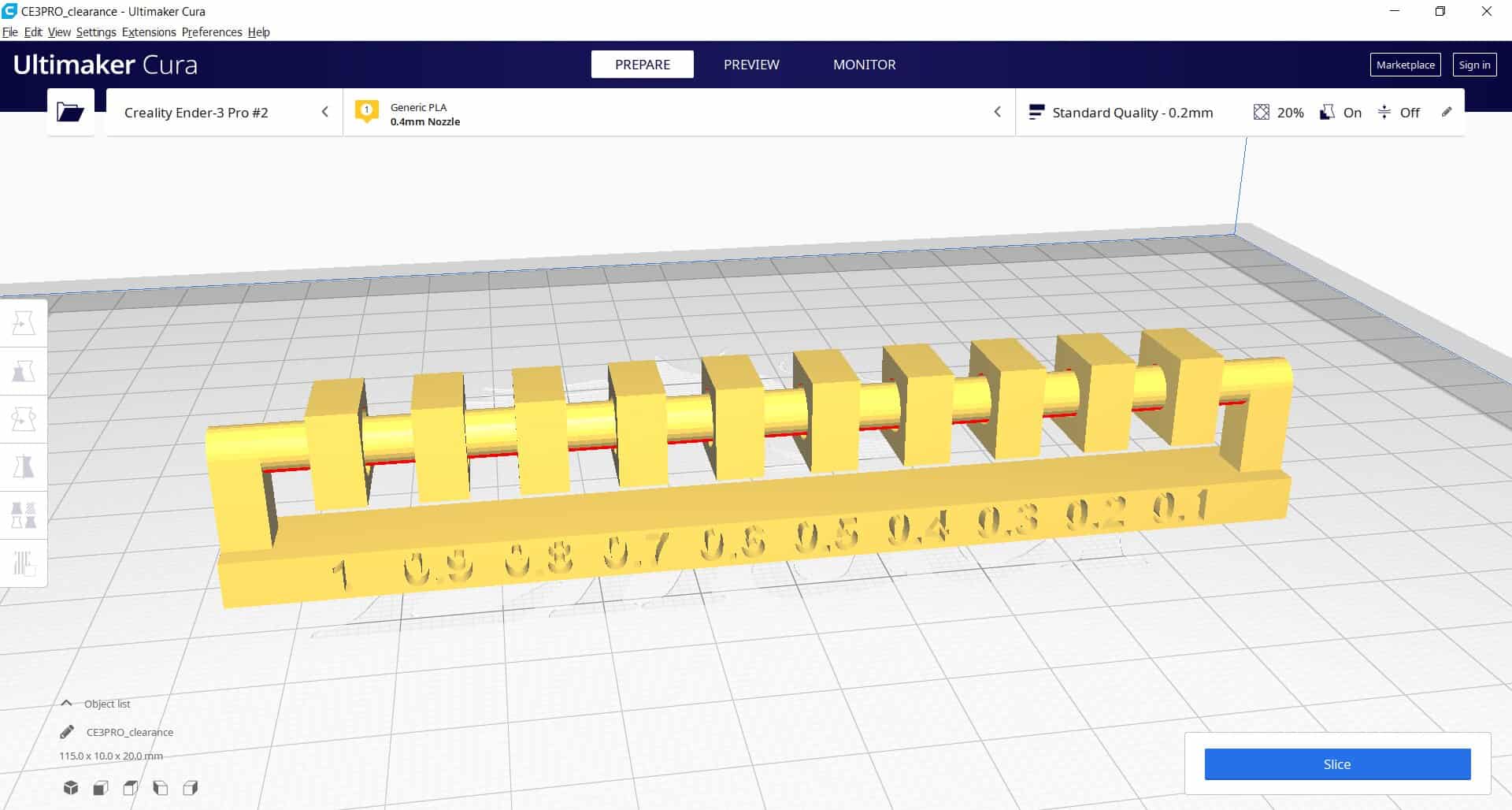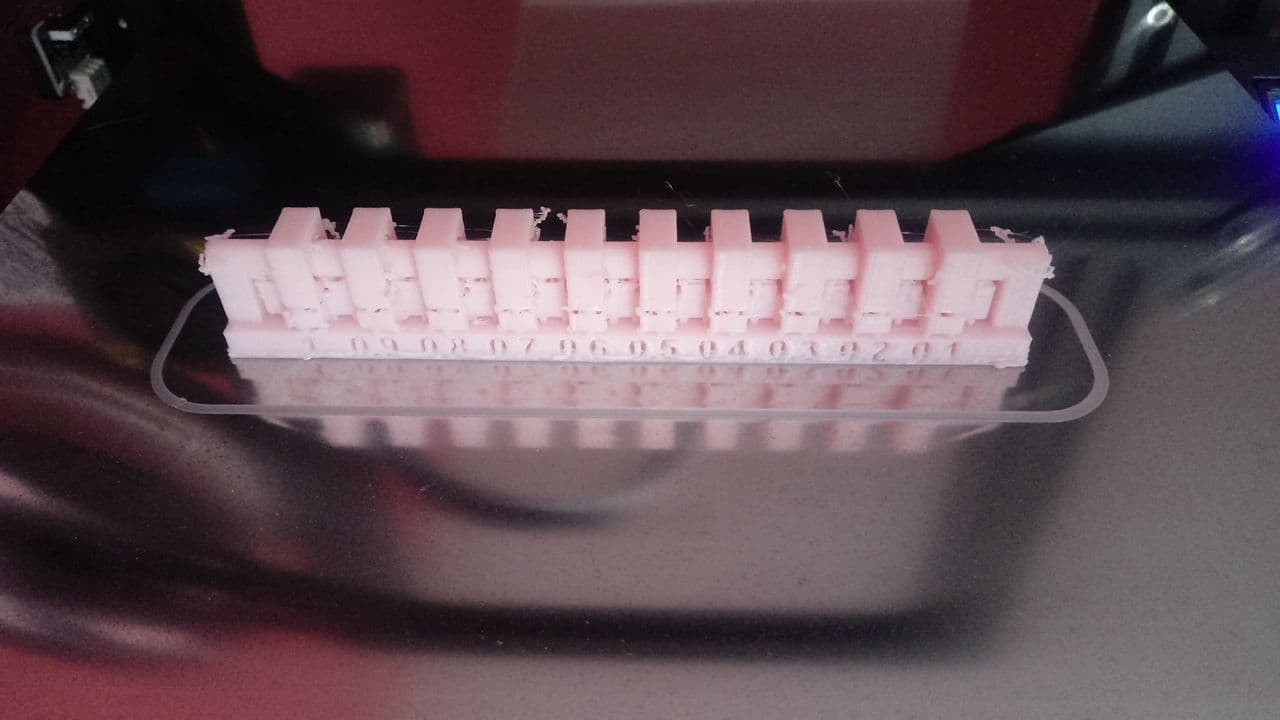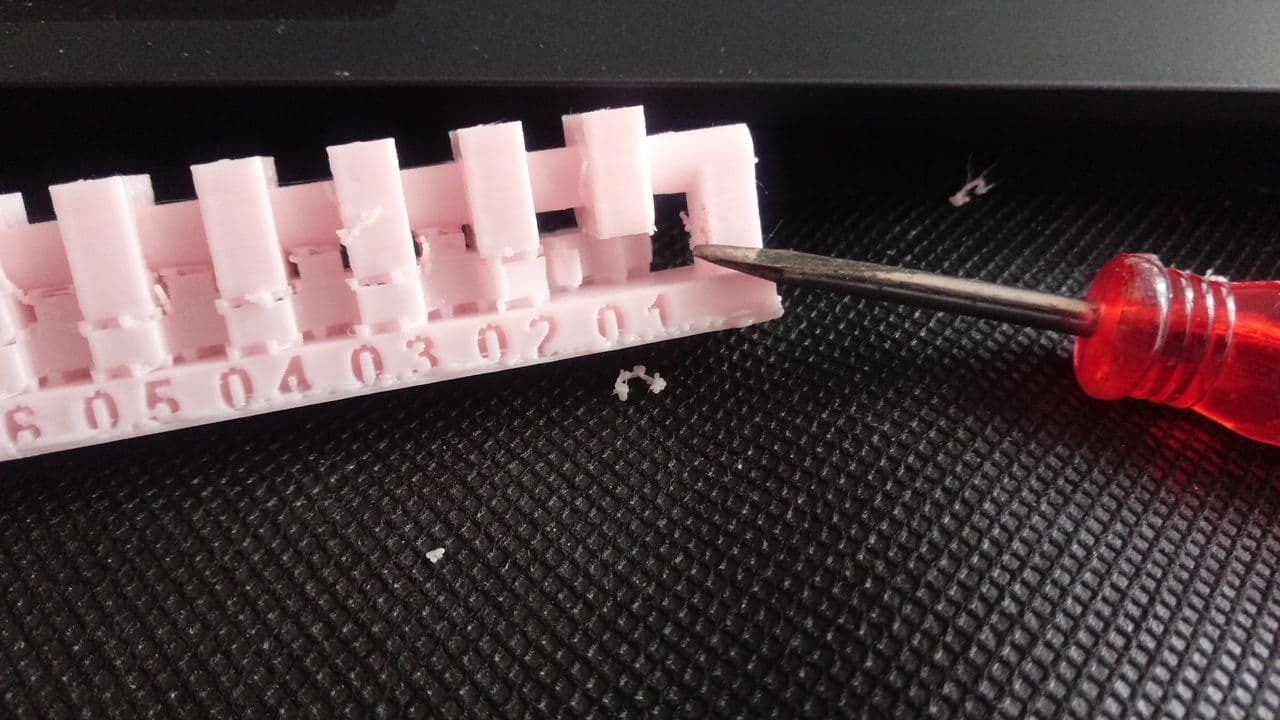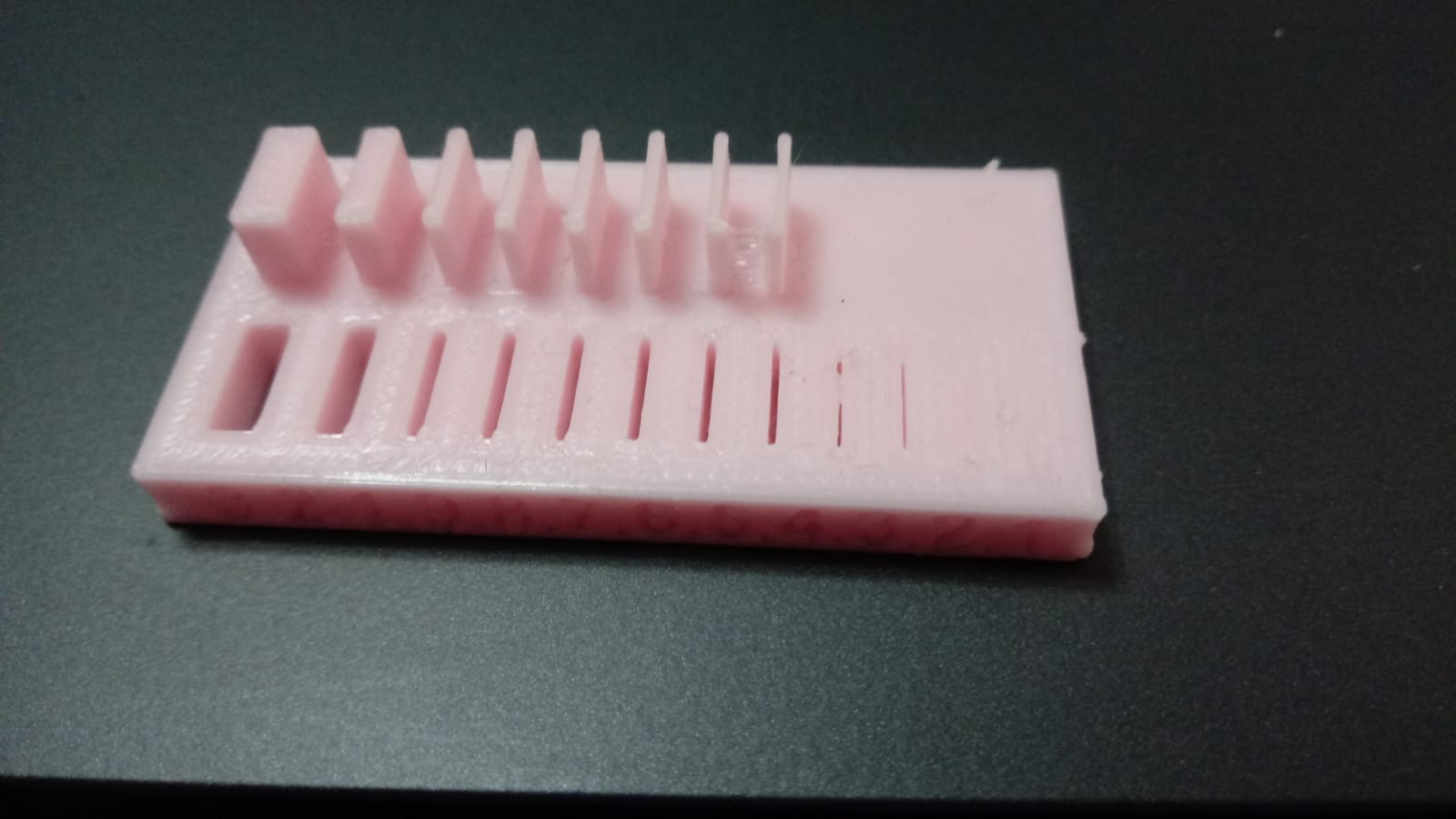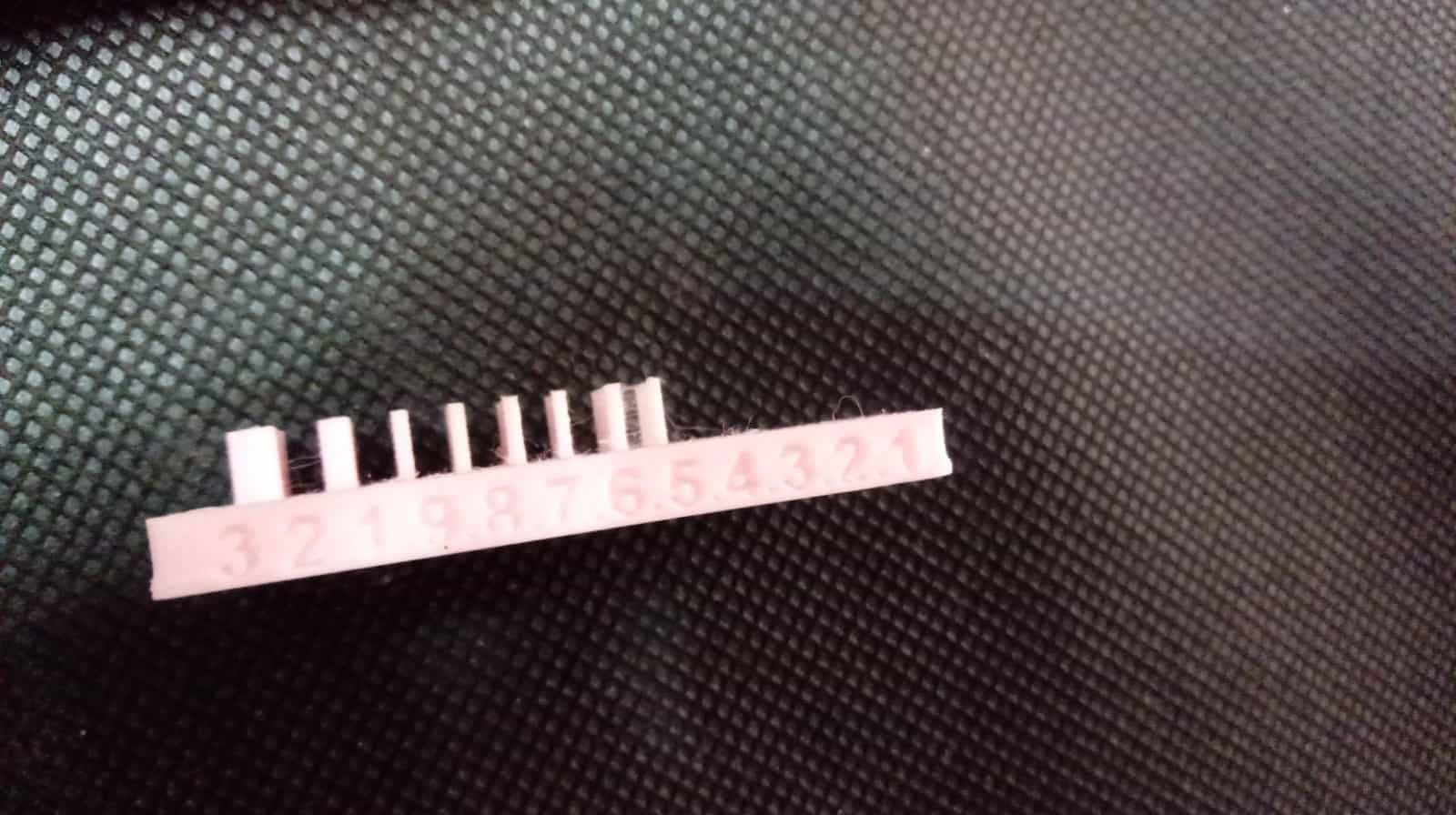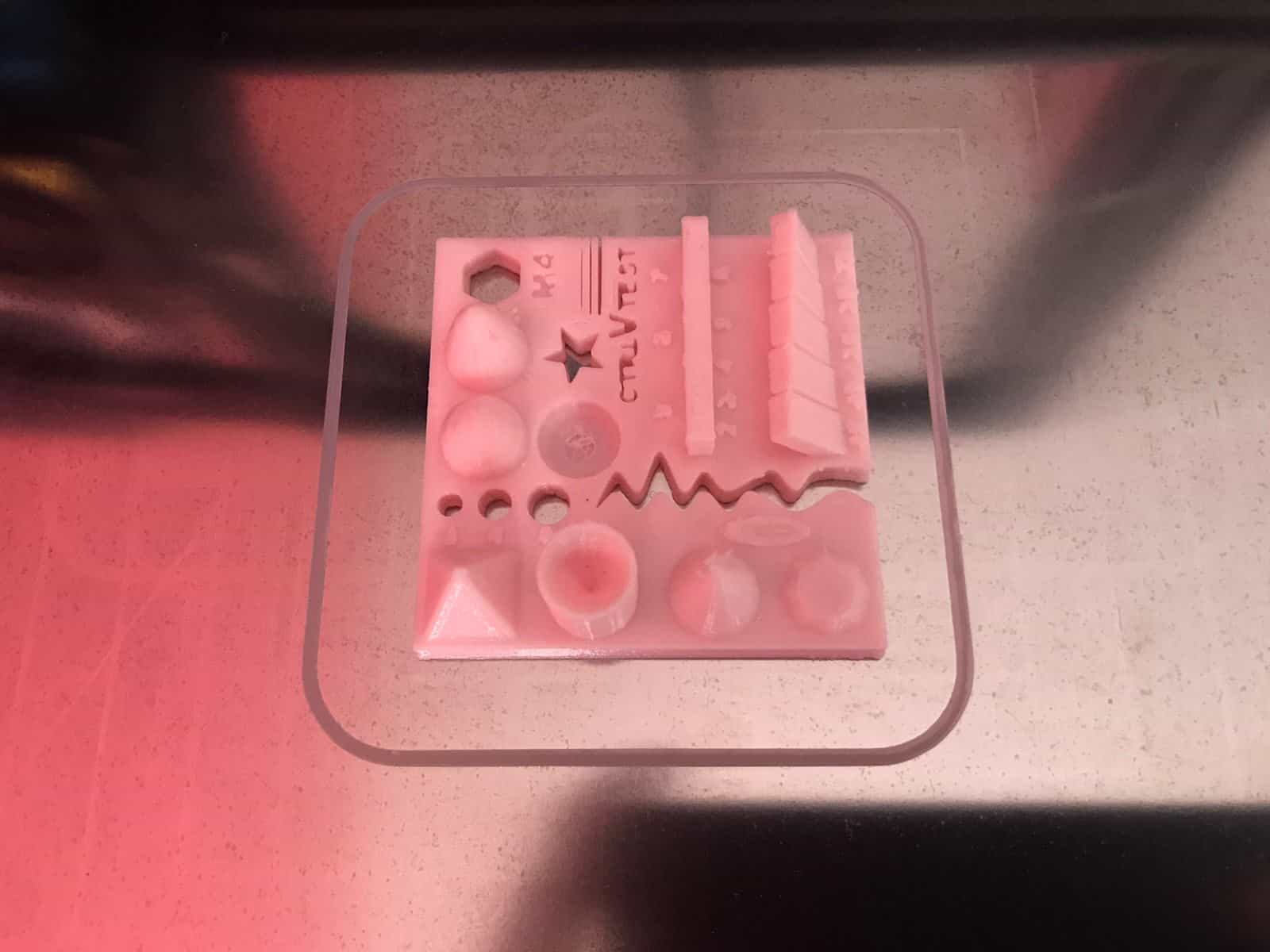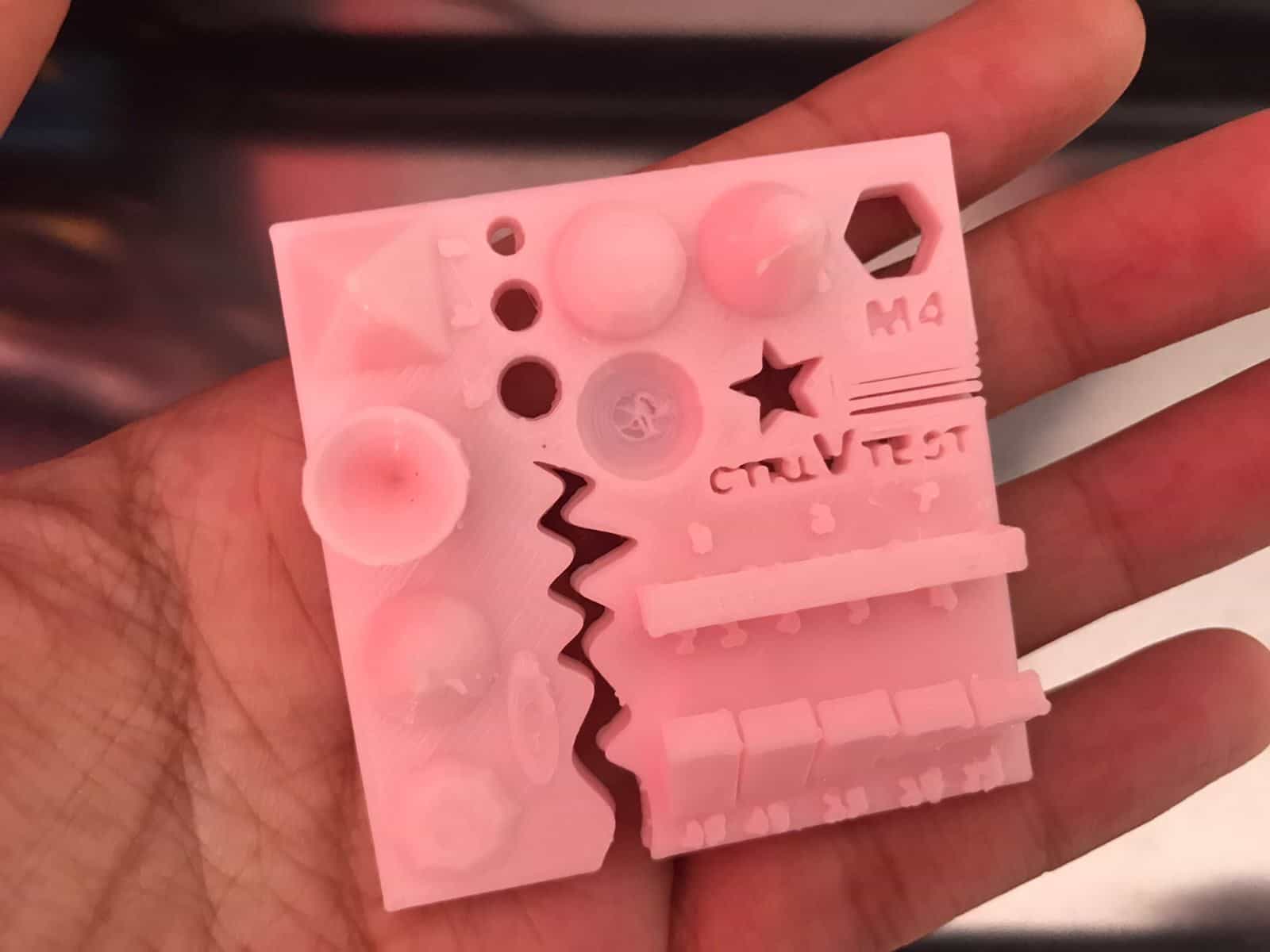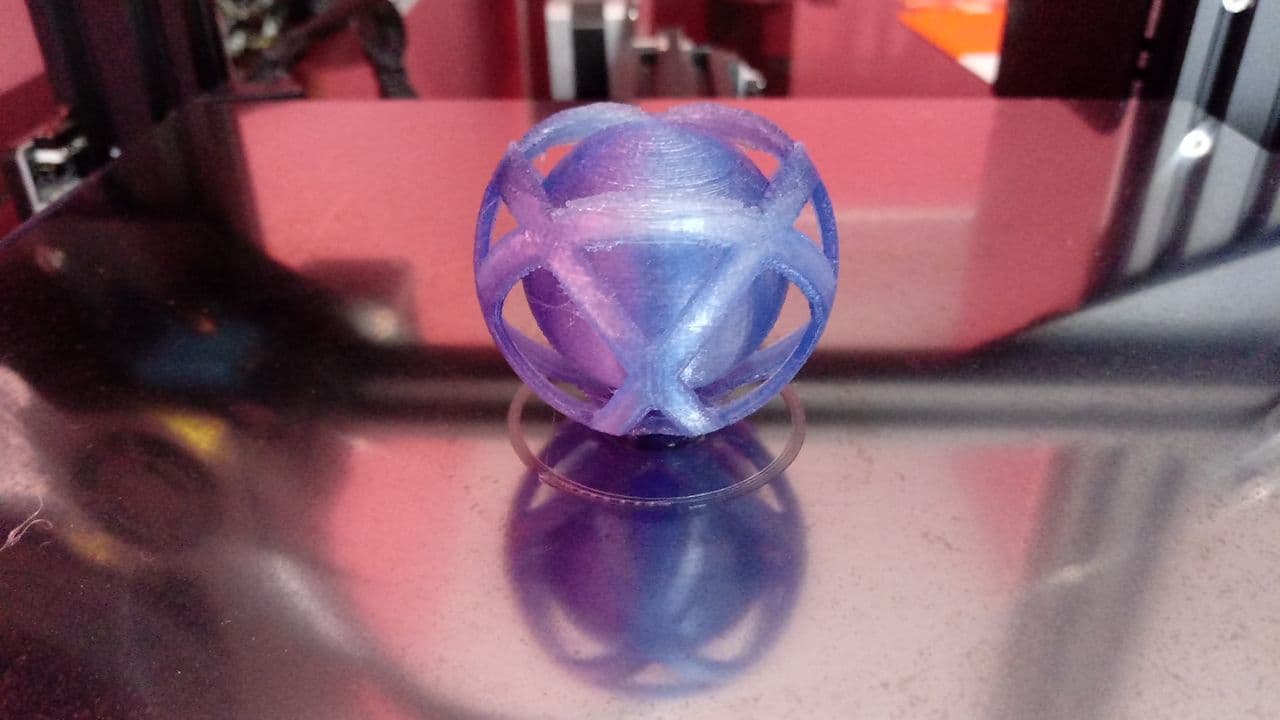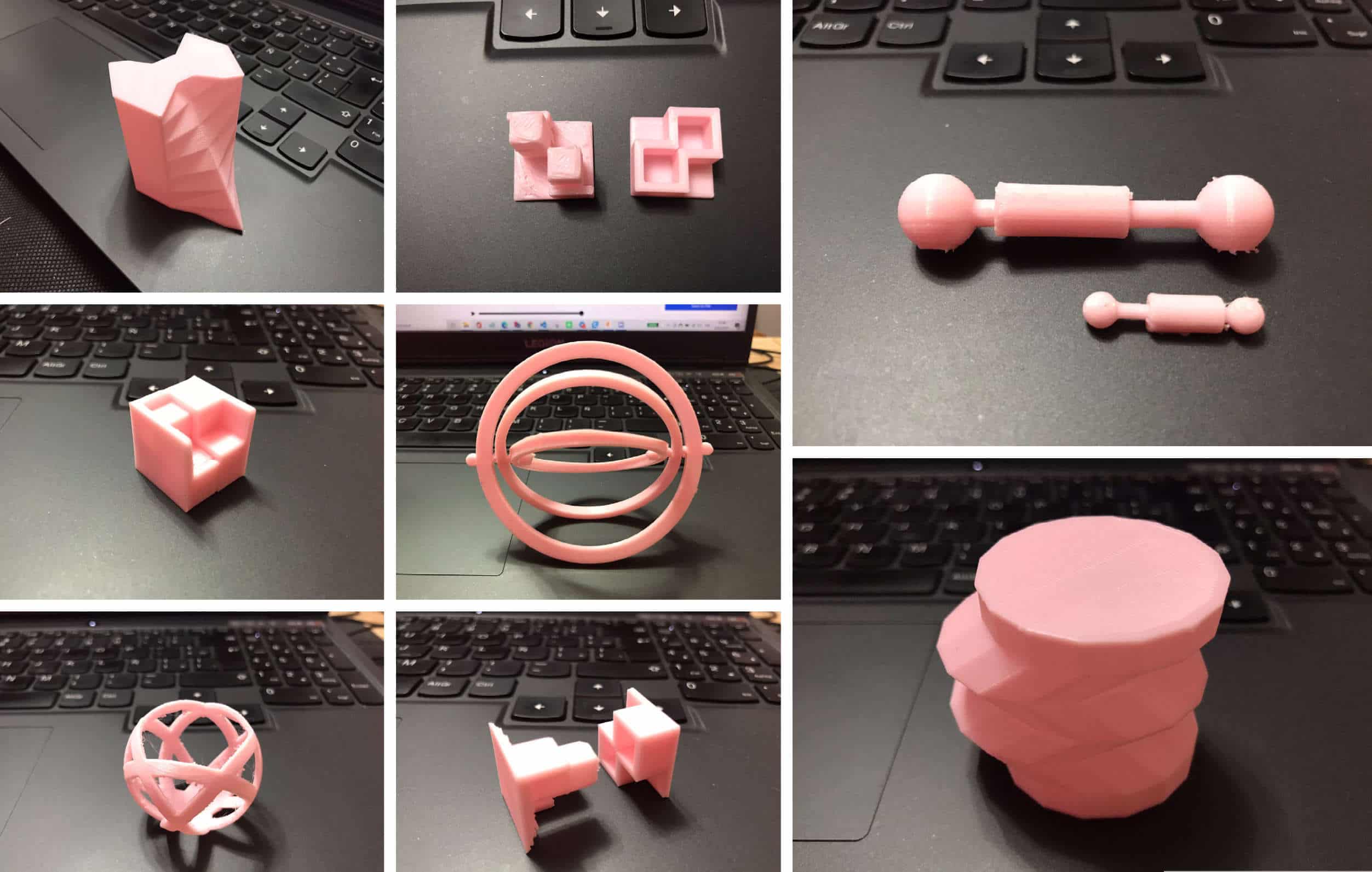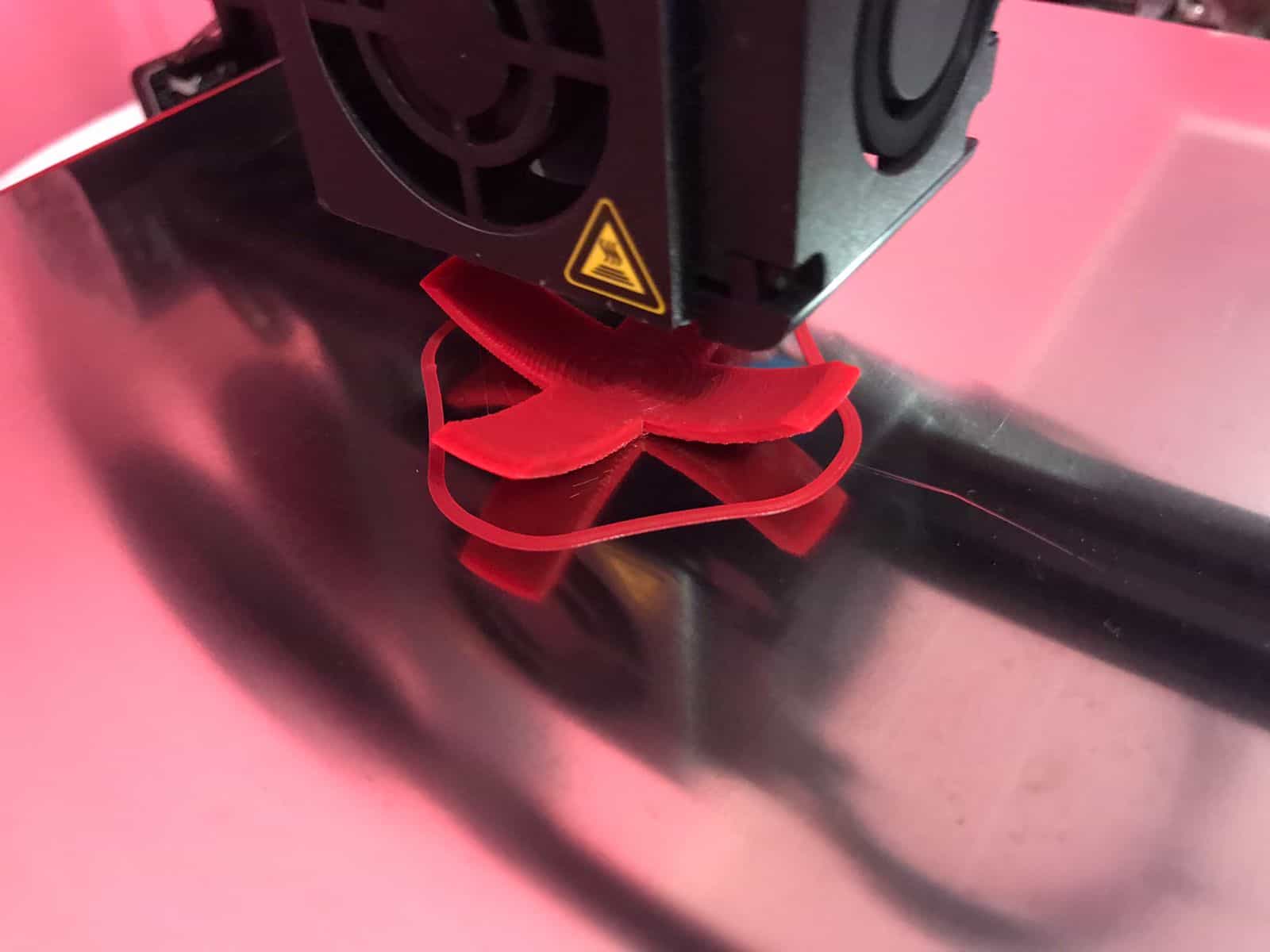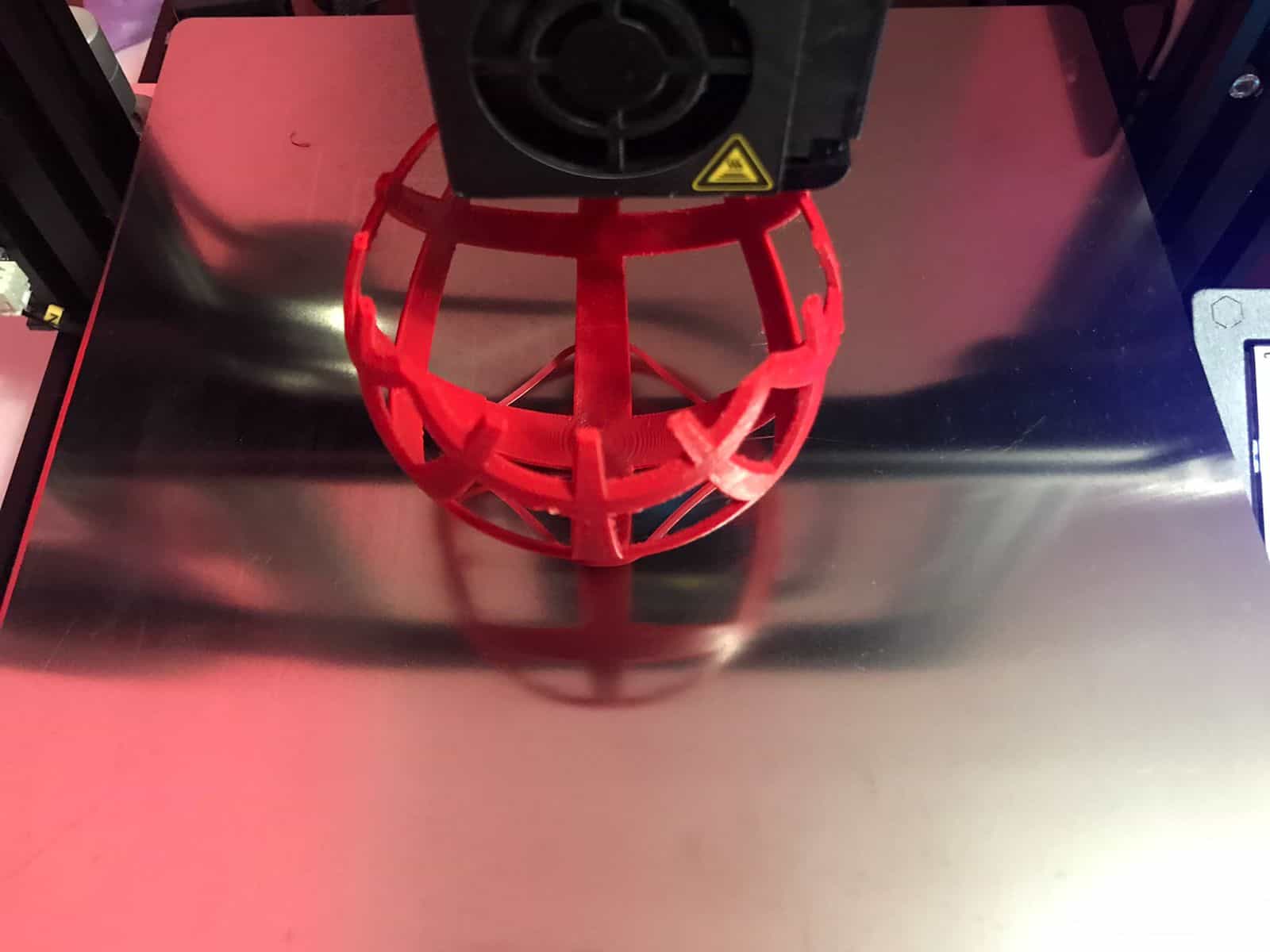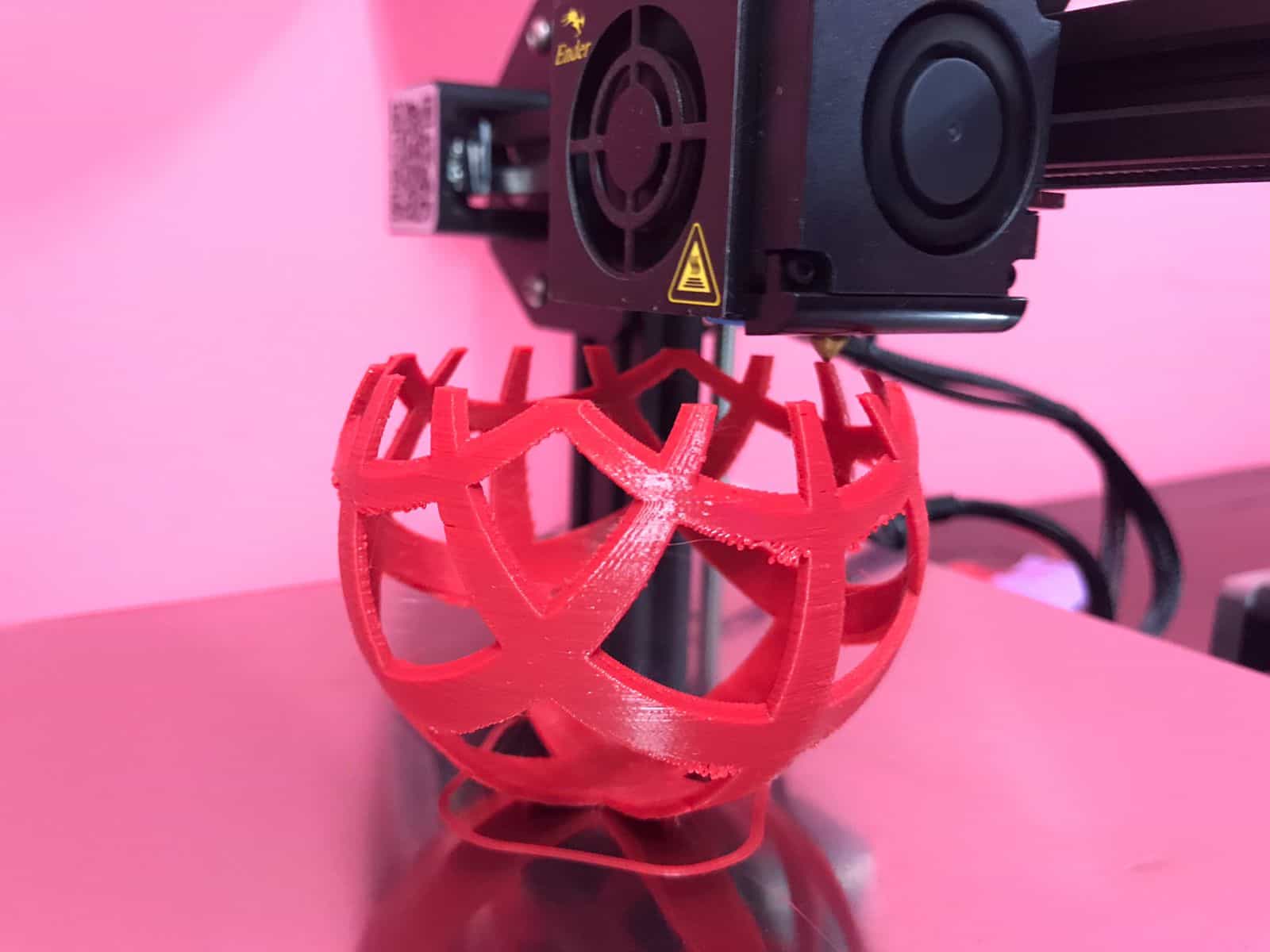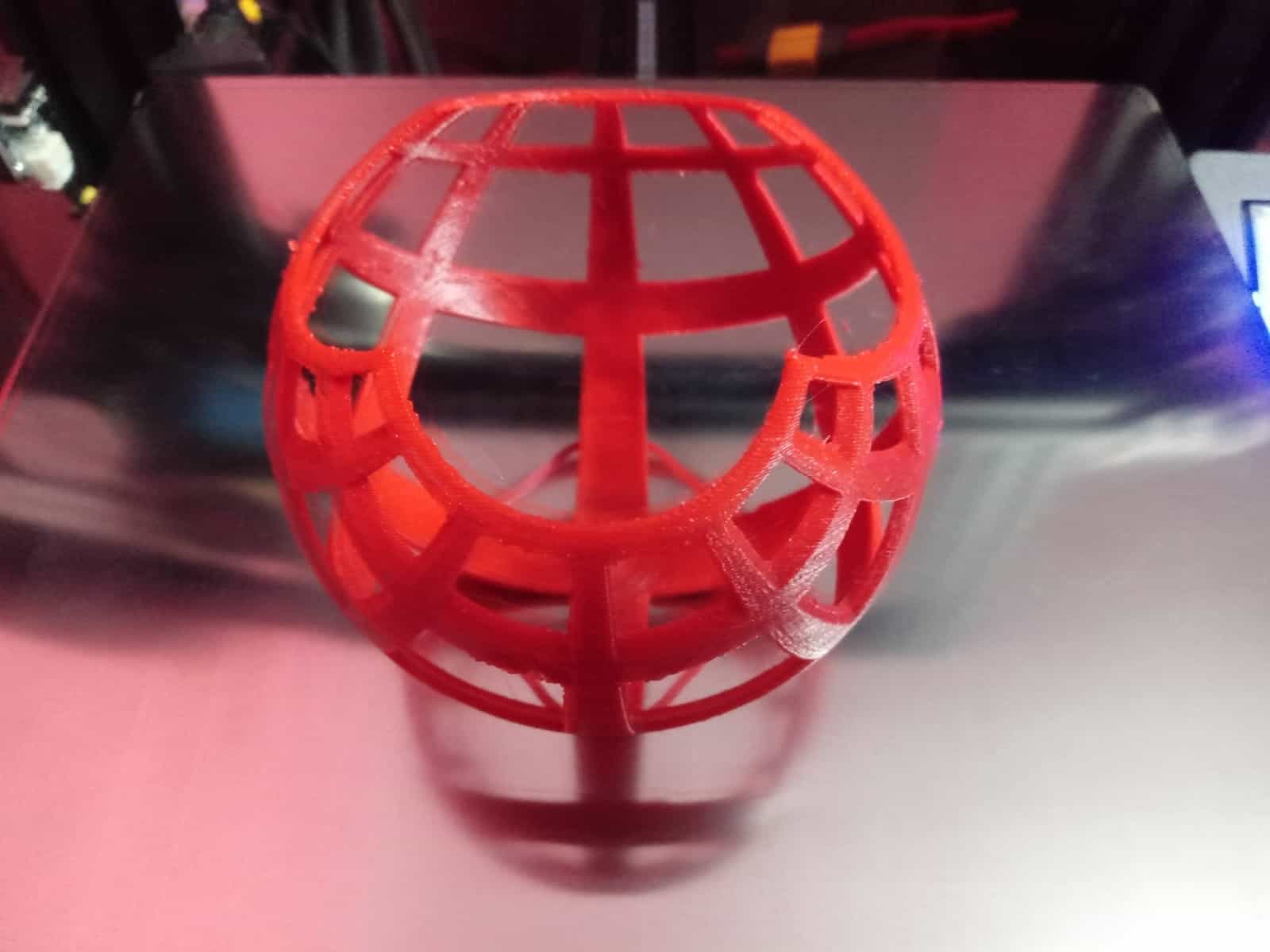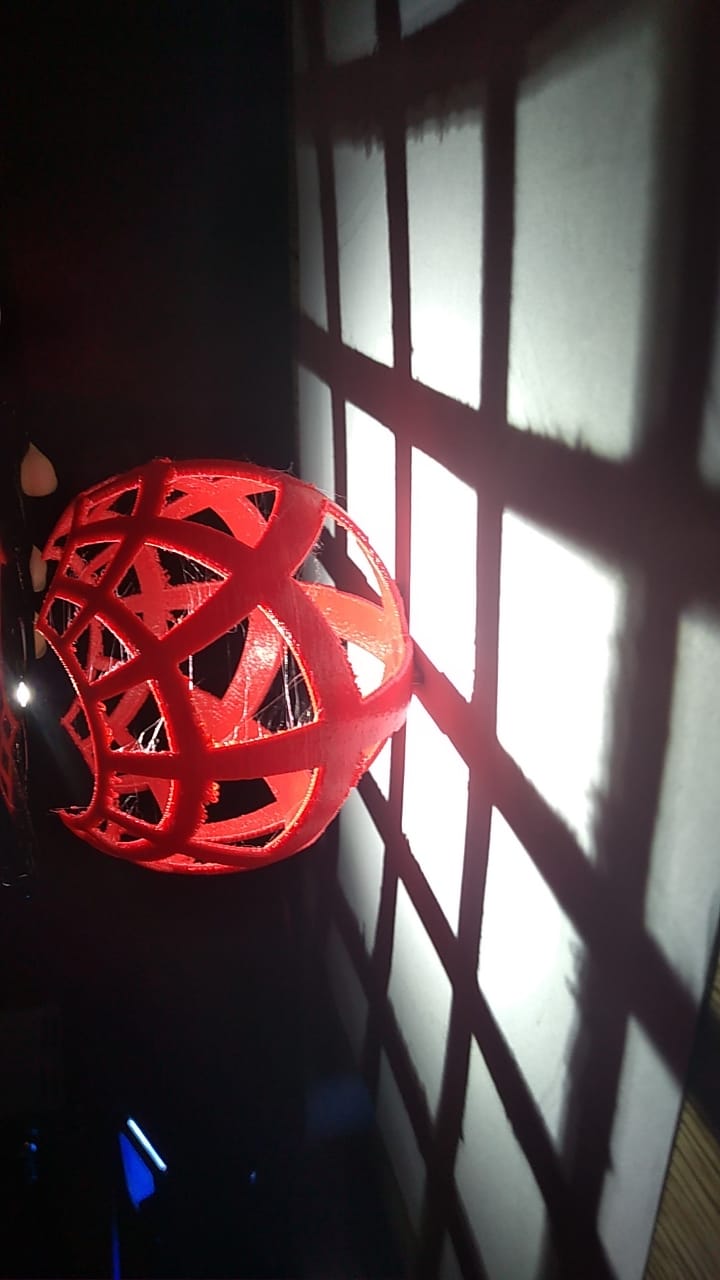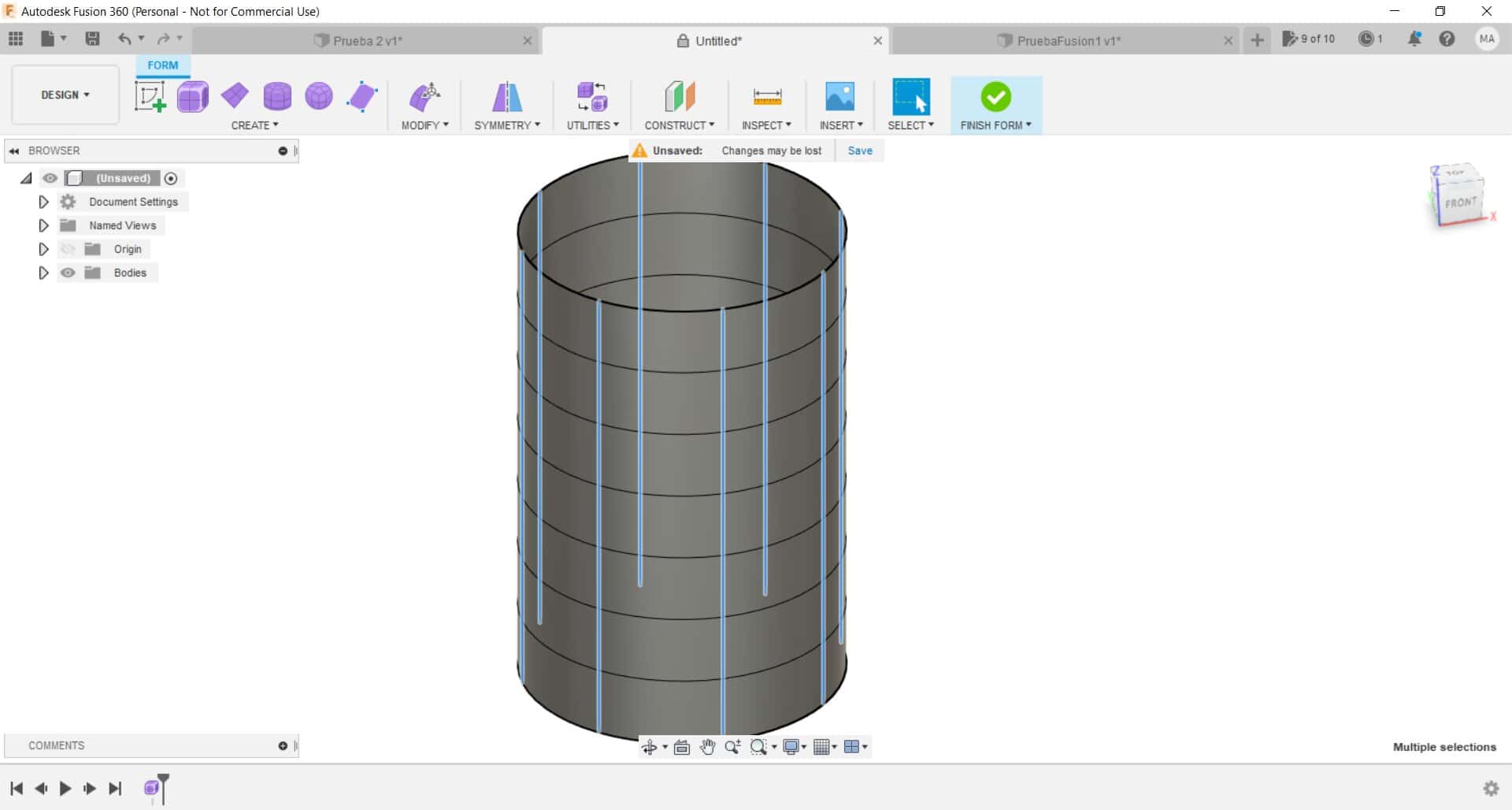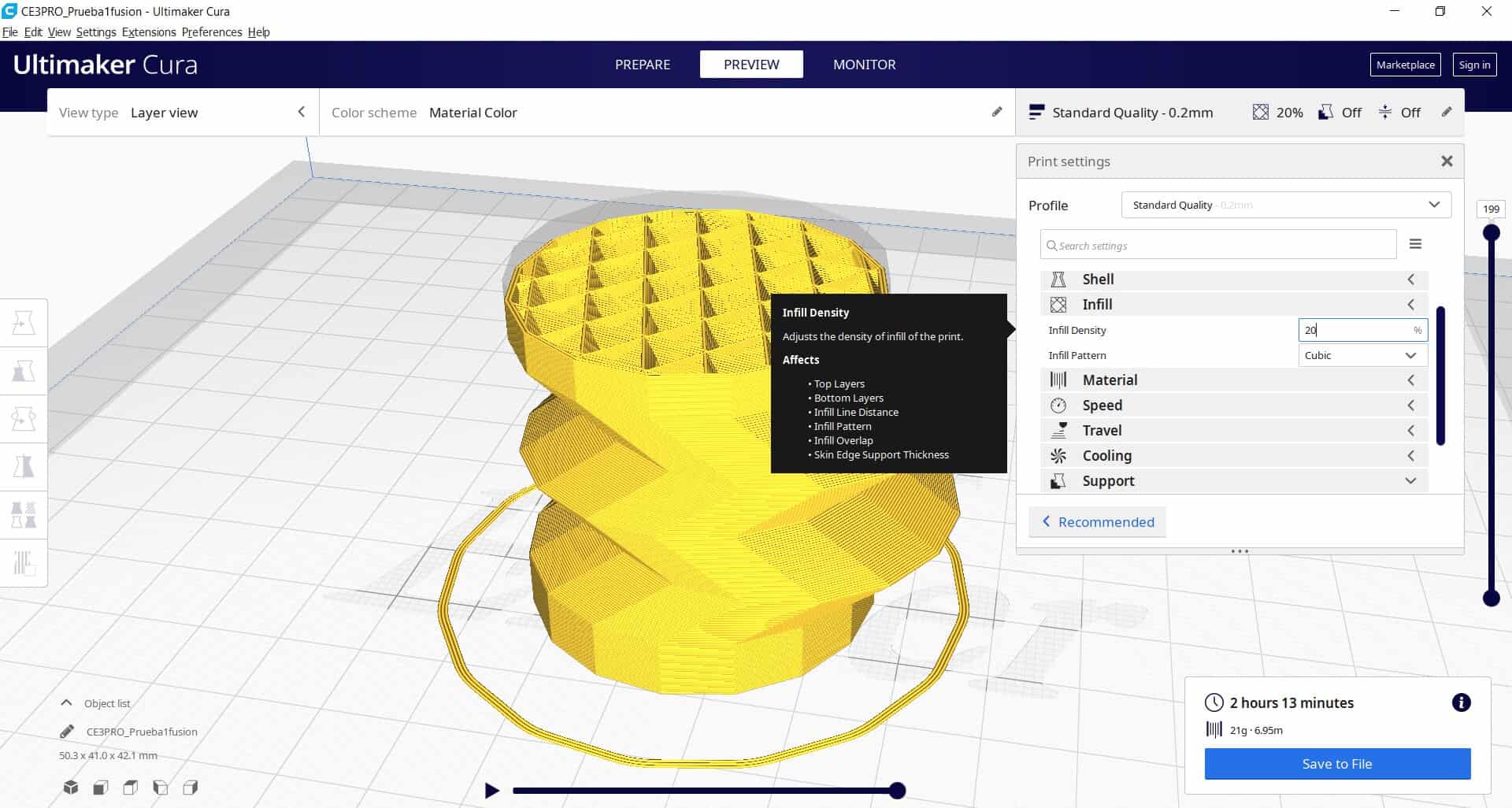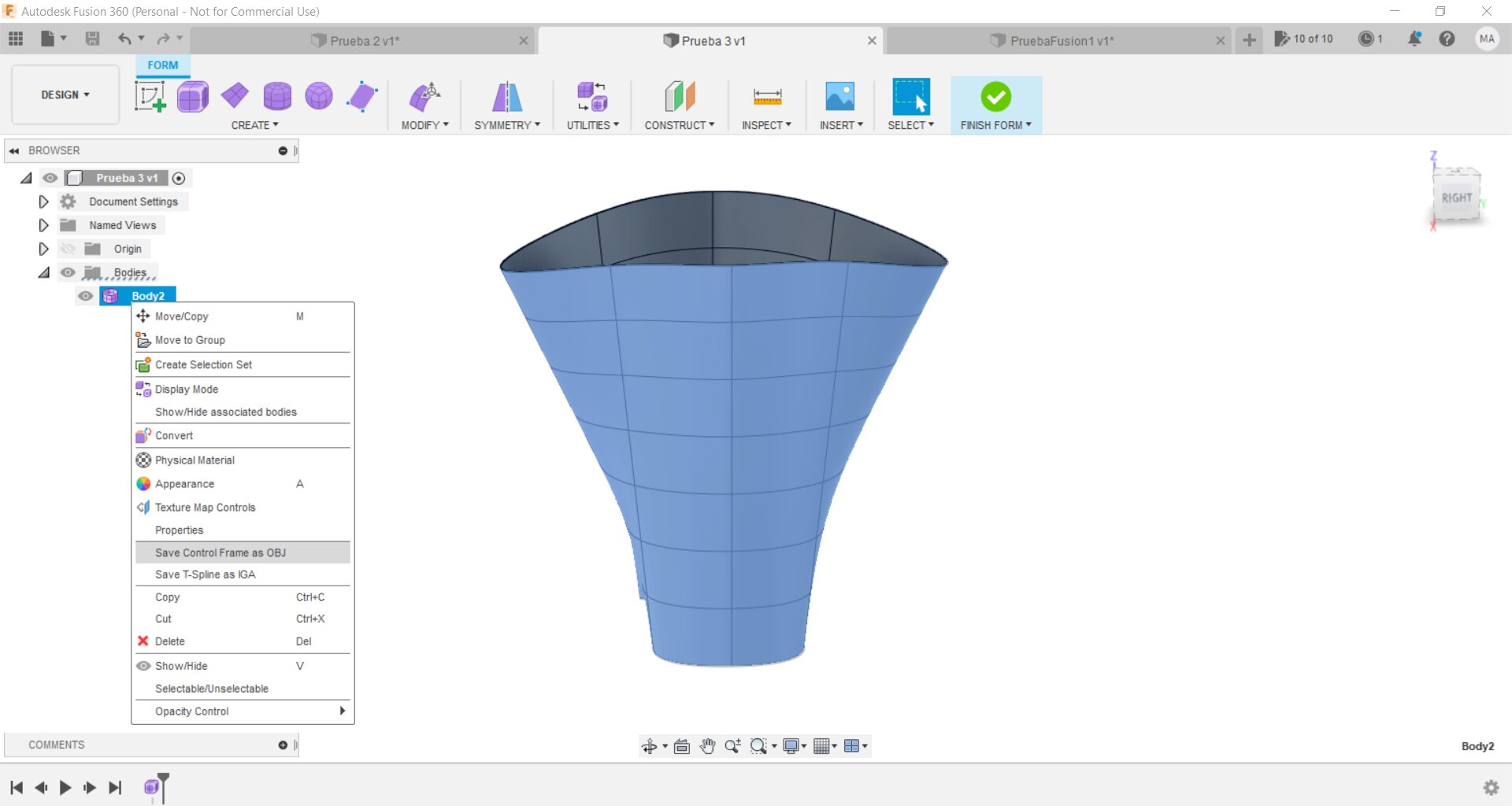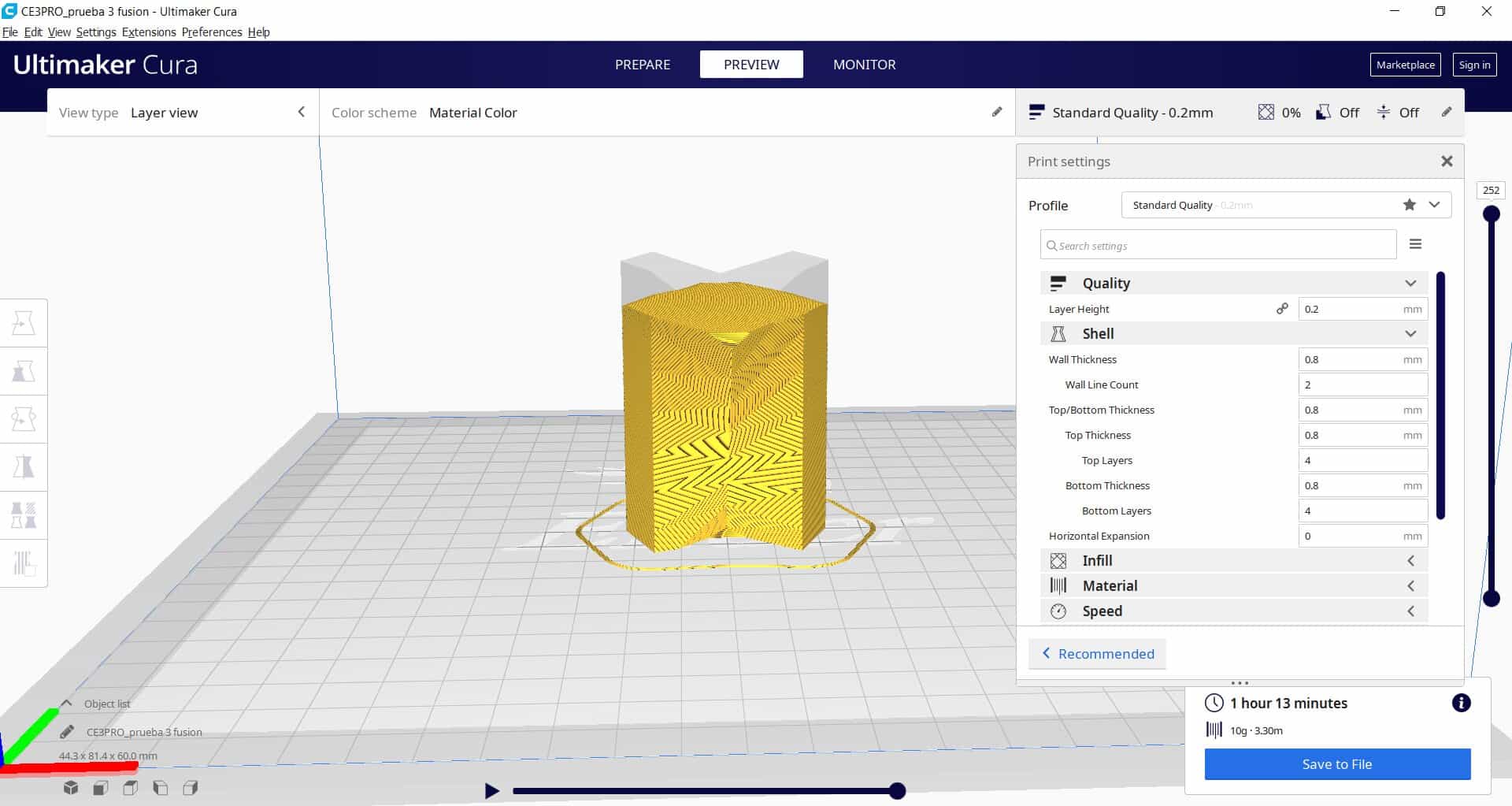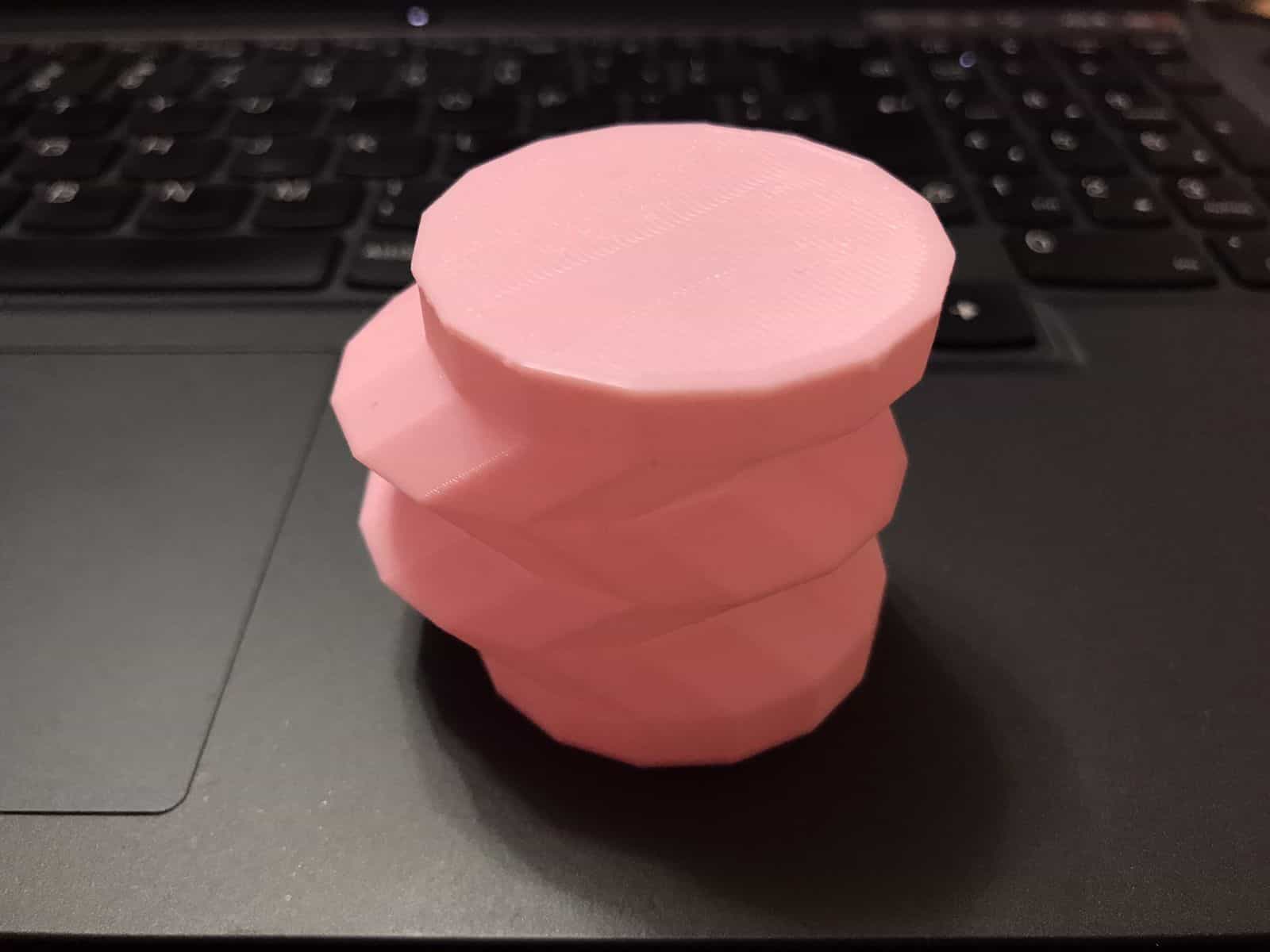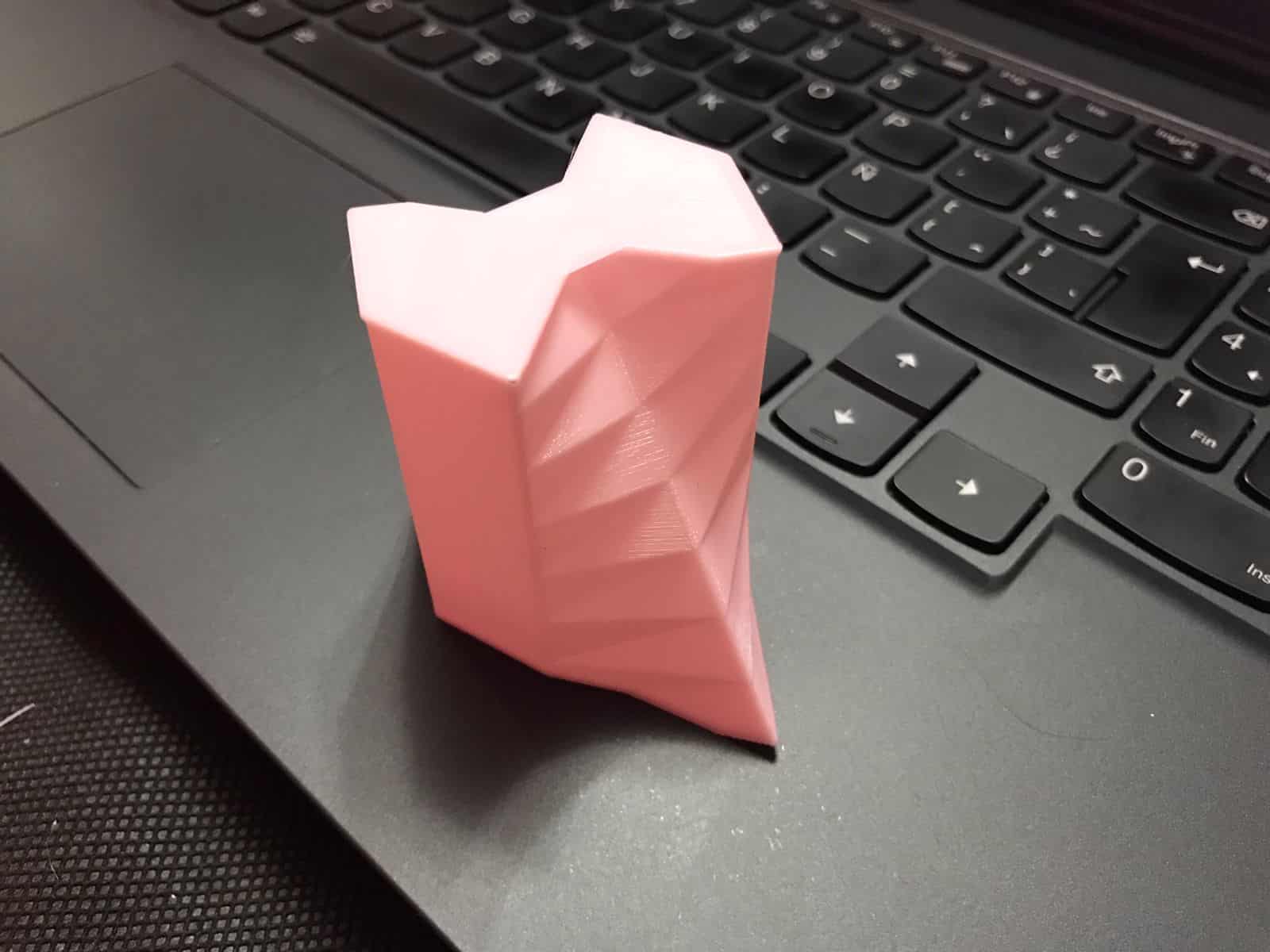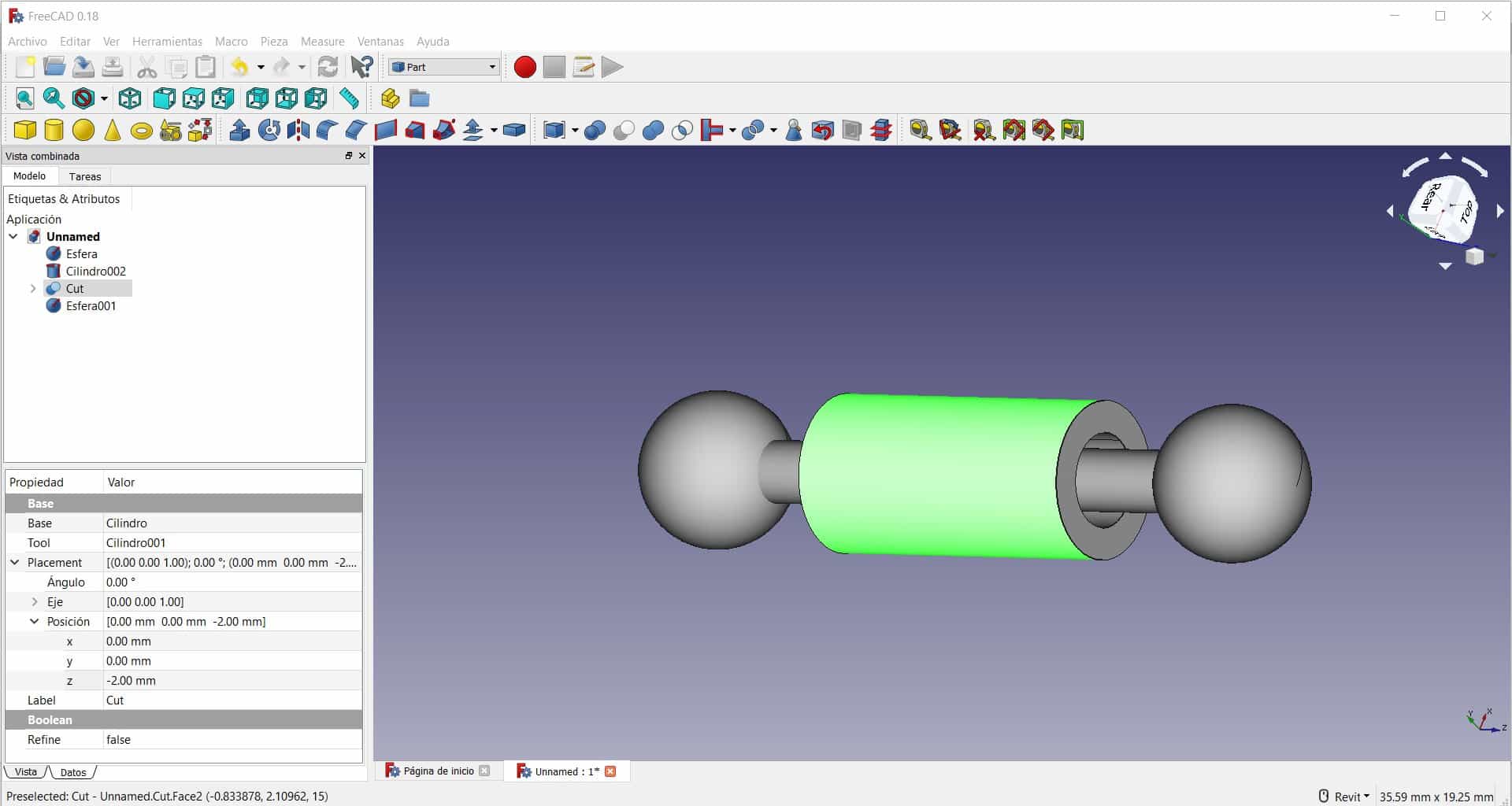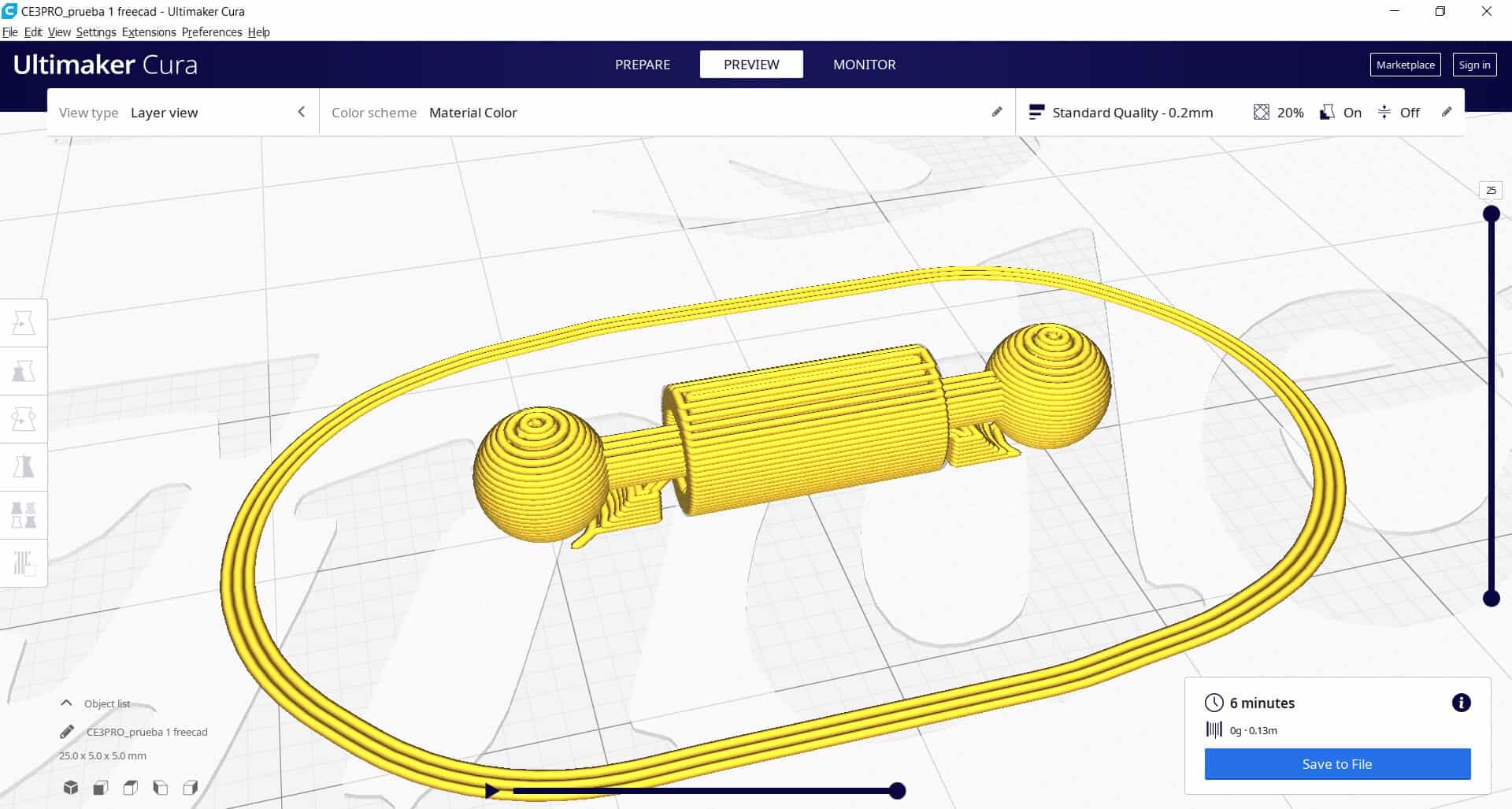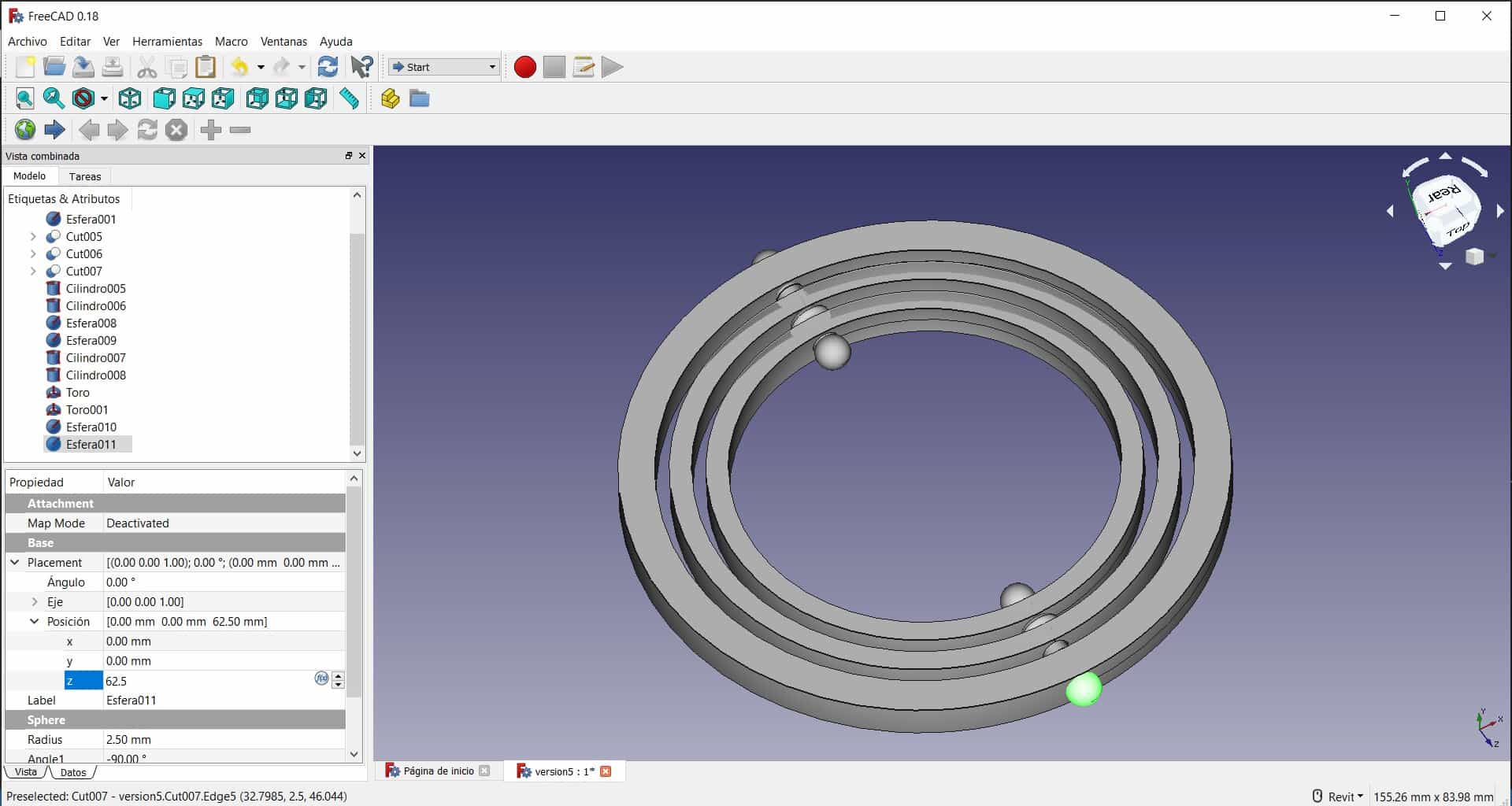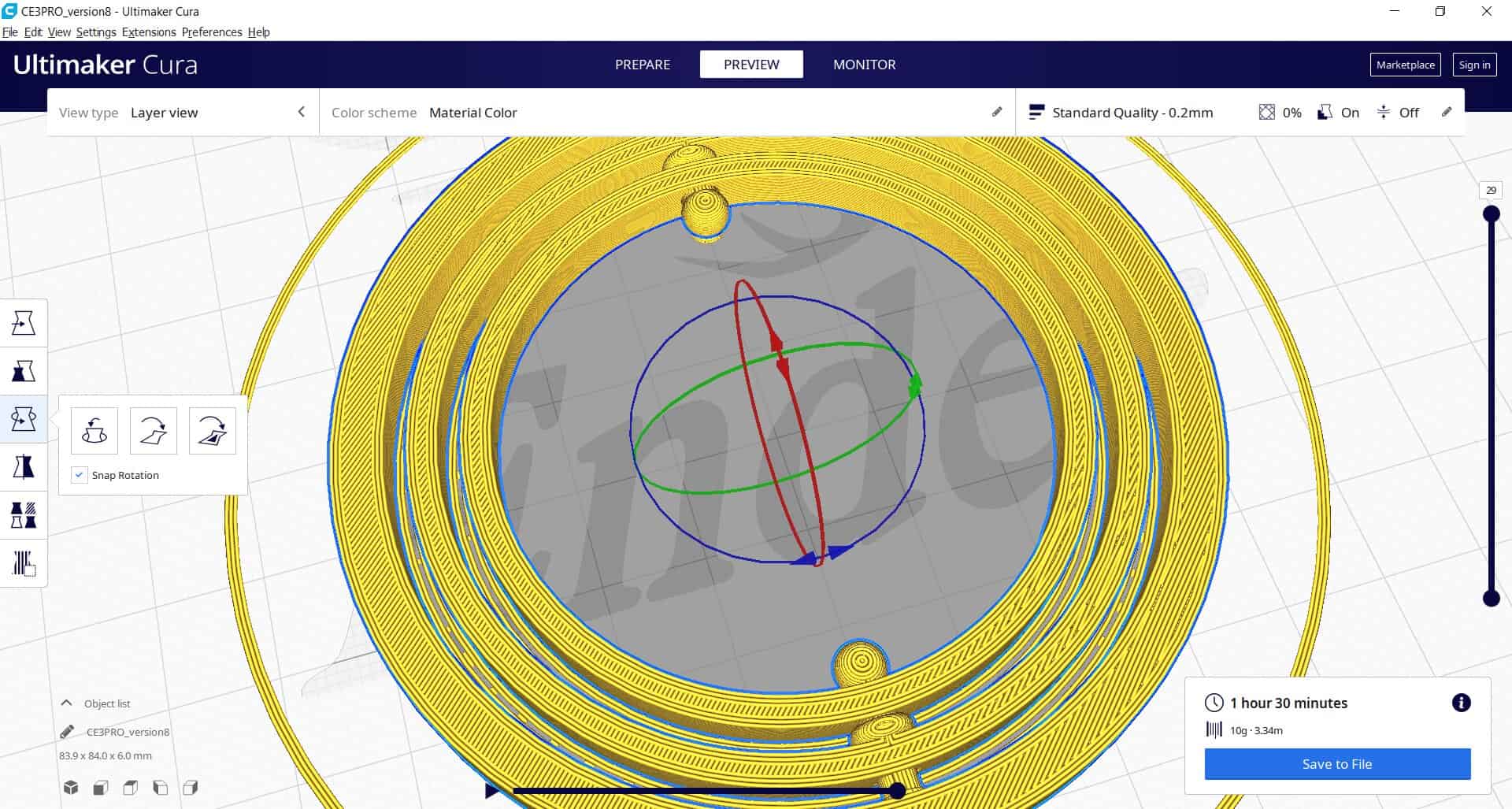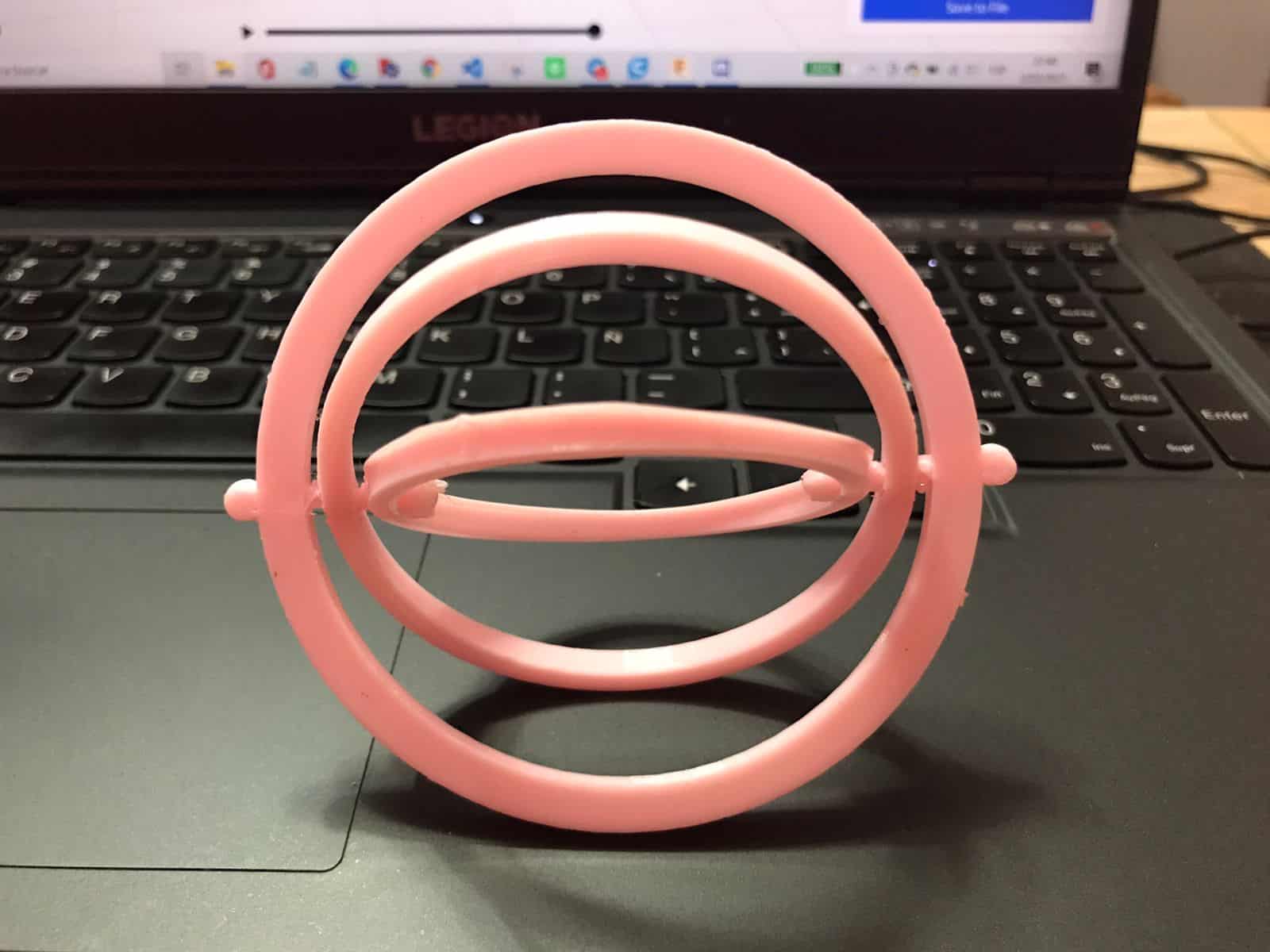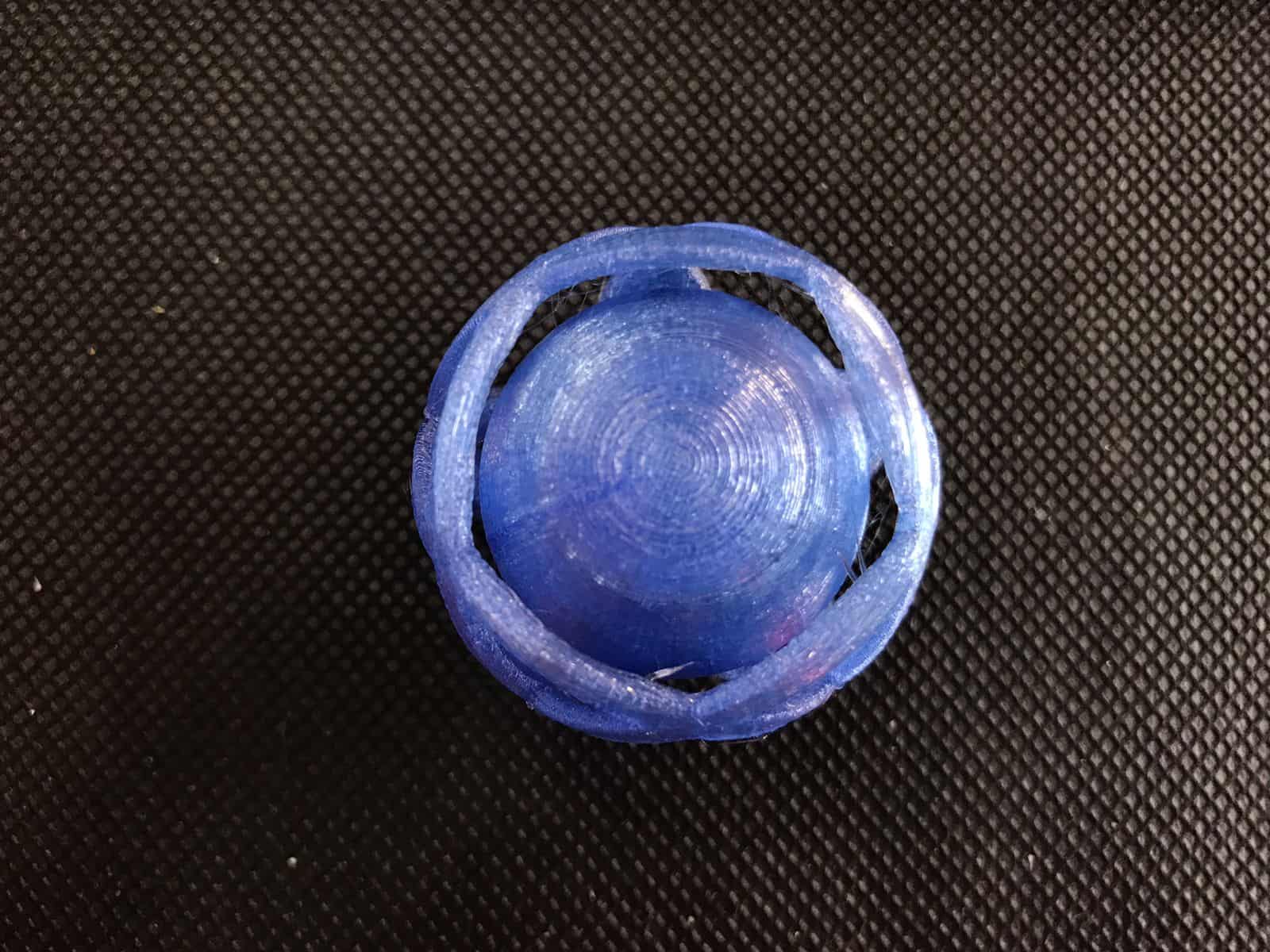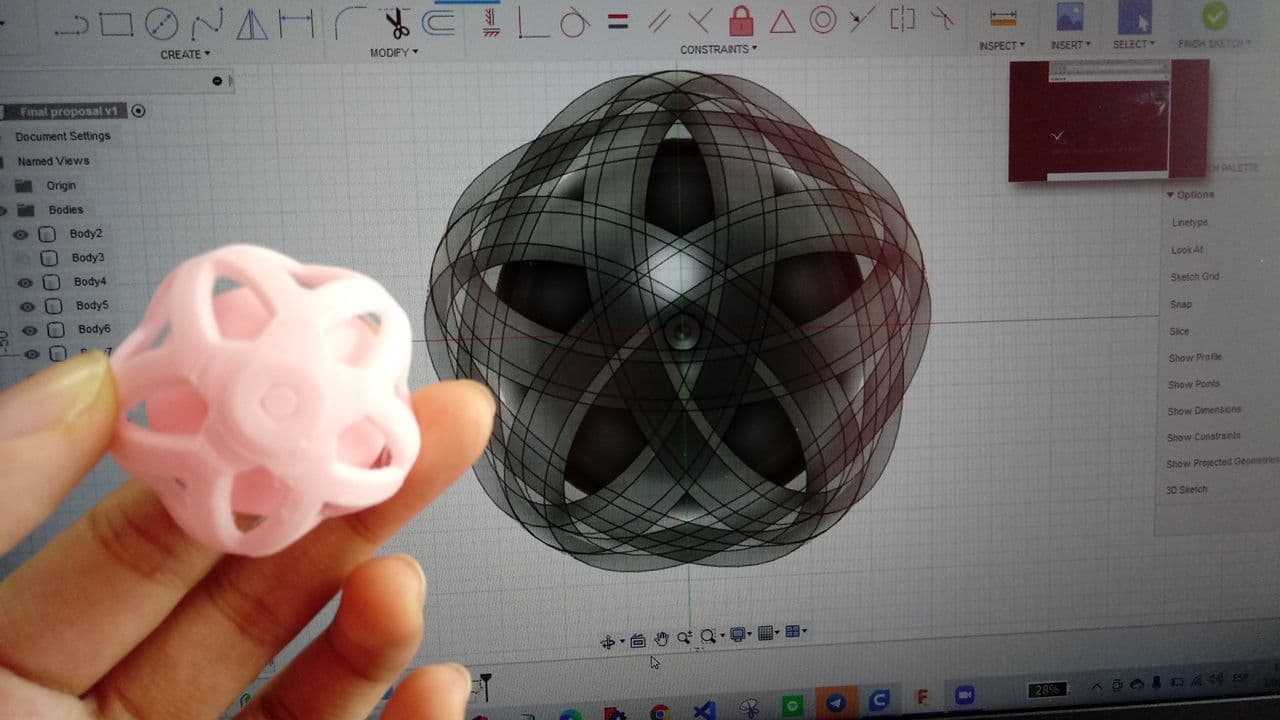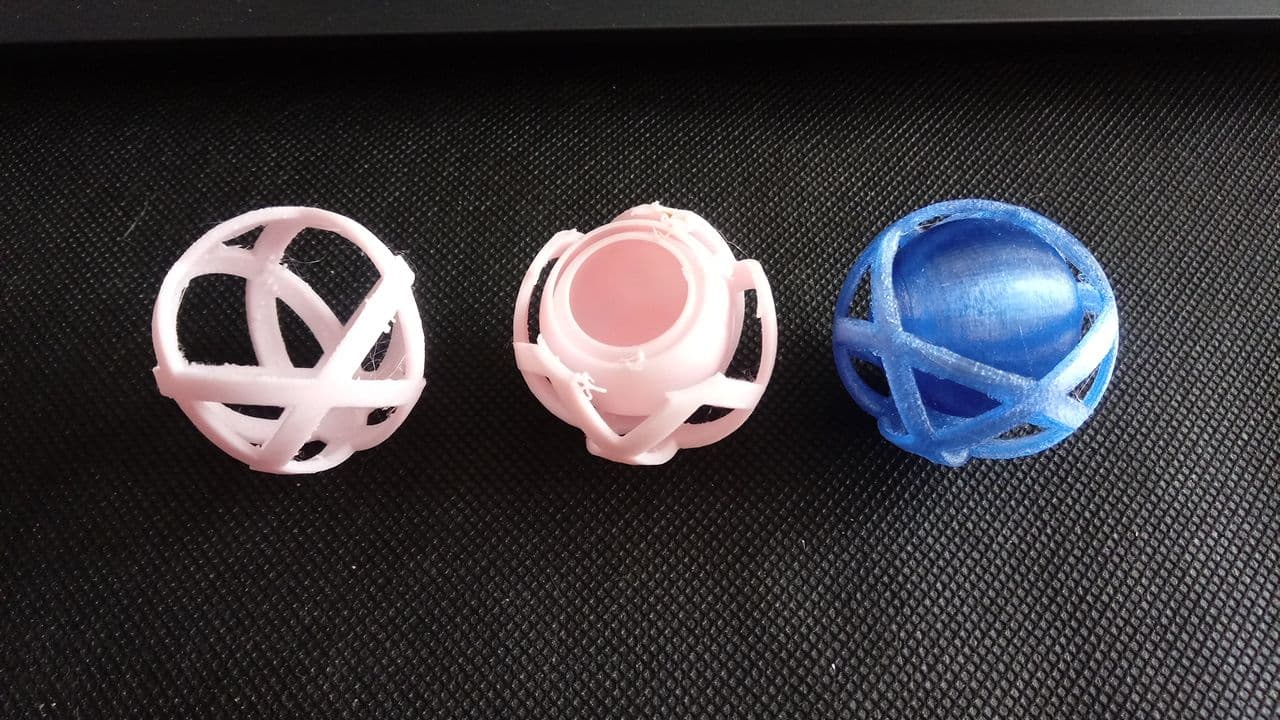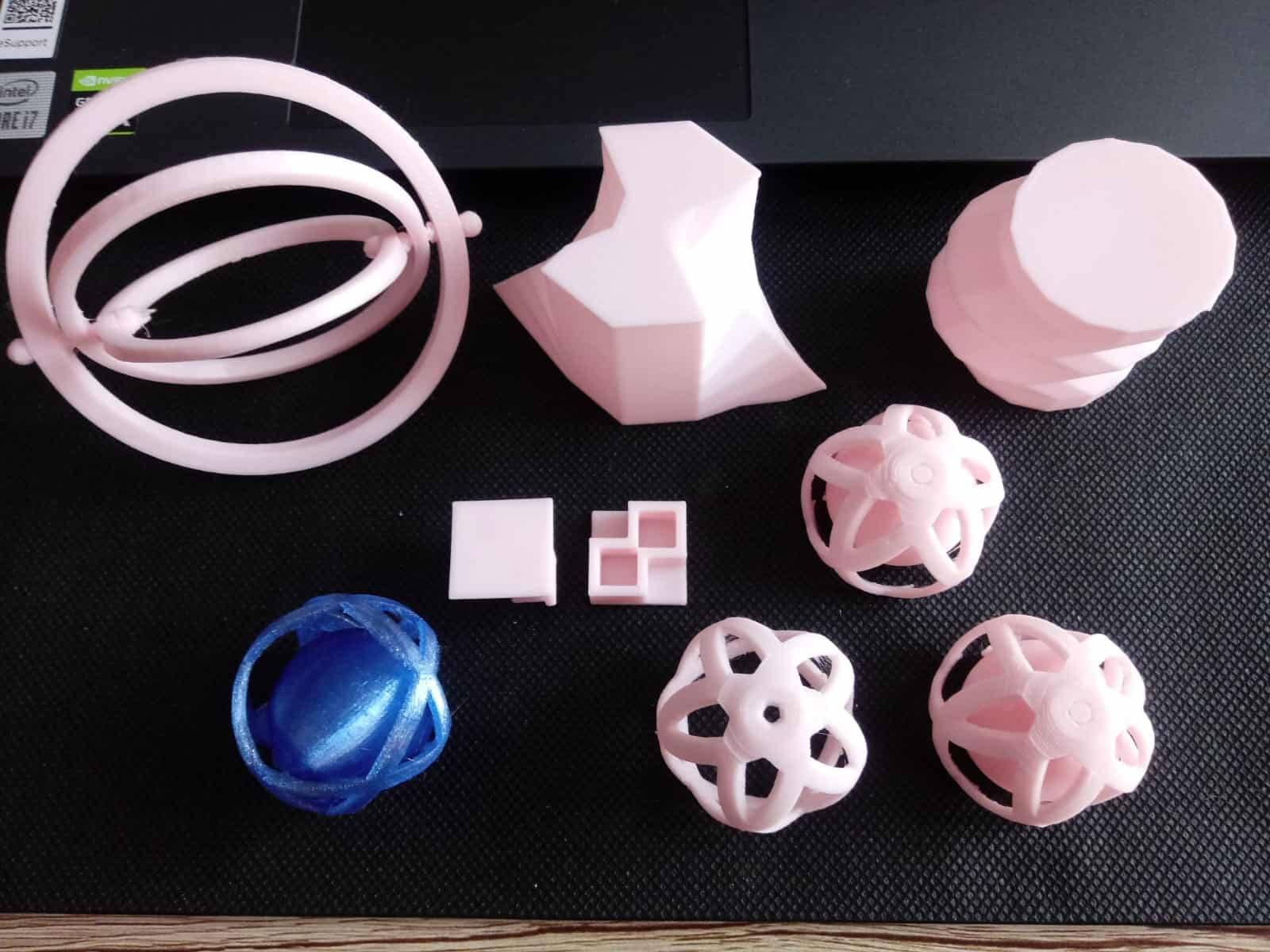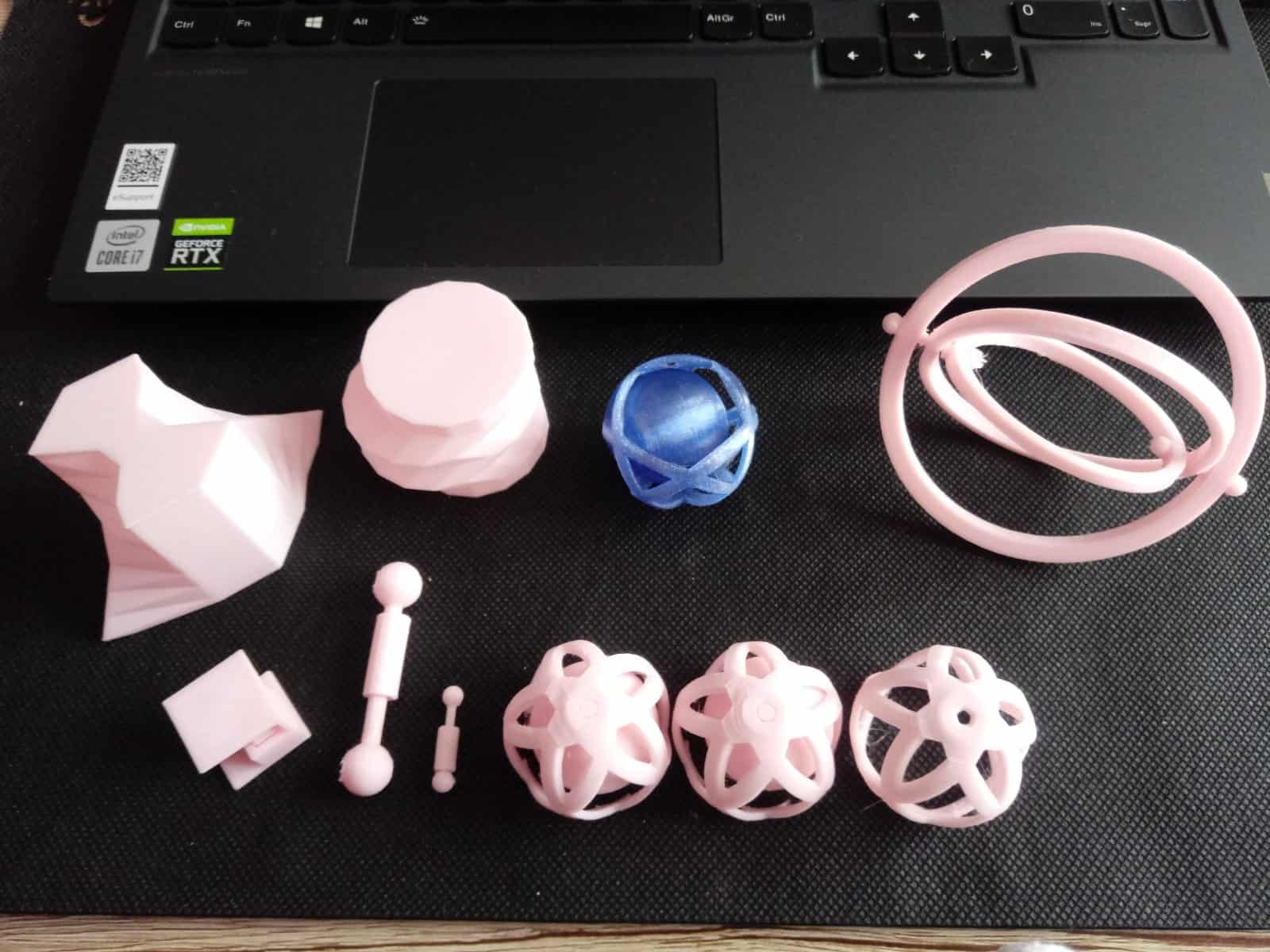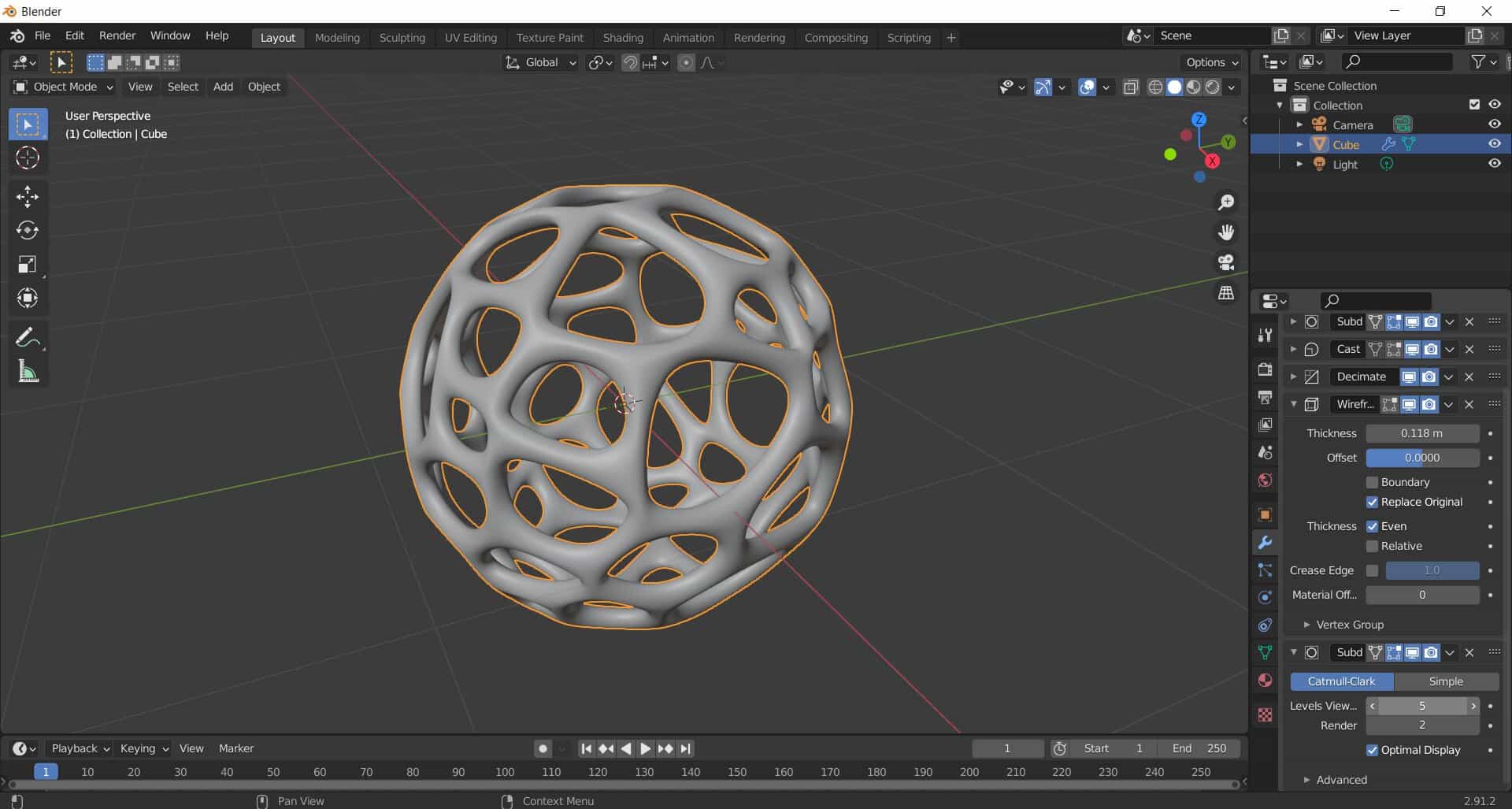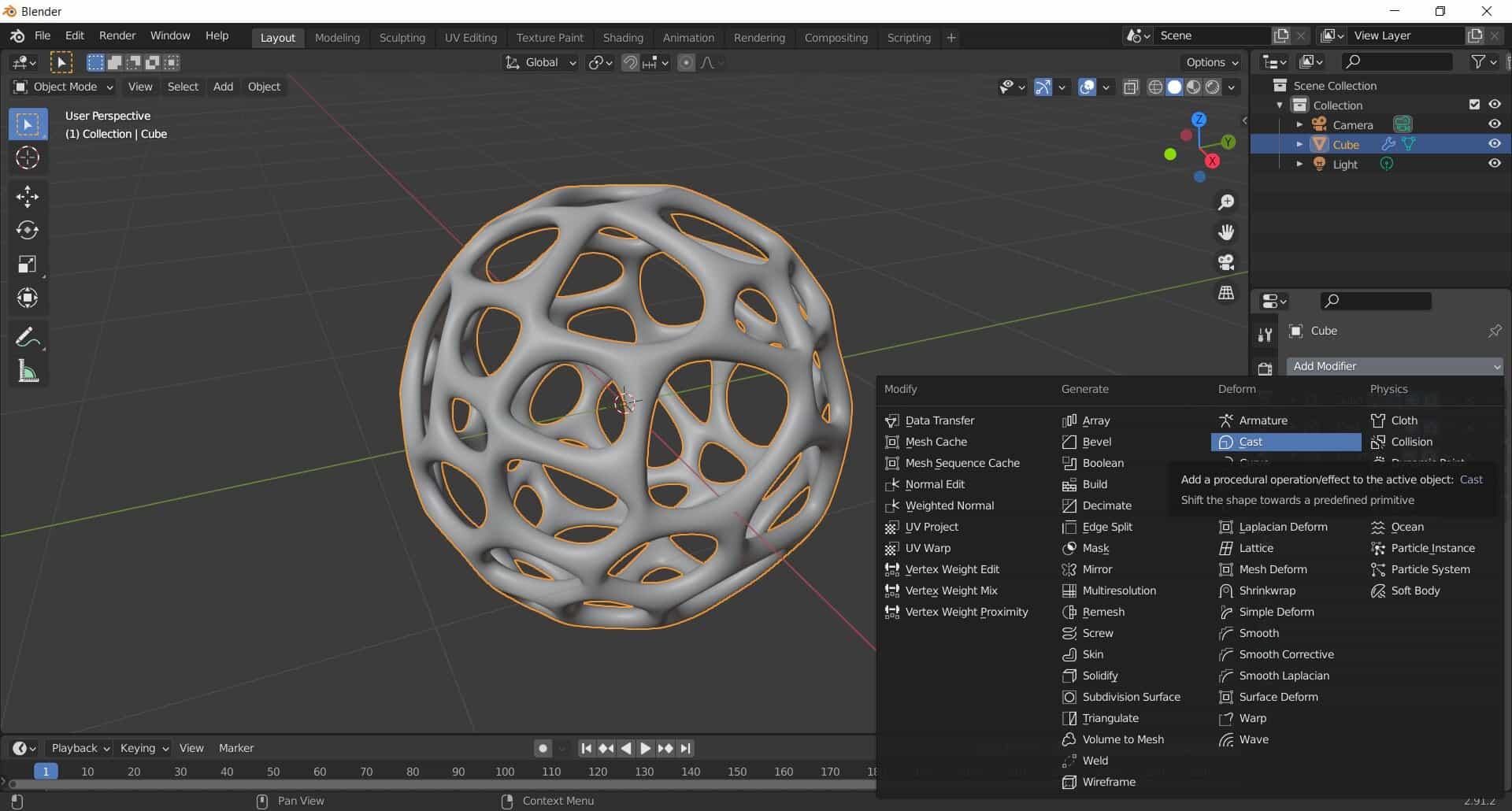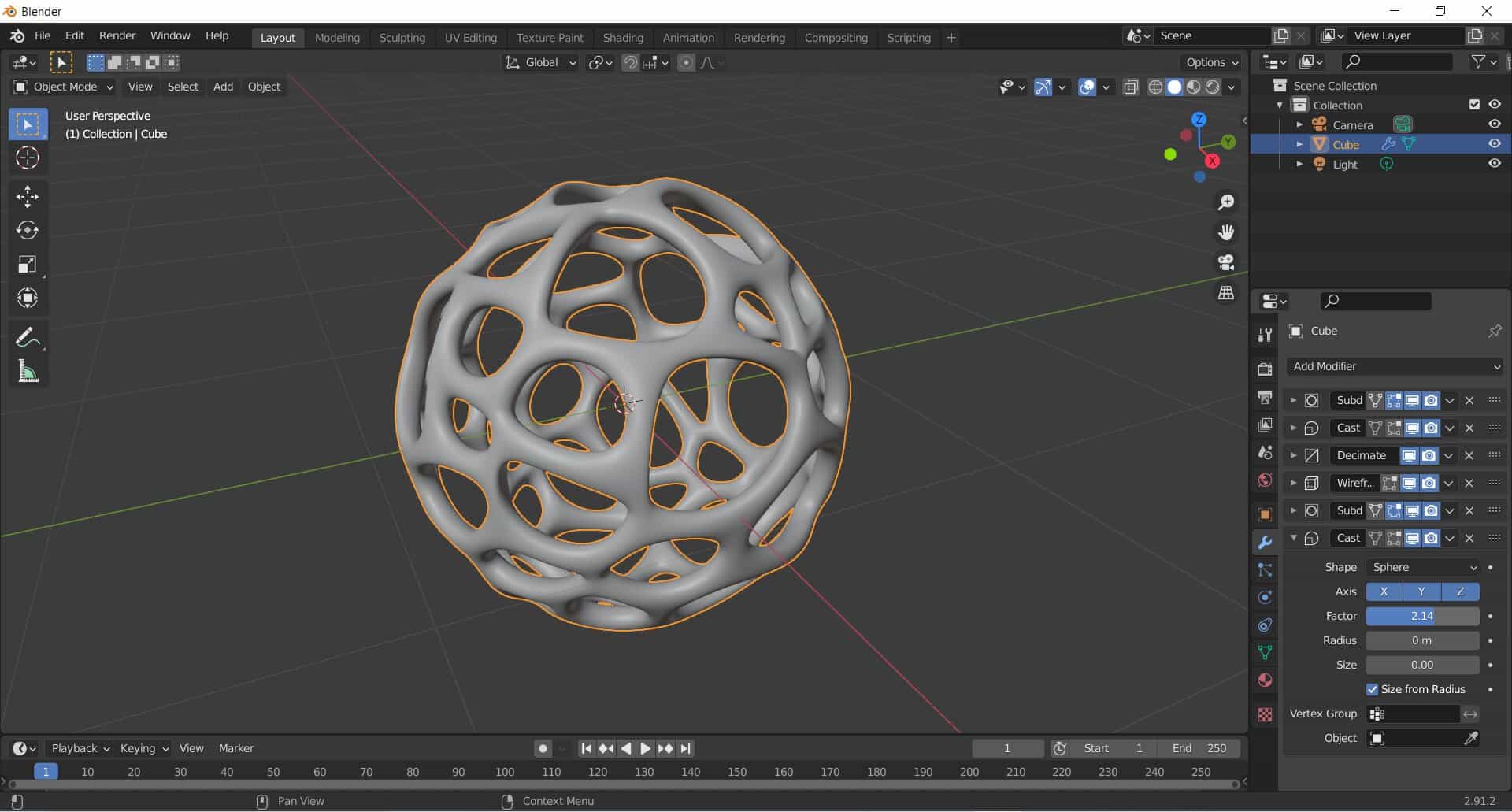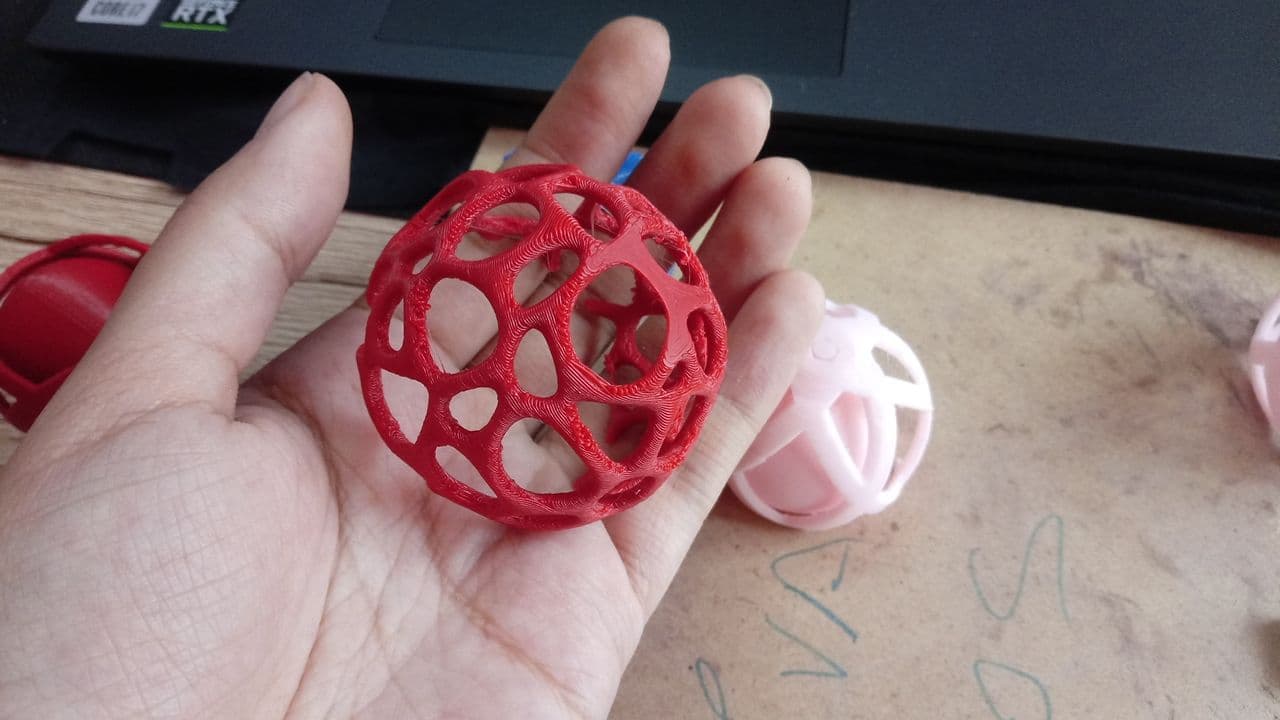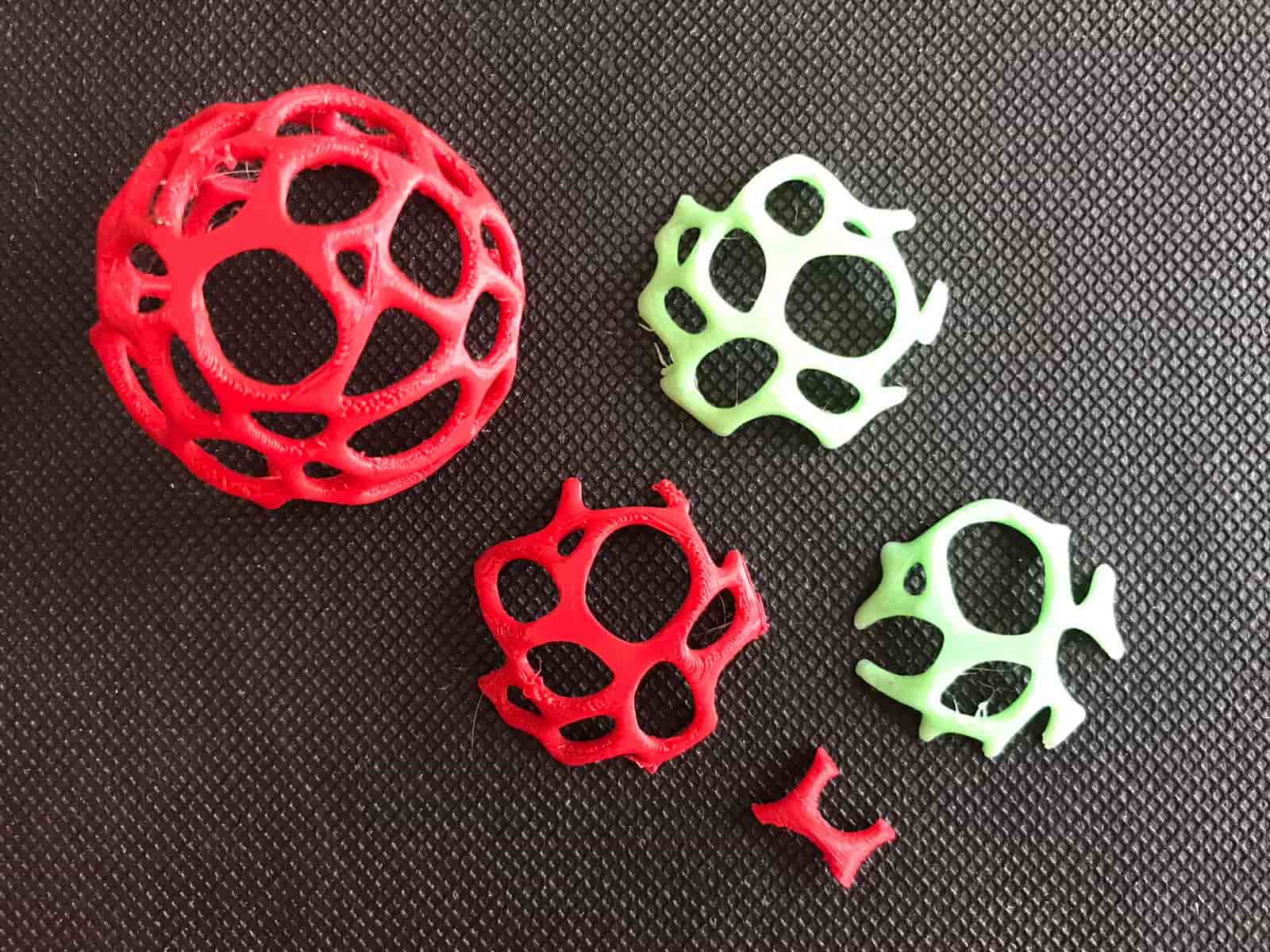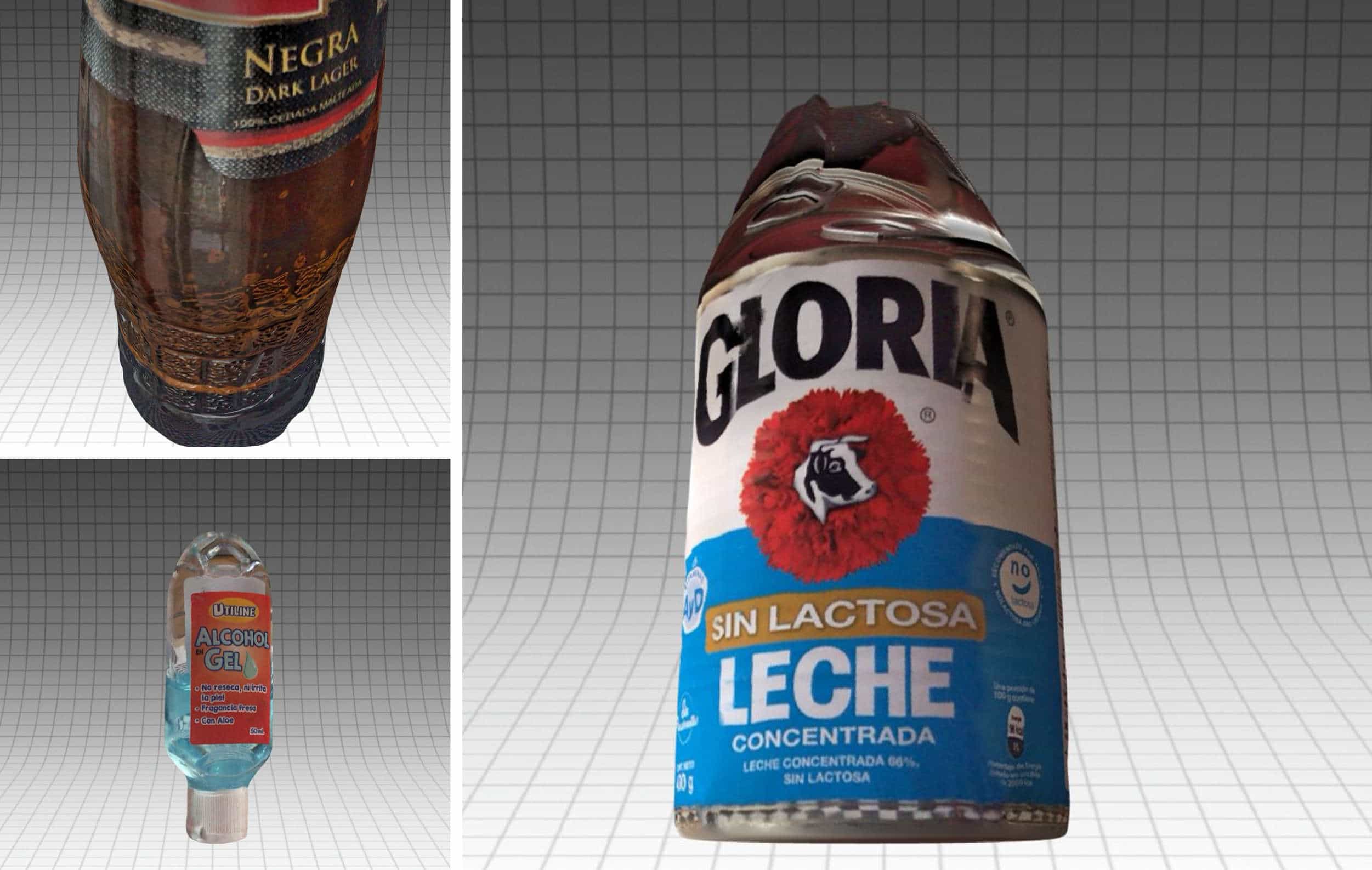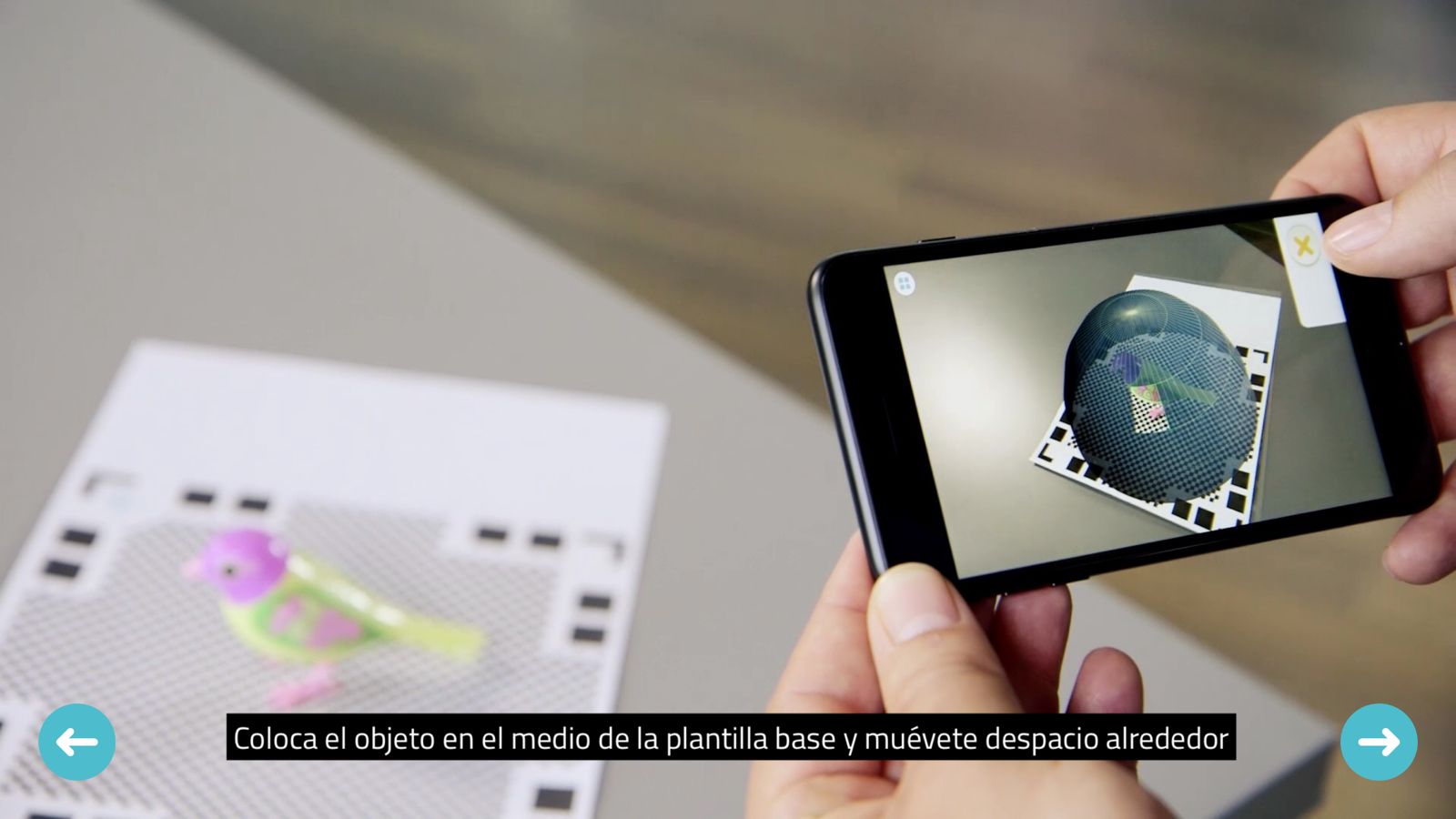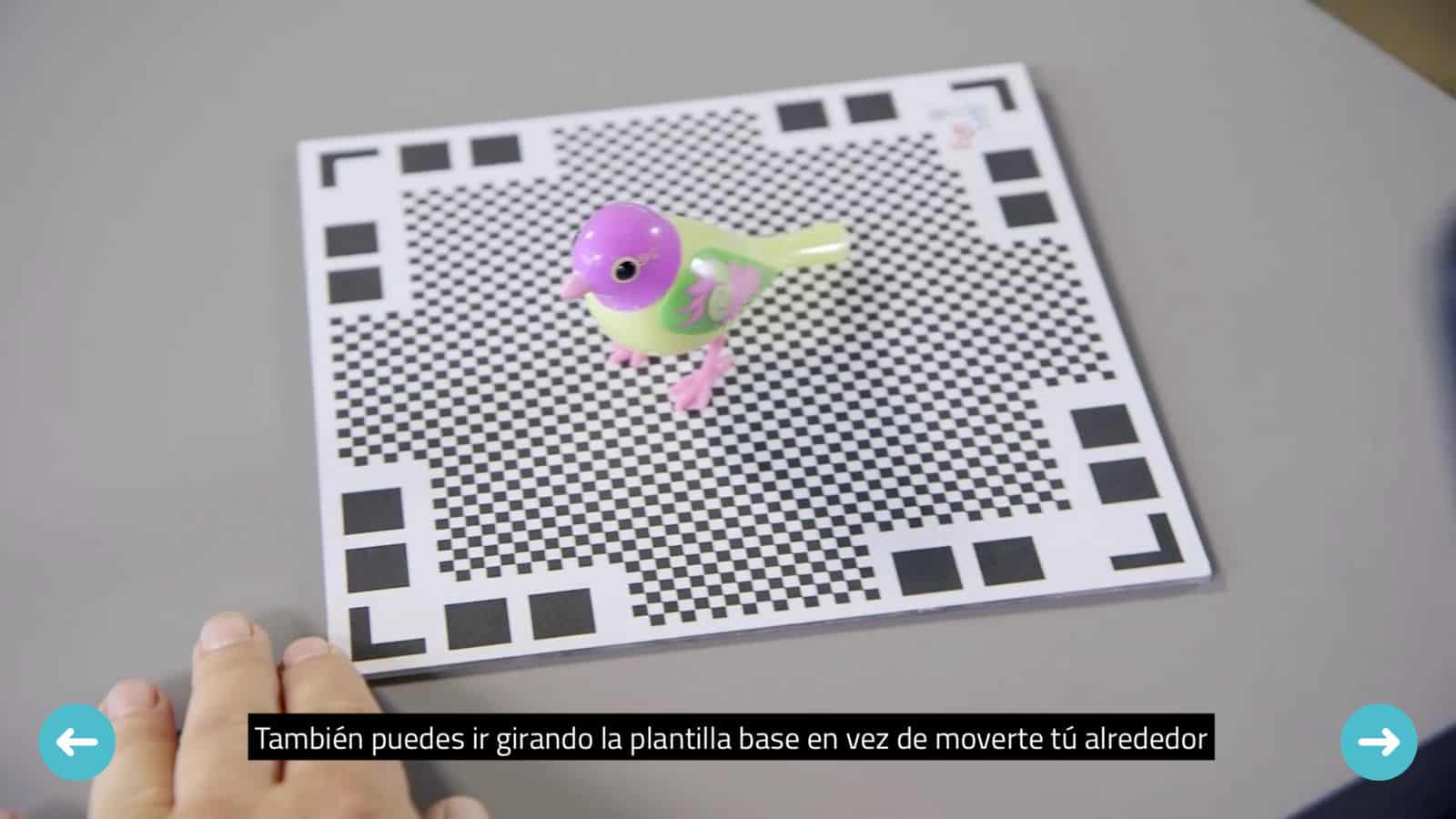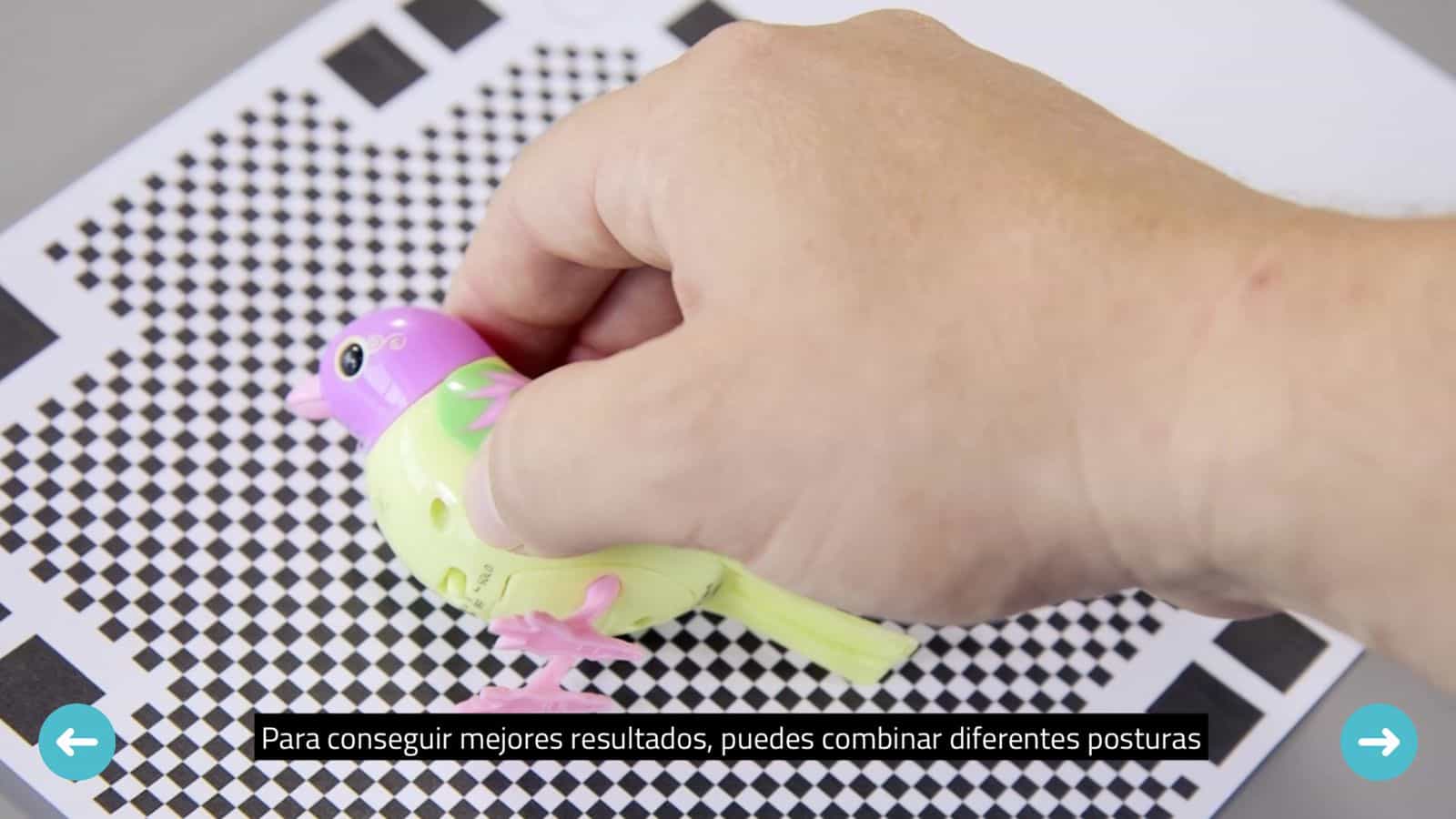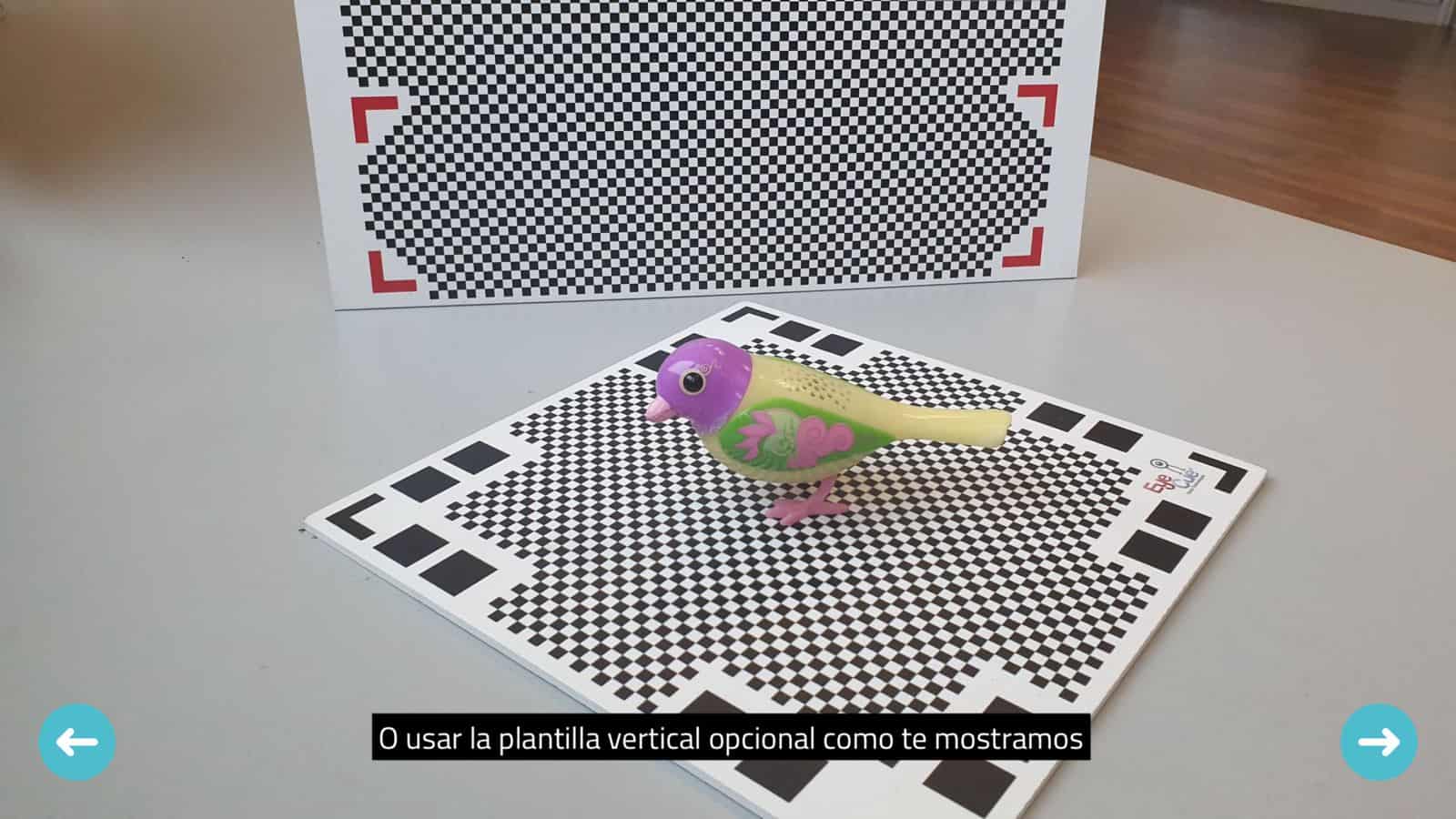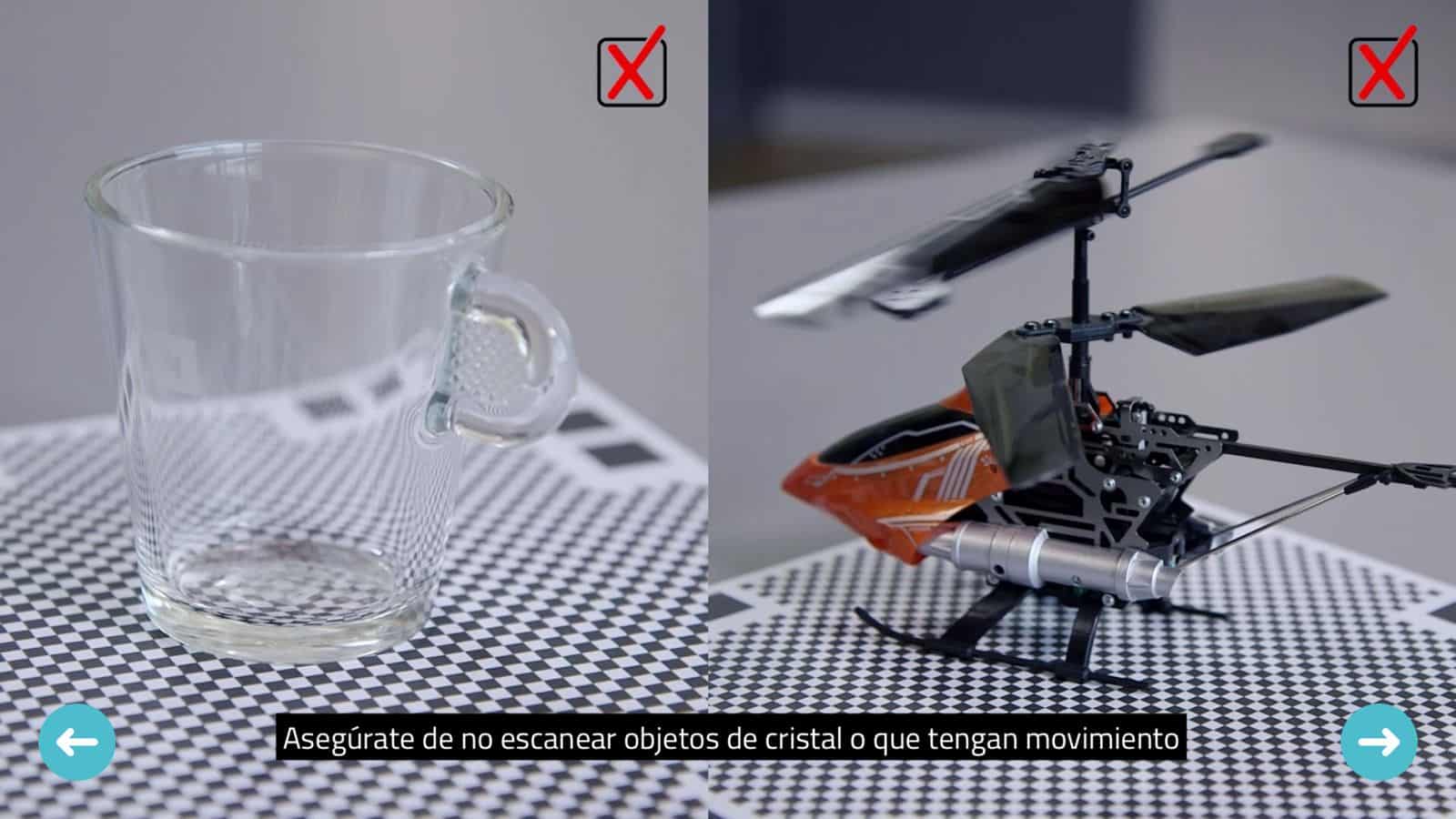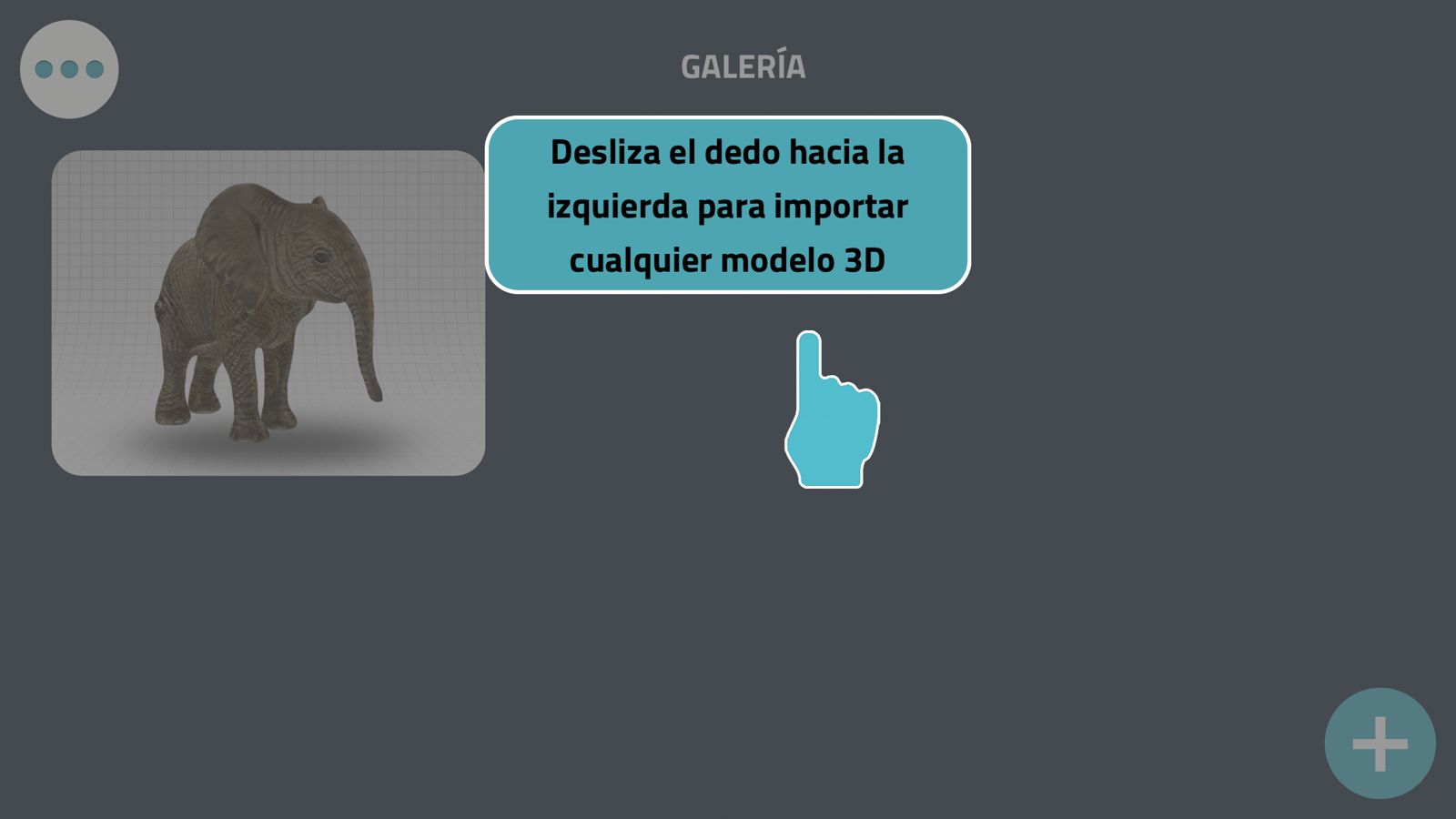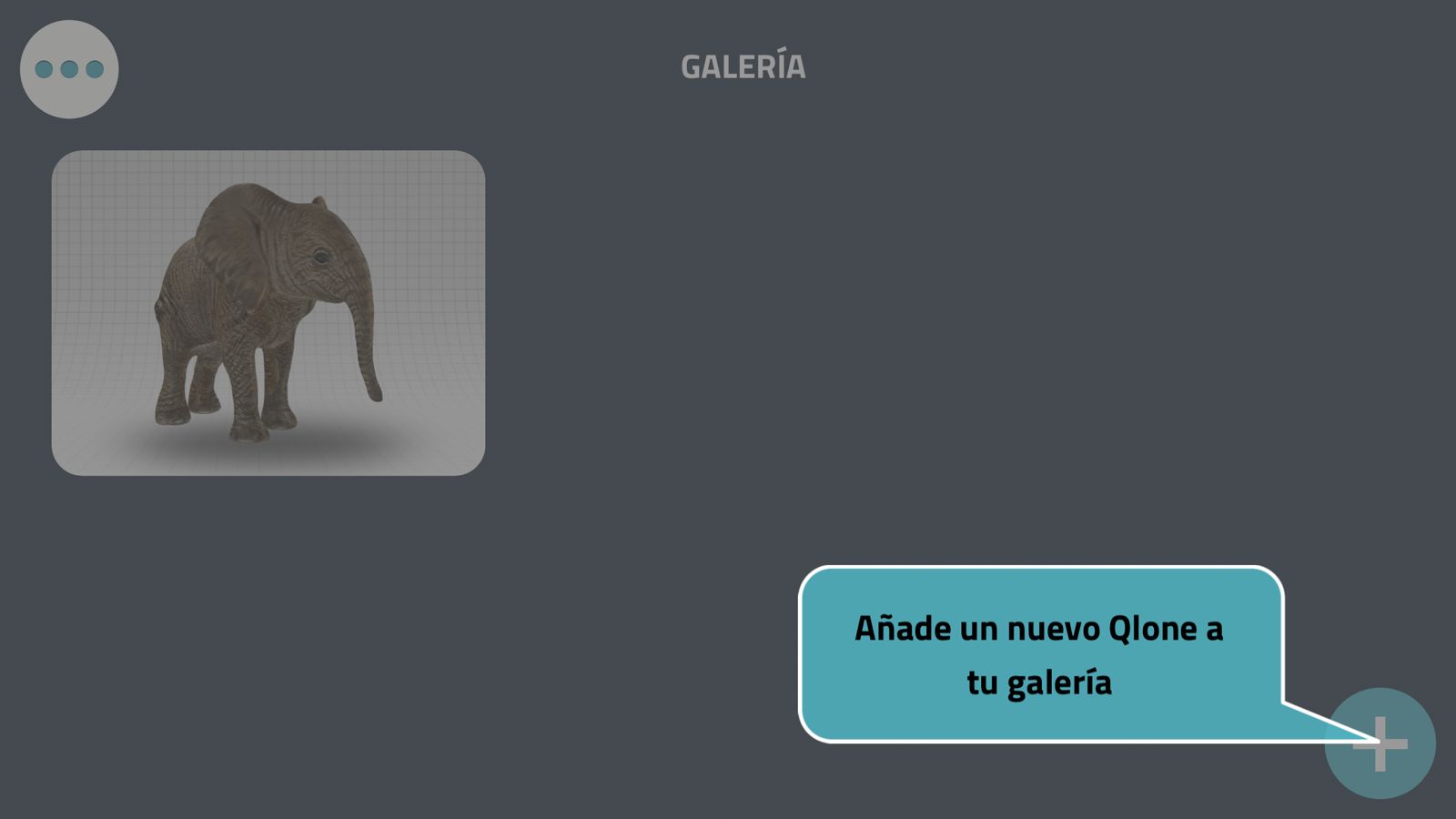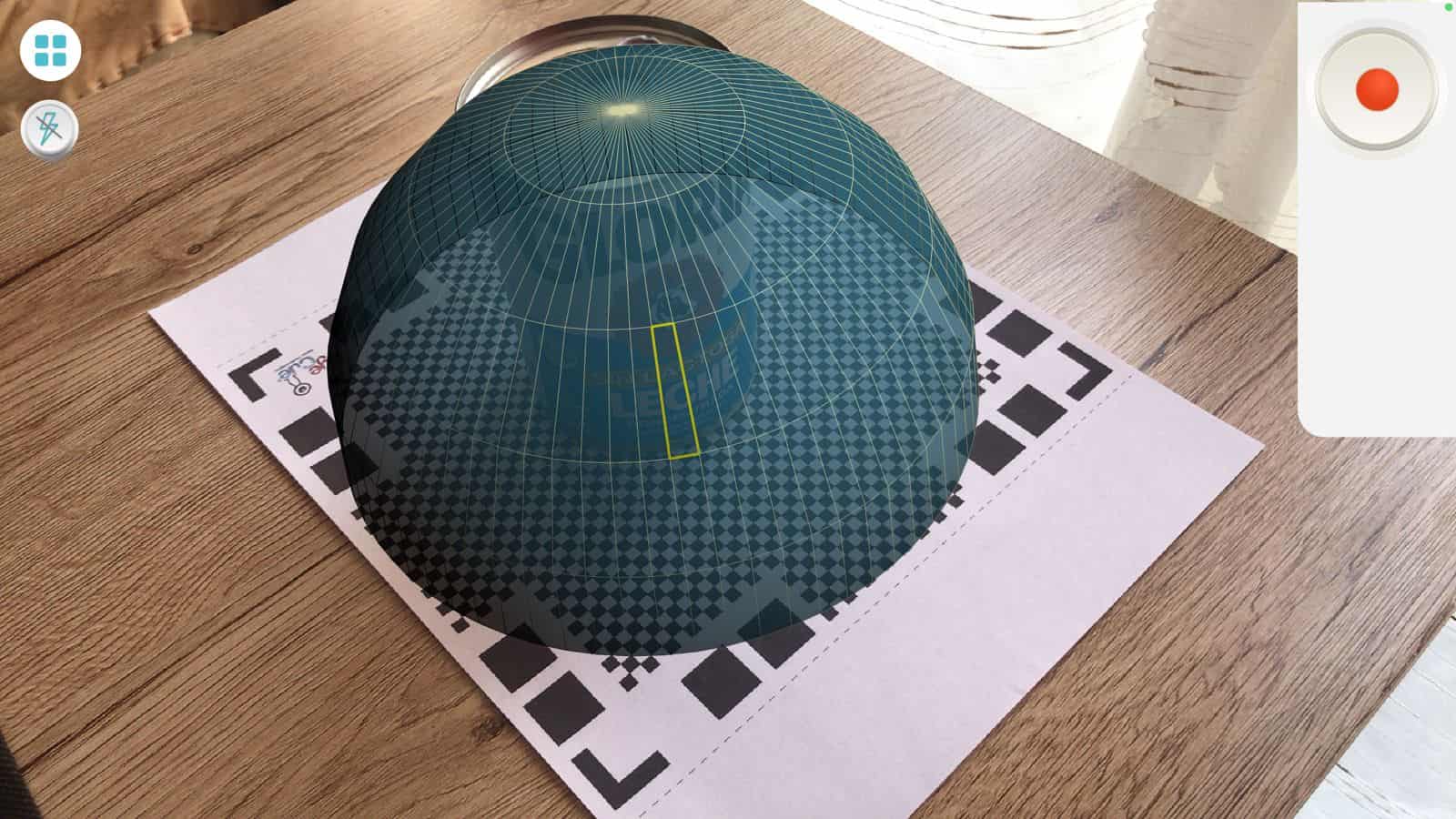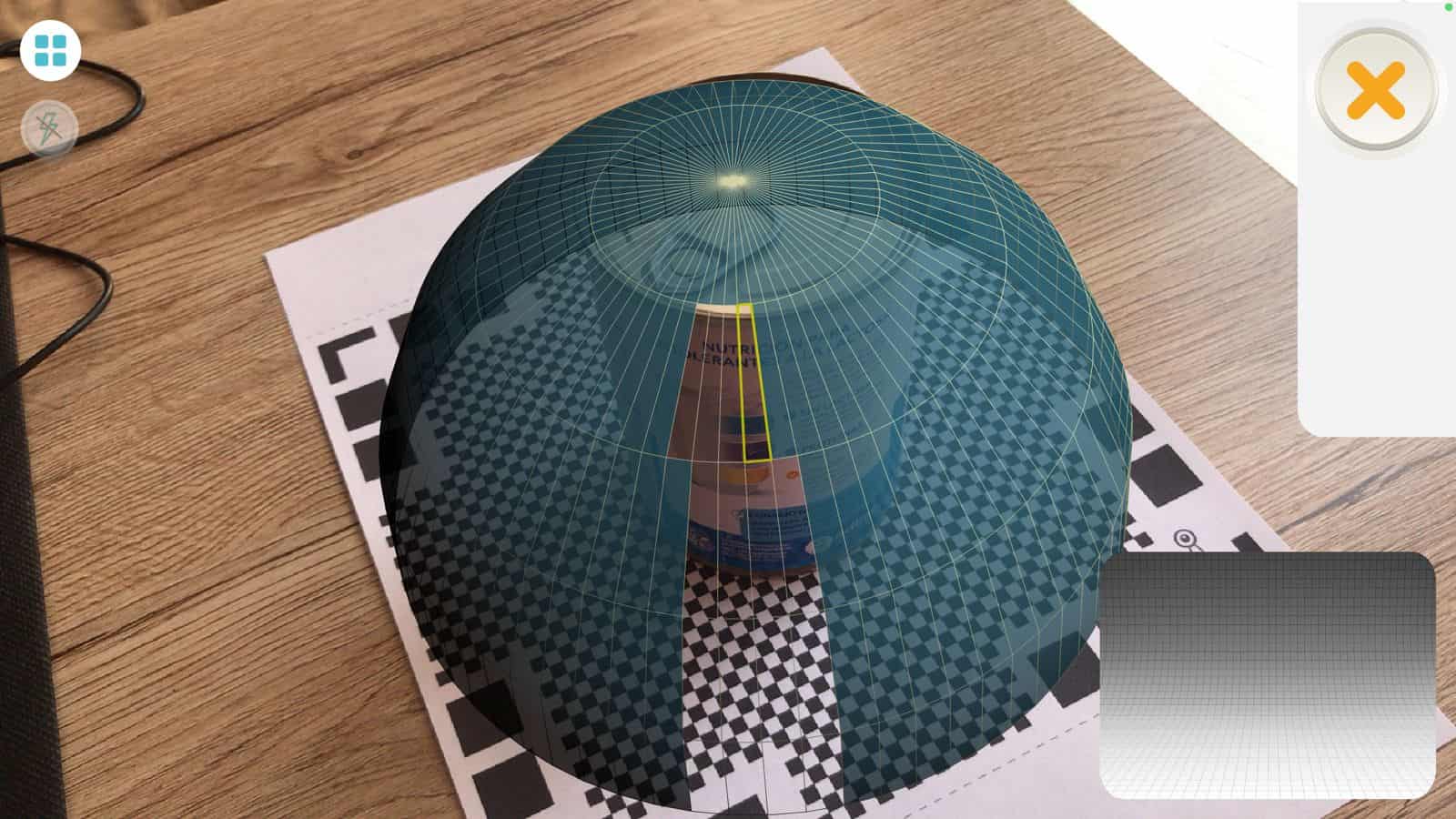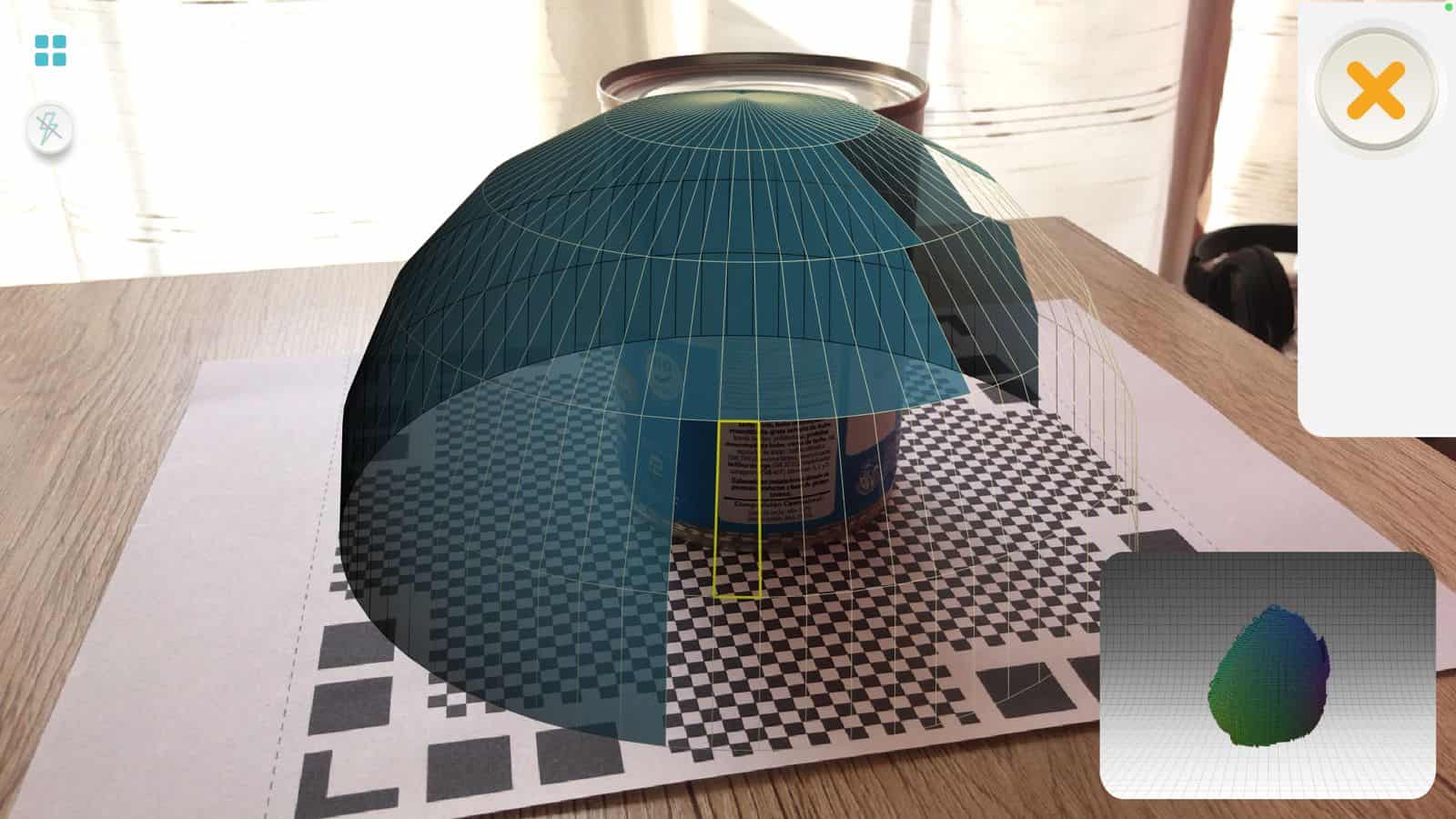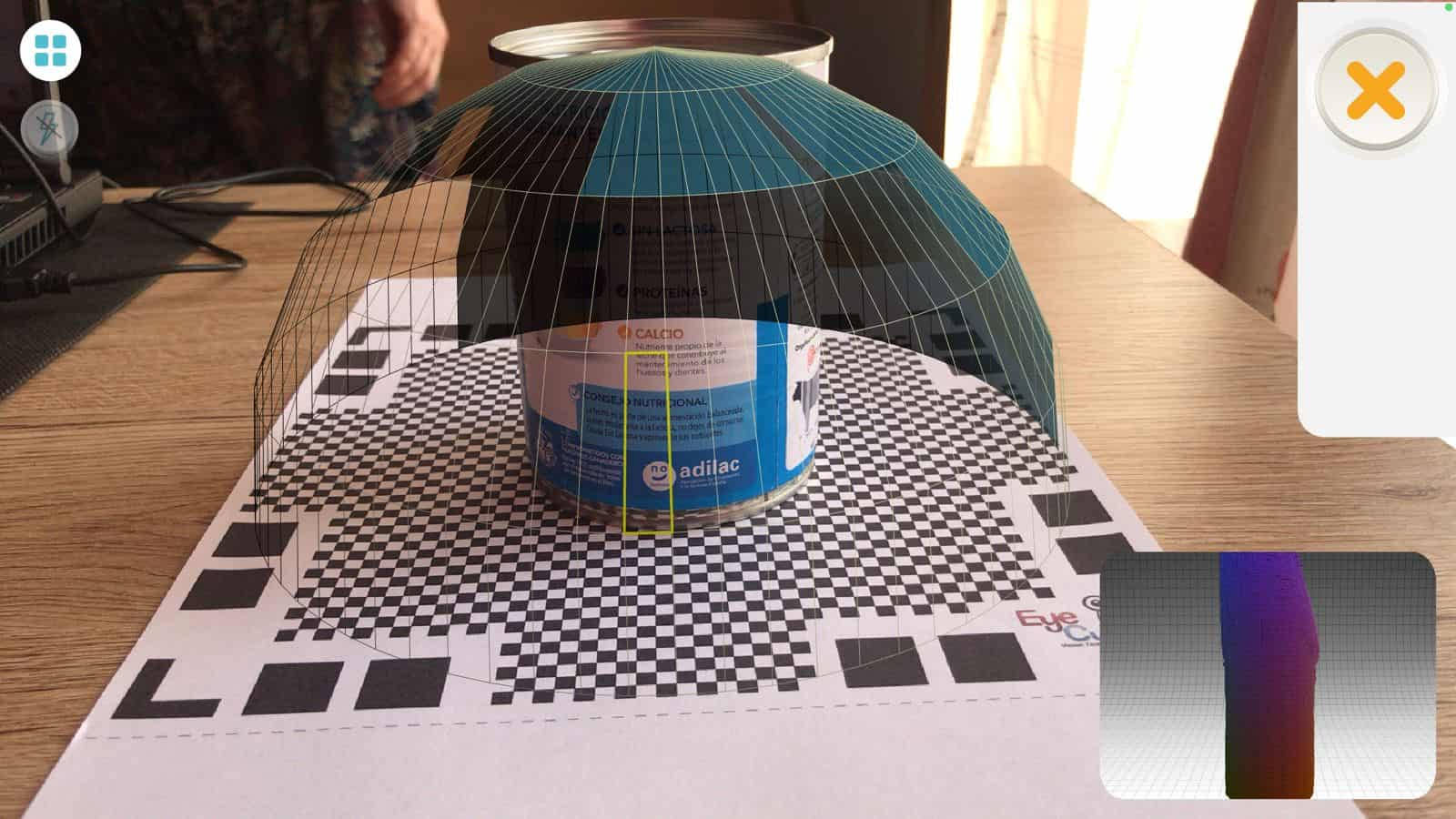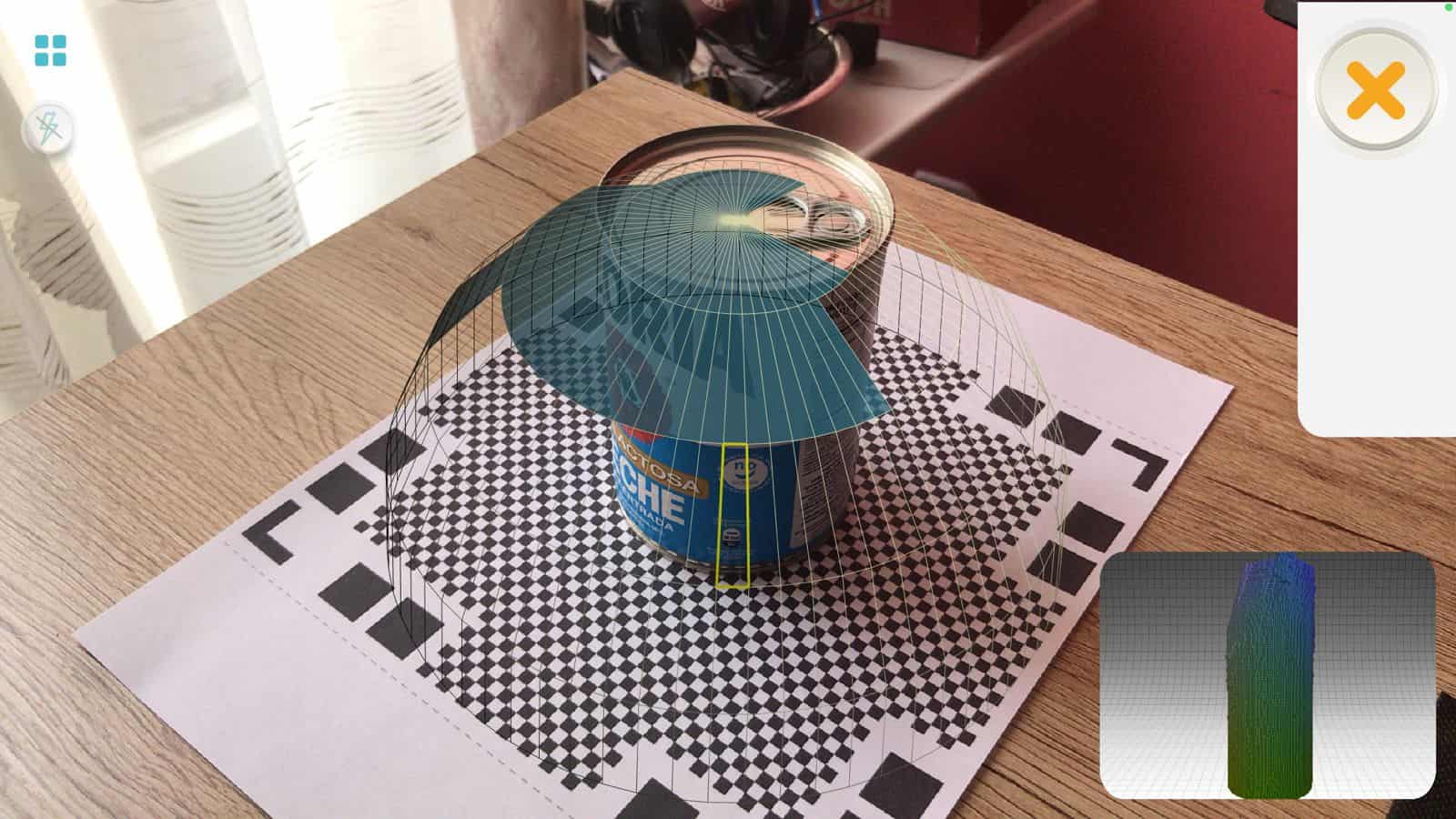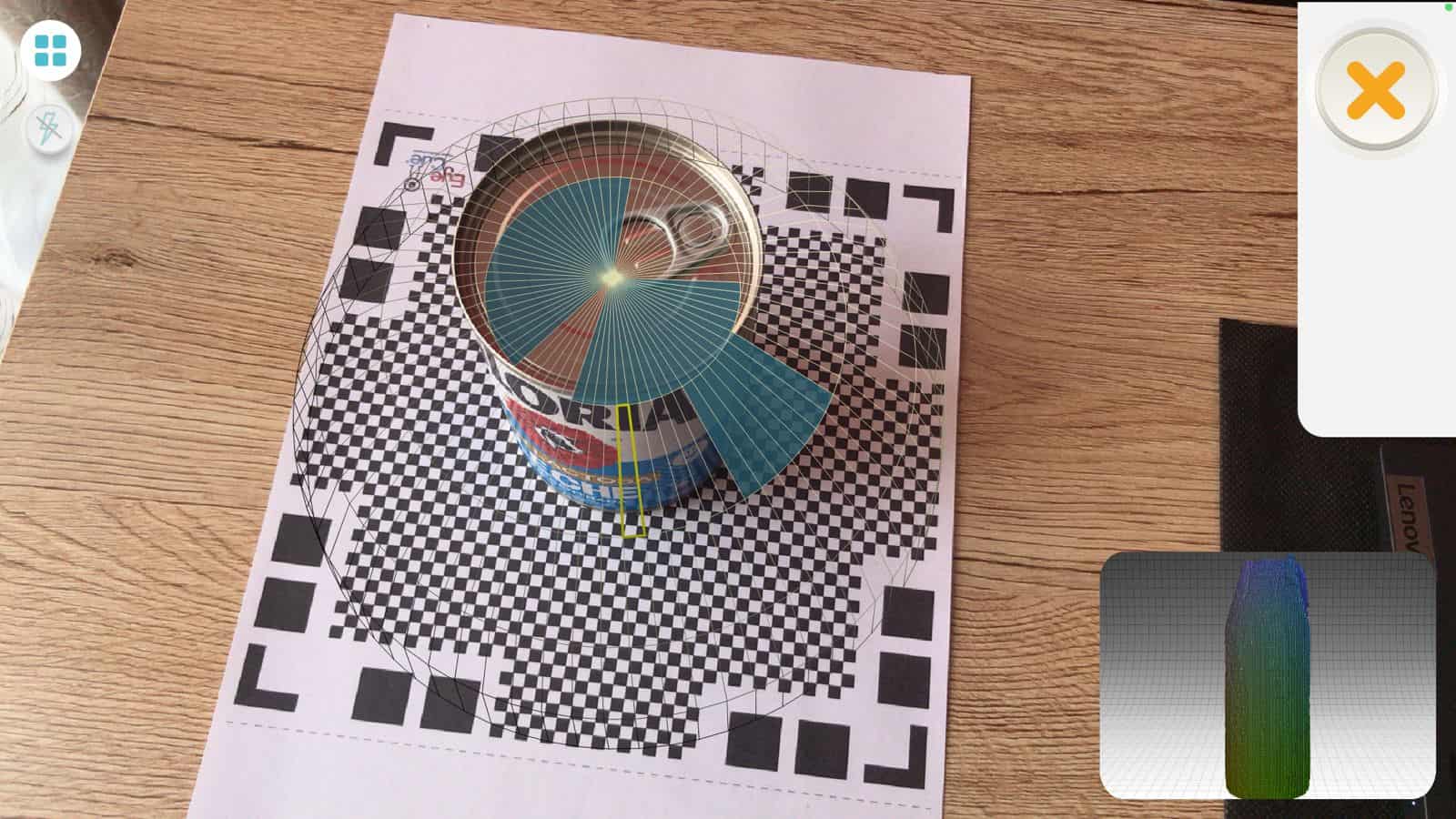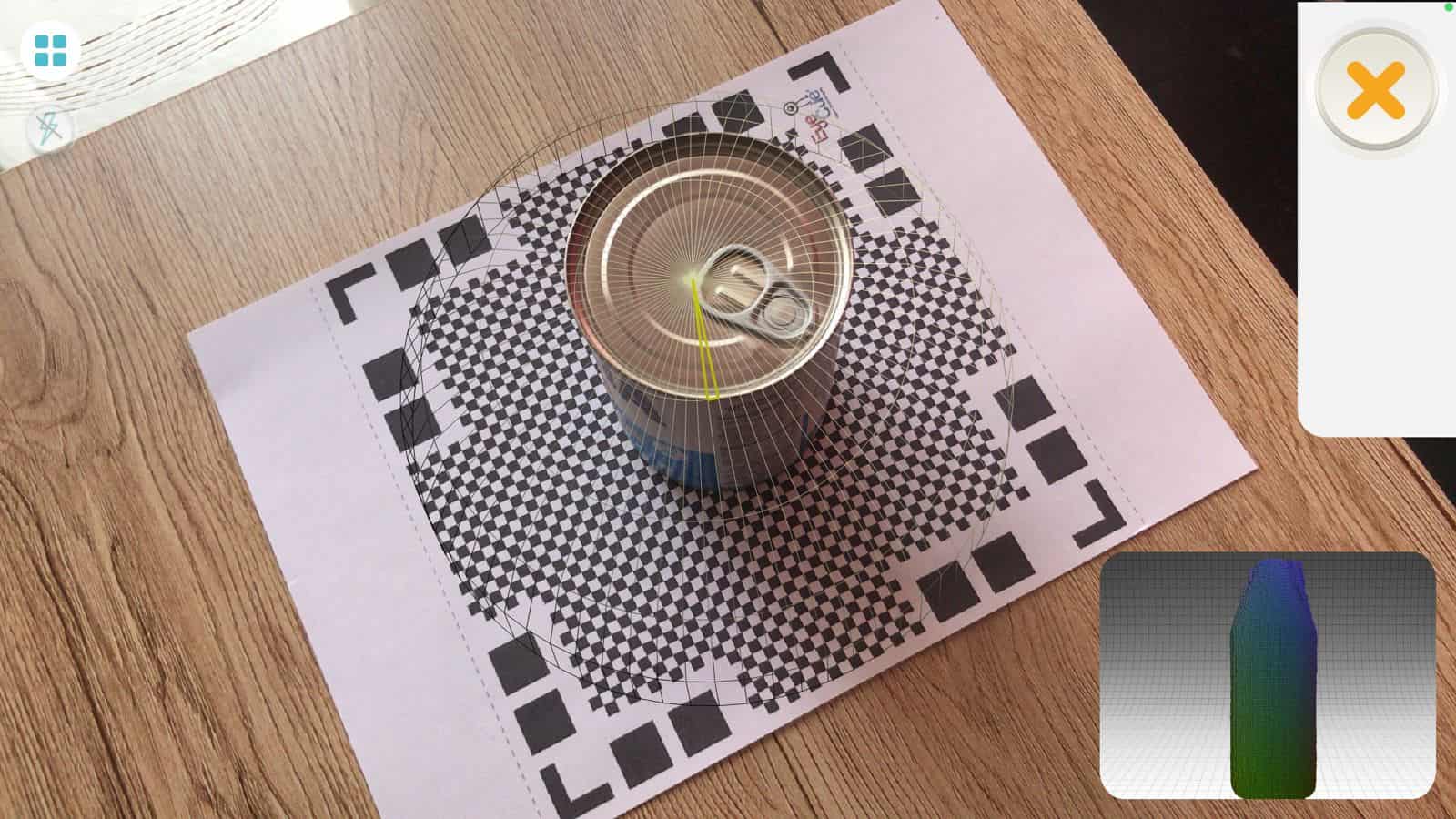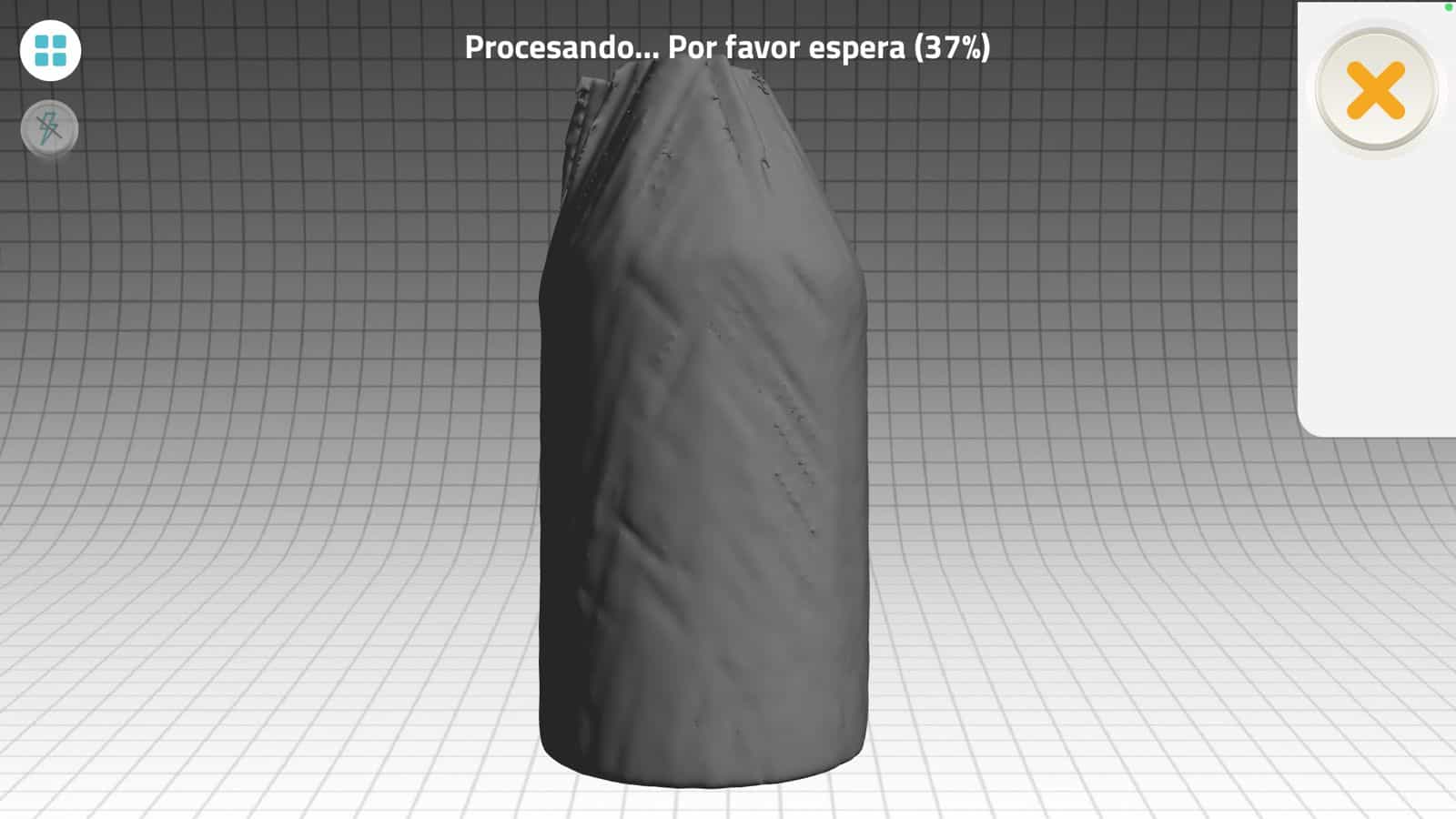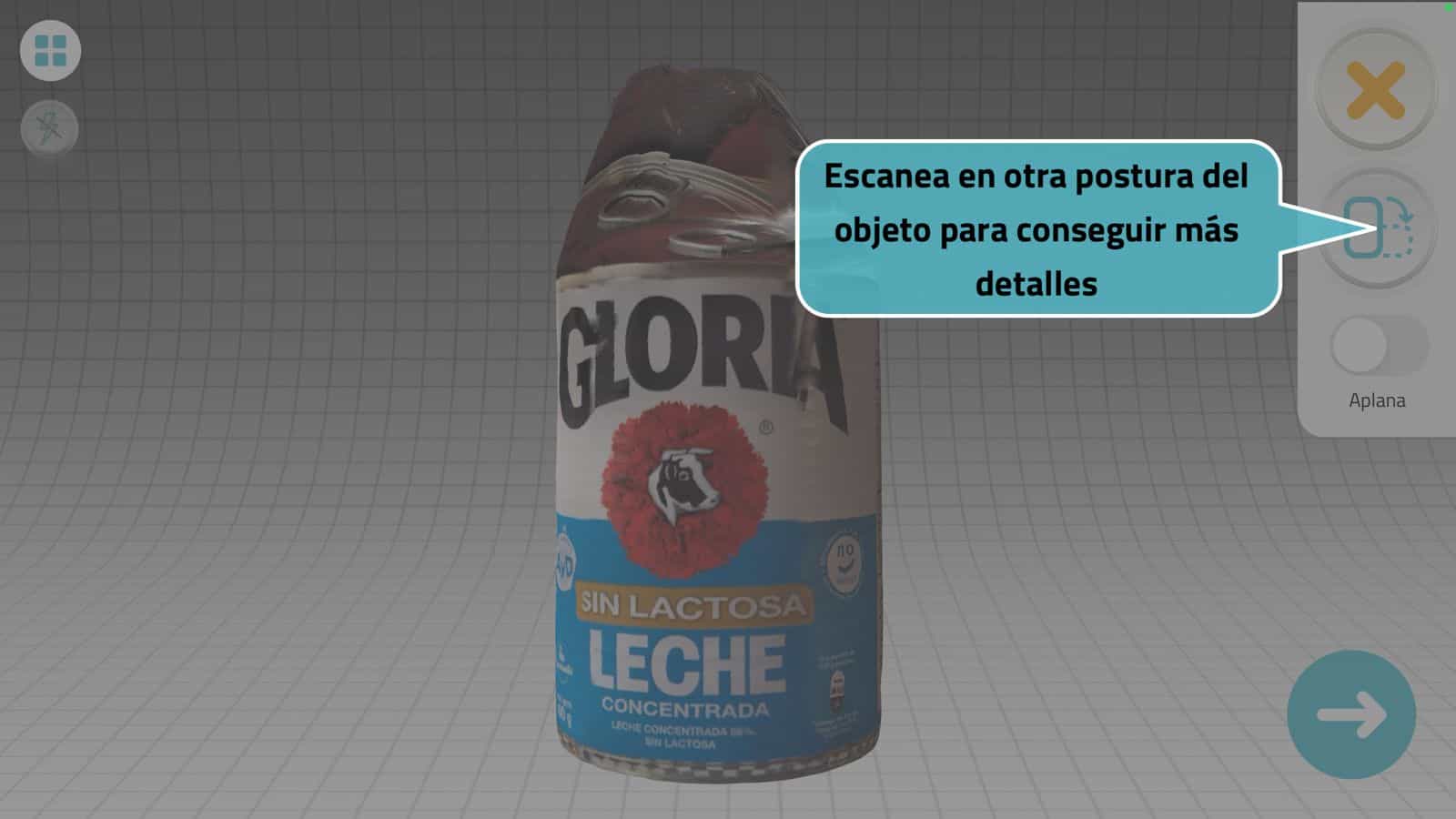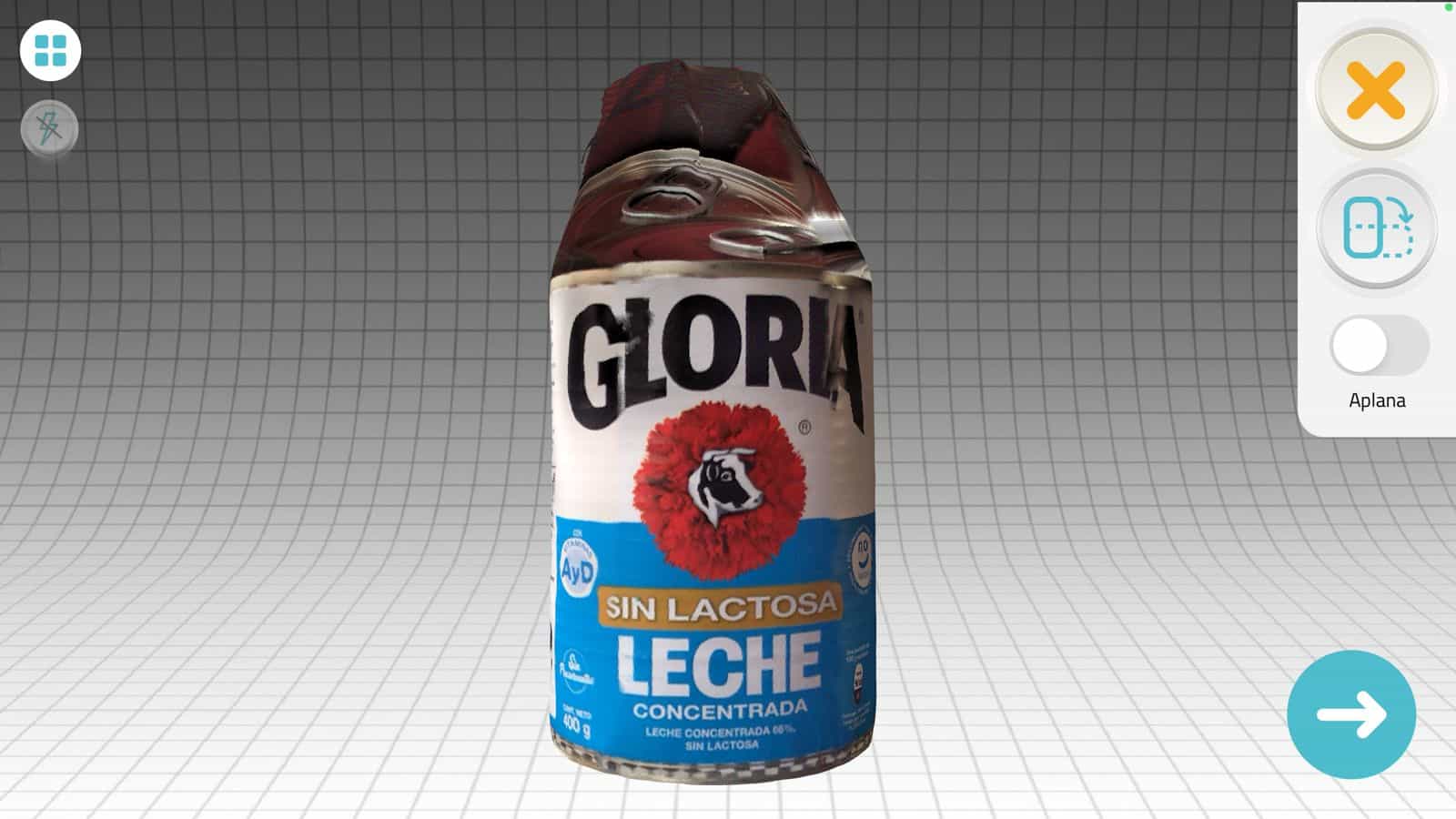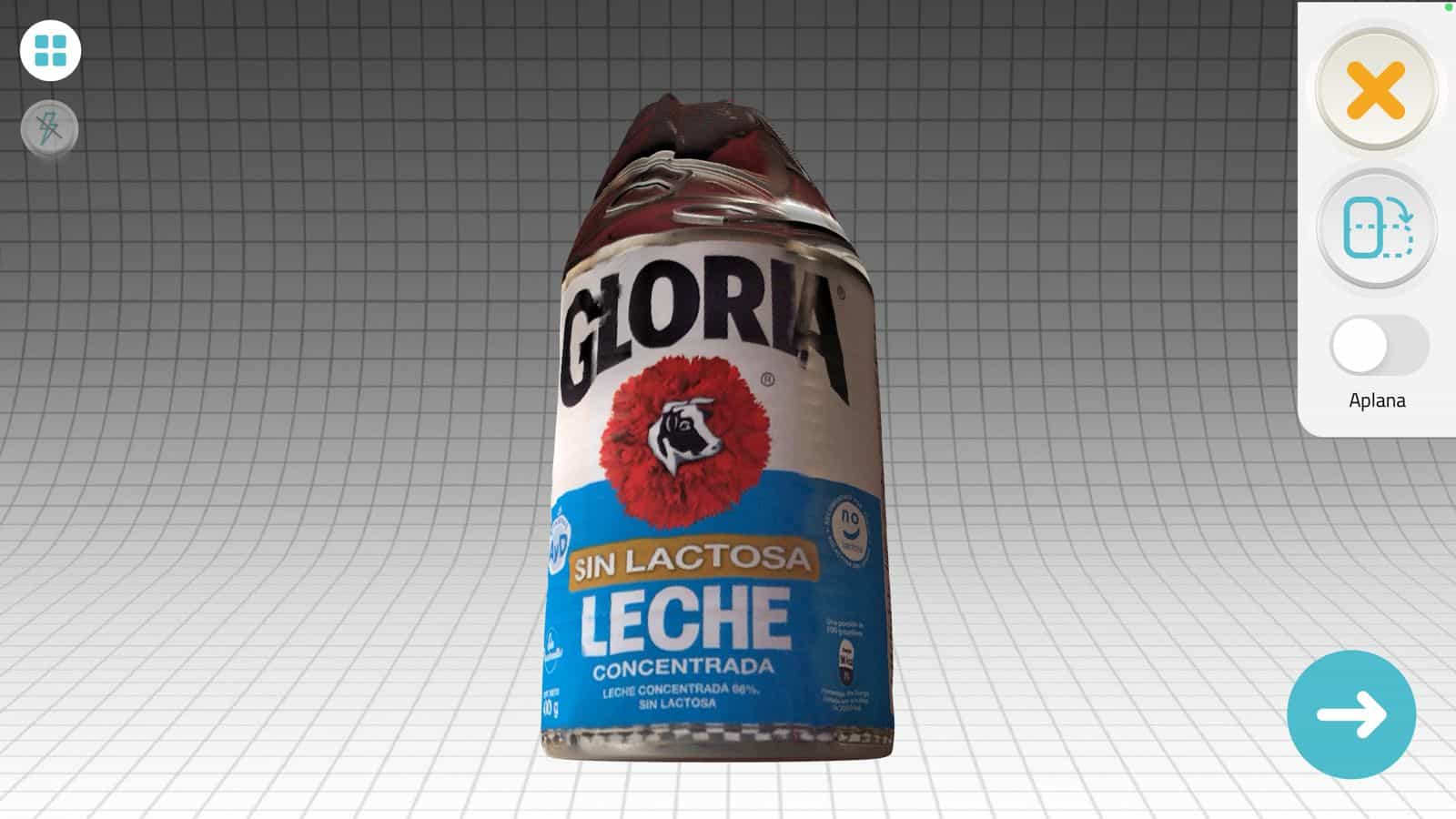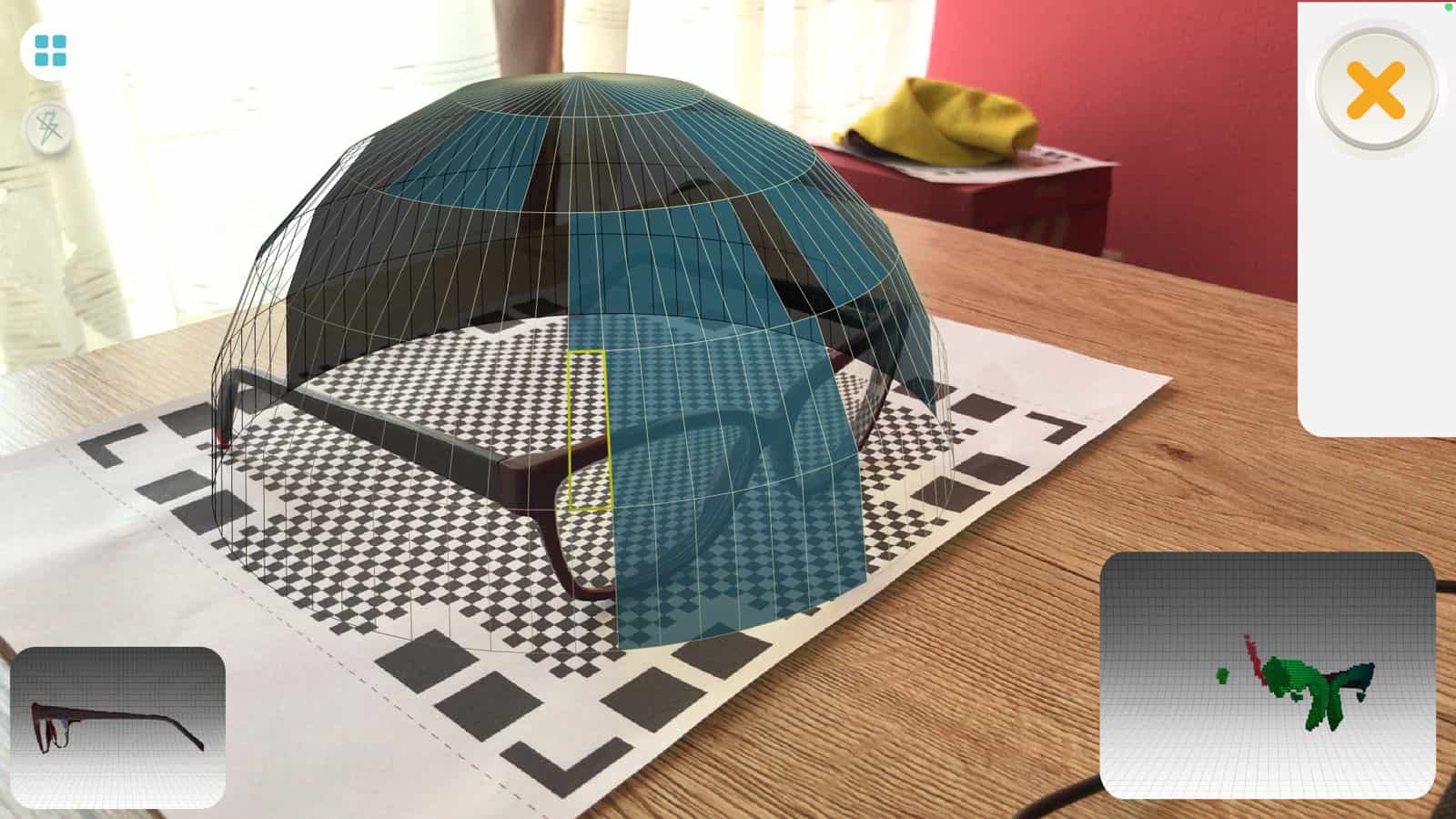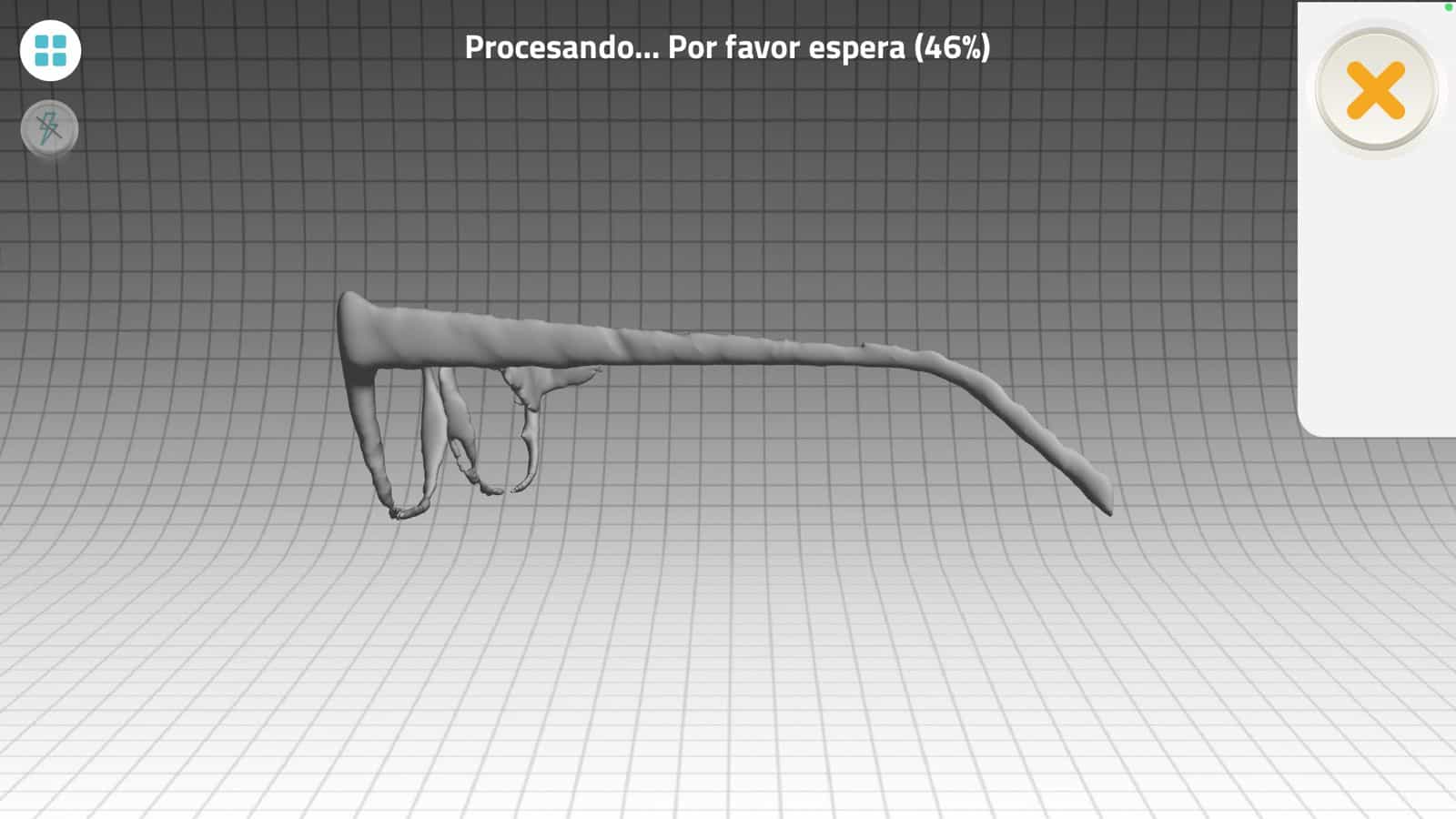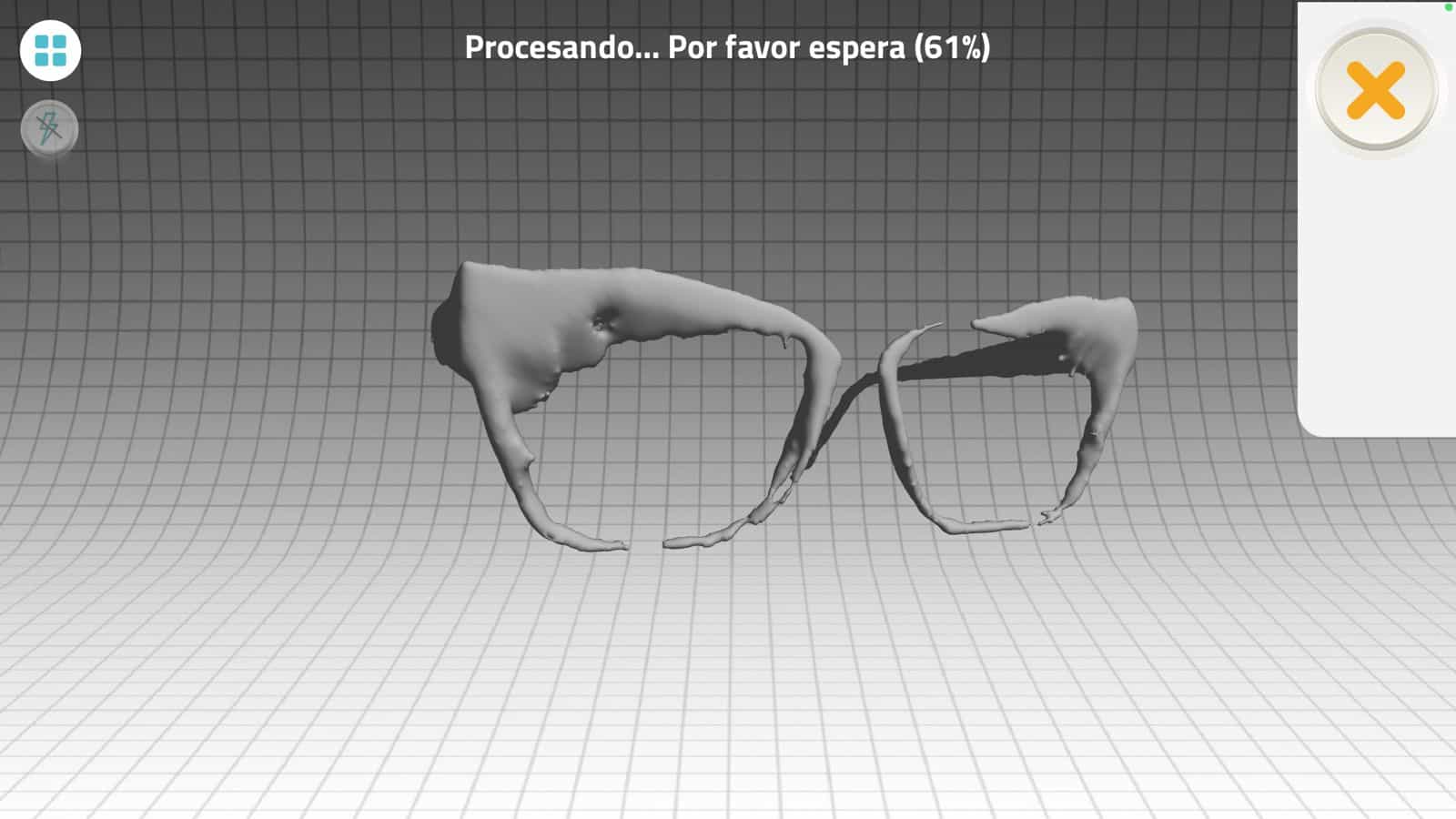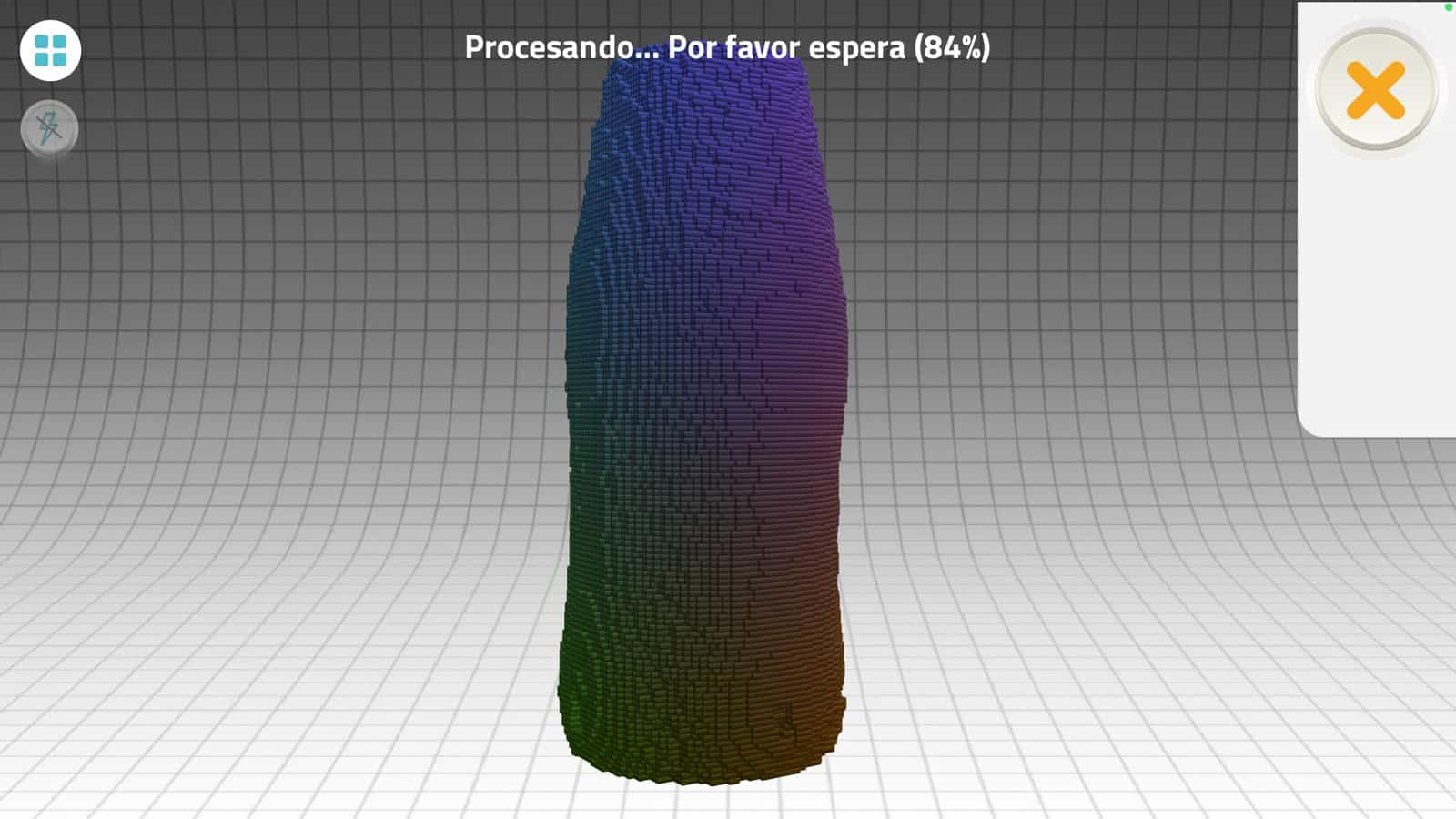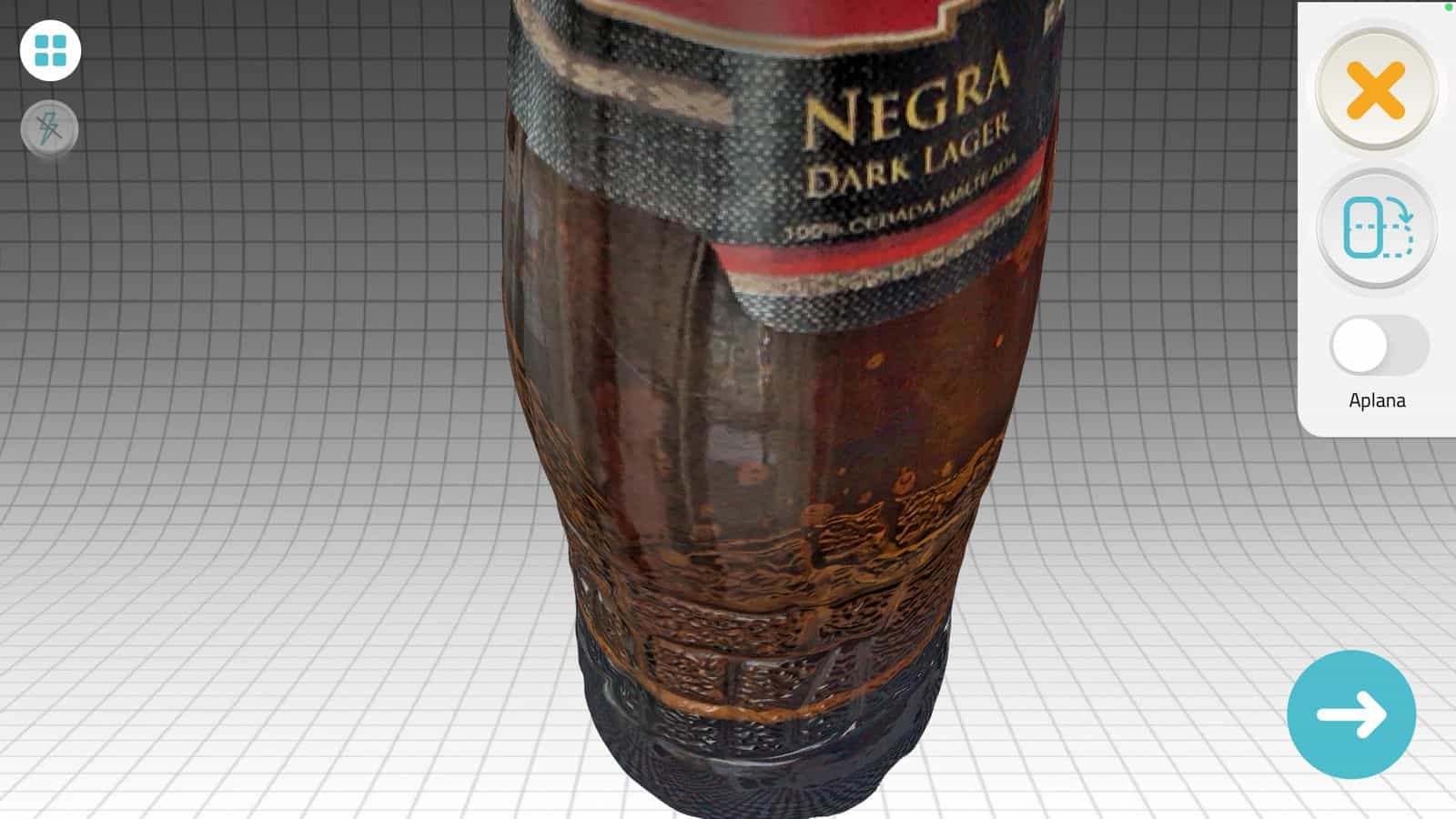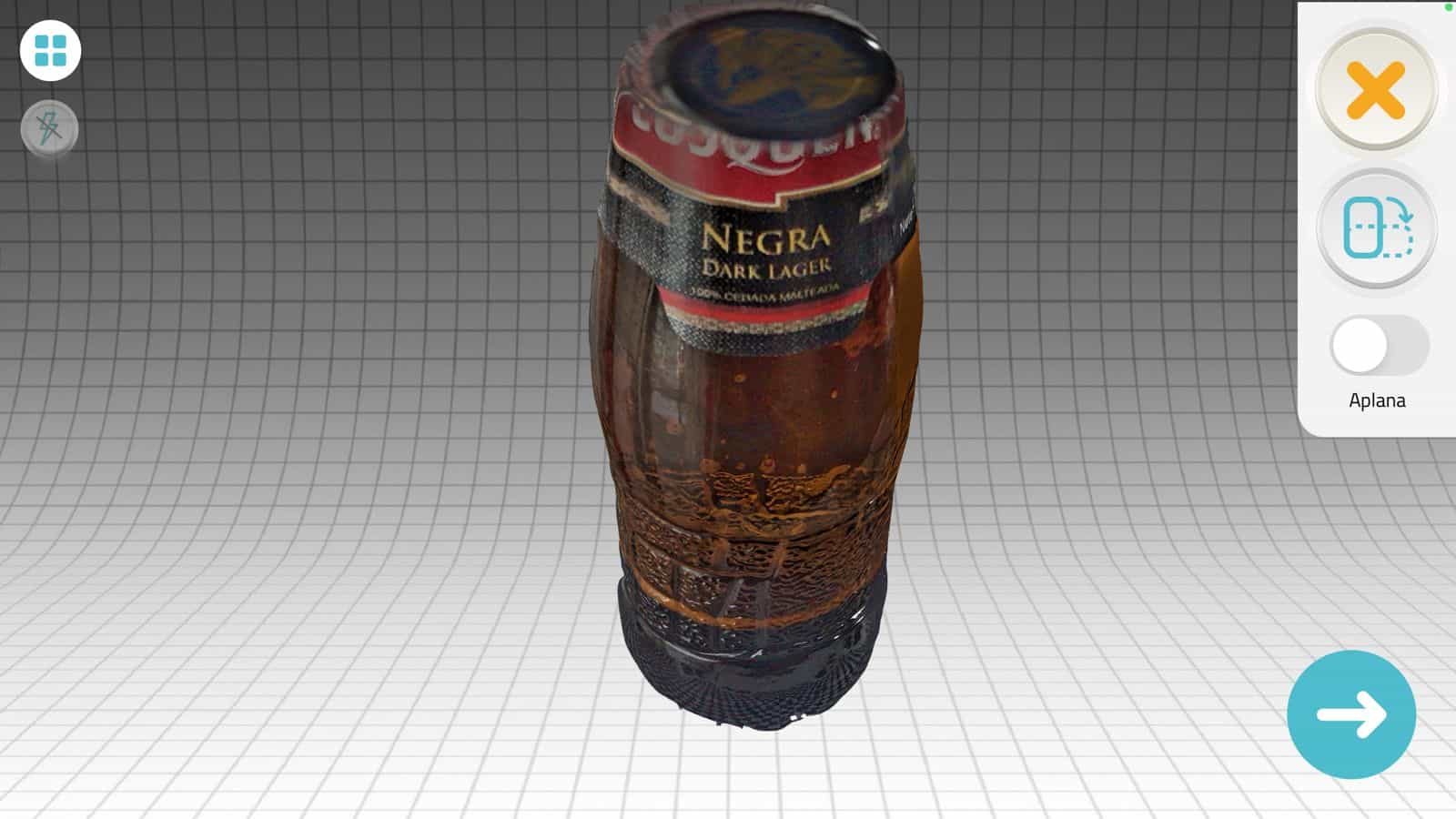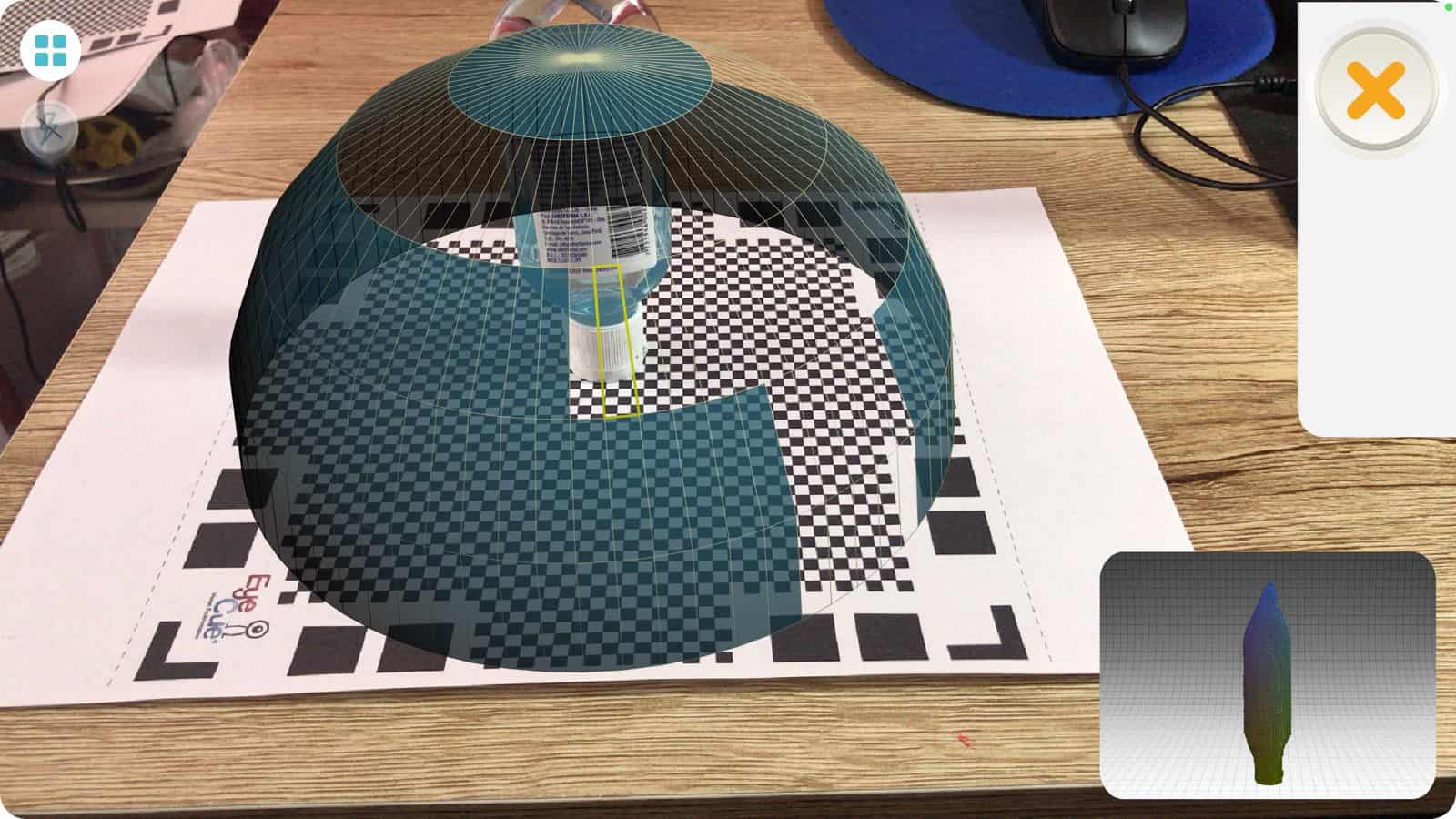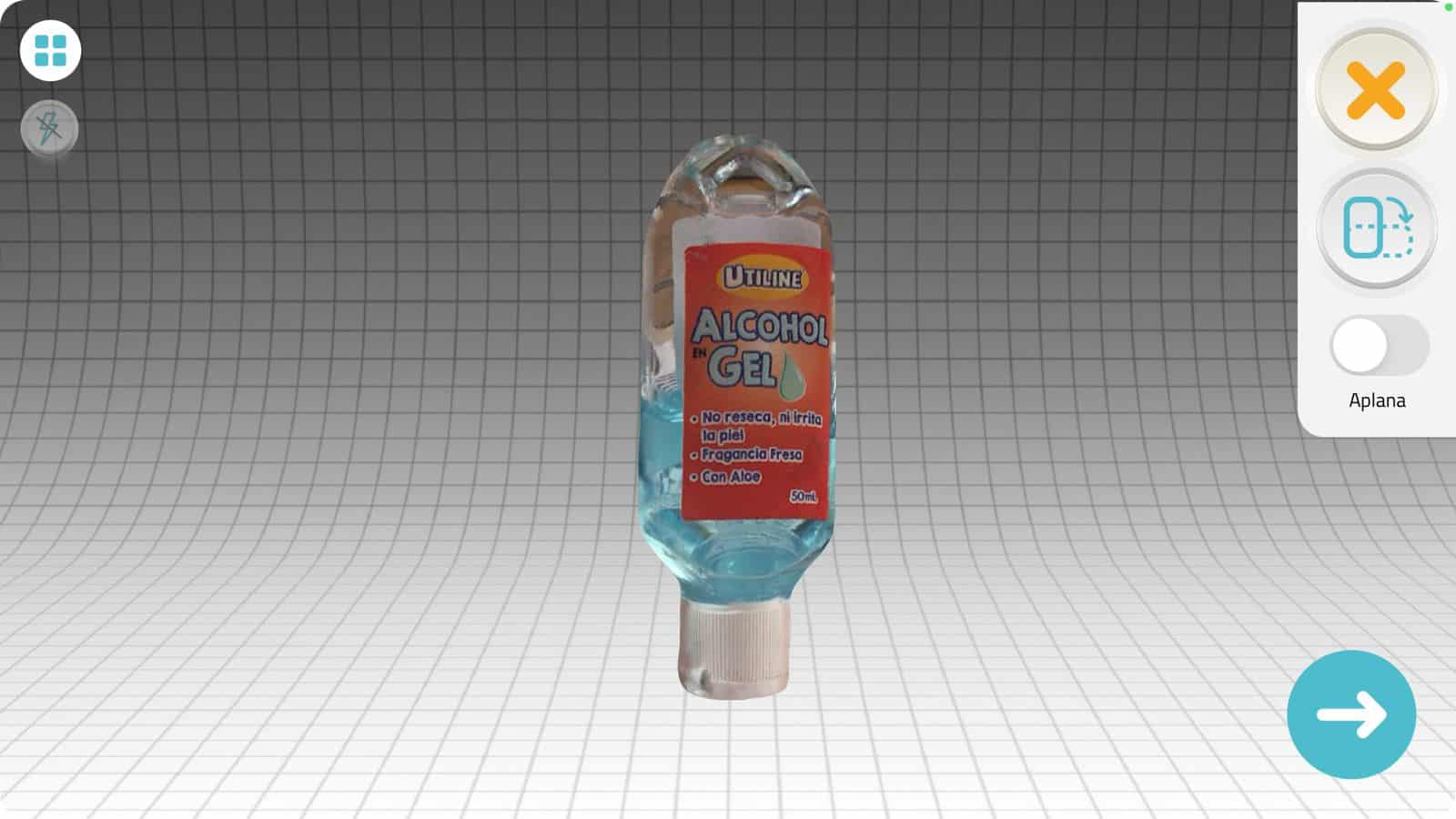Fifth week
Fifthclass
Last February 24 was the fifth class of 3D Scanning and Printing. Thanks to the Barcelona and Lima team I have been able to learn about many software to achieve different results. This topic interests me a lot, I had the opportunity to explore a 3D printer some time ago in Fab Lab Lima and I really liked everything that can be achieved with it. 😃
One of the most beautiful memories I have is having taken it to the Peruvian Amazon. Thanks to an alliance with some organizations and the management of the state, Fab Lab Peru had the opportunity to share knowledge about 3D printing technology, the students were amazed and very happy to learn about this type of alternatives in digital manufacturing. Here I show a picture where we used a 3D printer on a boat on the Marañon River.
It was really beautiful! 💓

3D printing in the Amazon river
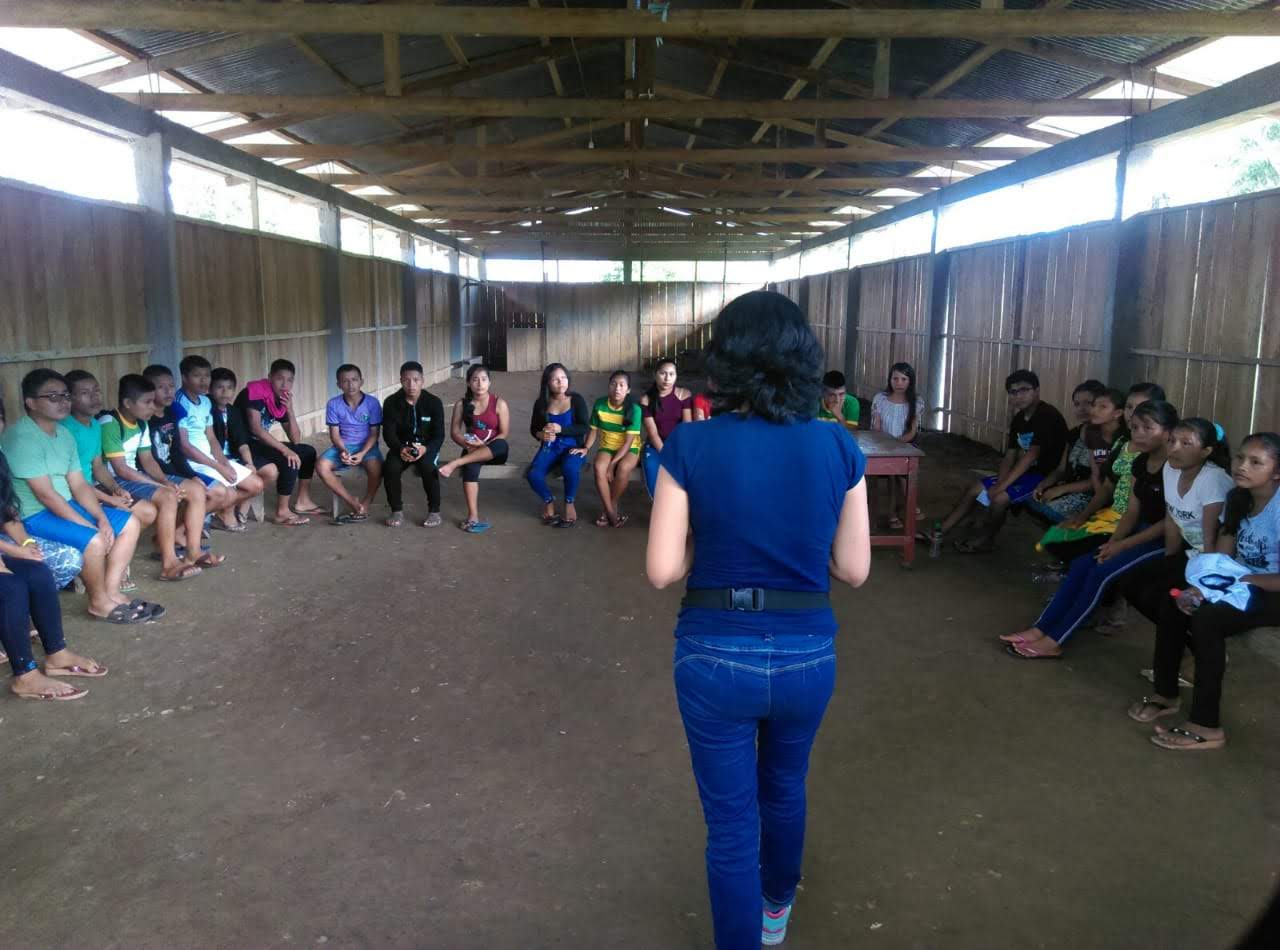
Amazon
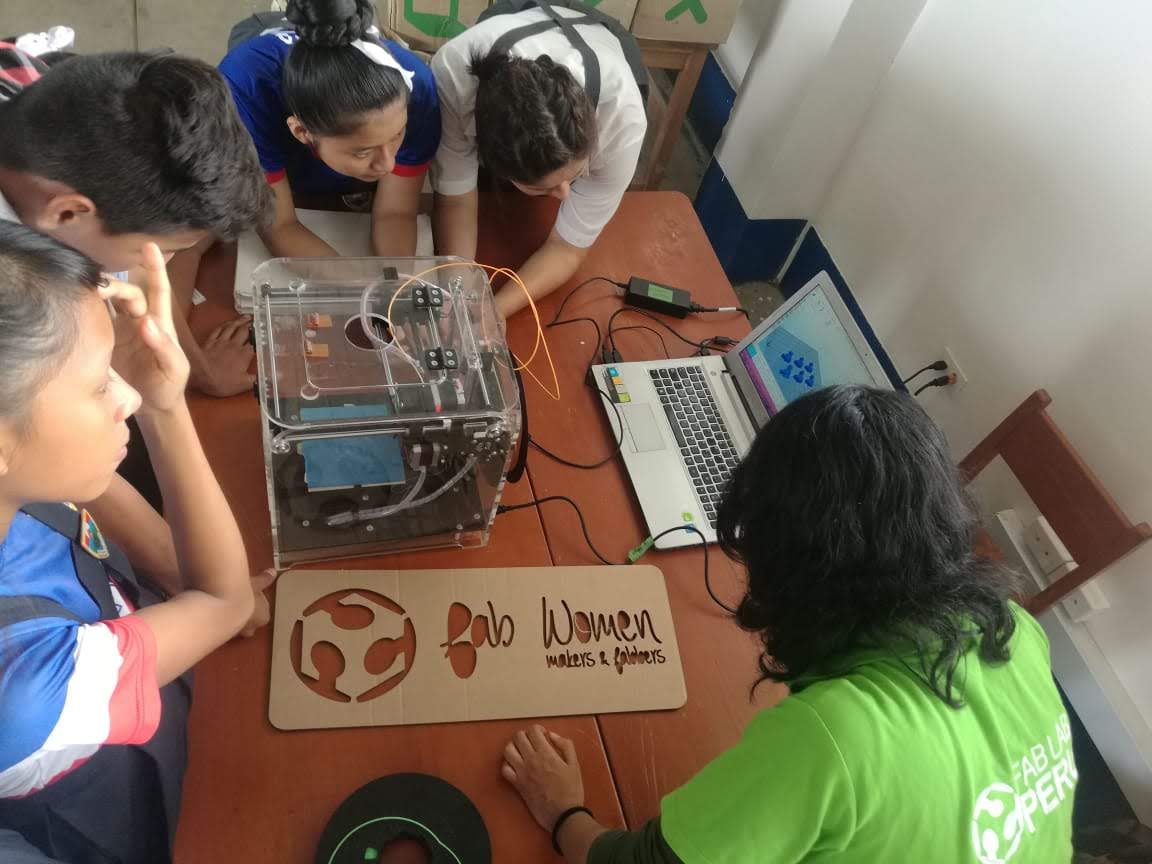
Amazon
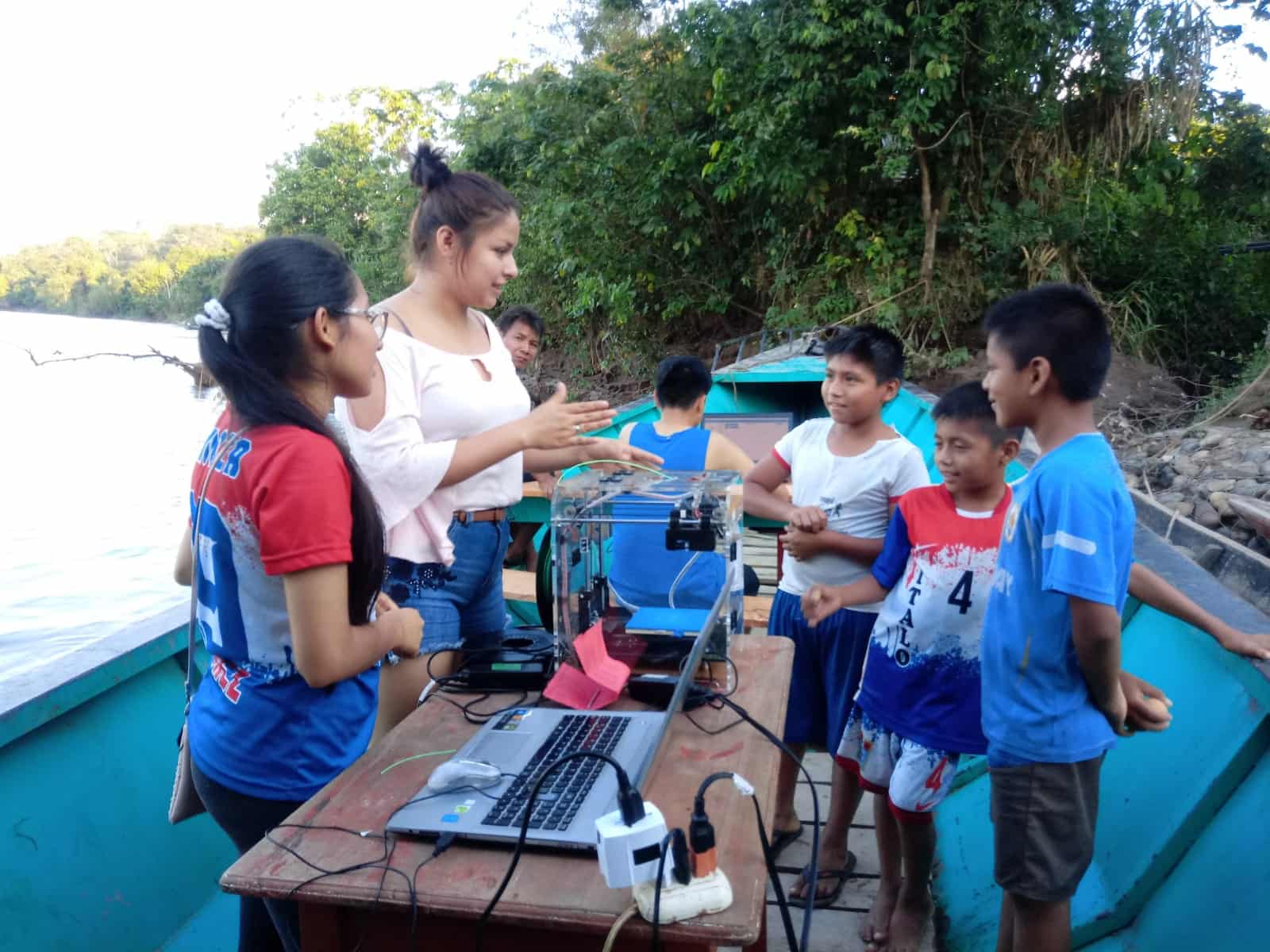
Amazon
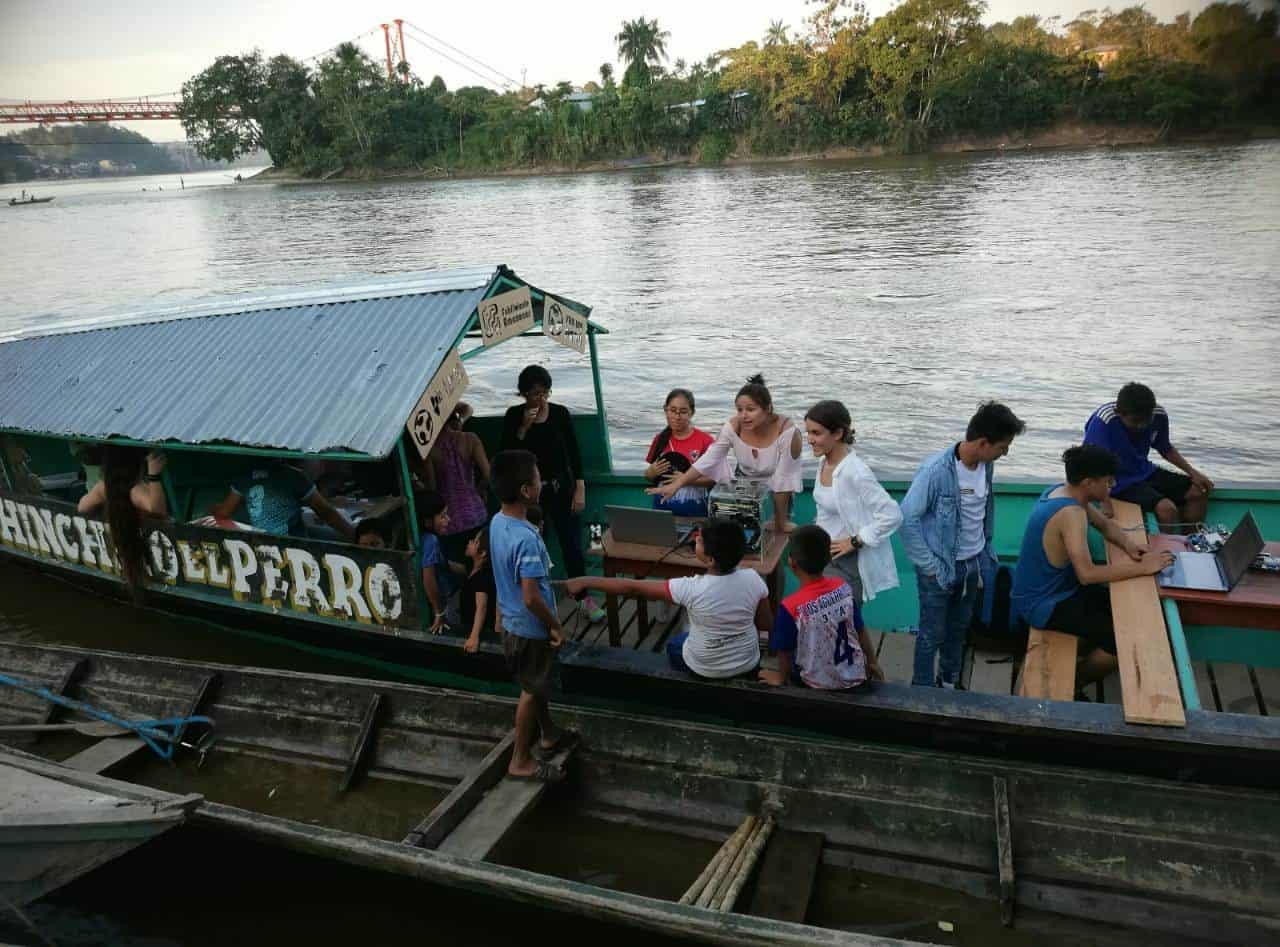
Amazon
My experience
First steps
In order to understand the operation of a 3D printer, I first resorted to diagramming both the physical part and the process to achieve a product. 3D printers come in many shapes, sizes, features in general, but they all handle a similar operation. Below I show you some of my drawings and description of its parts and some concepts in general. 💪
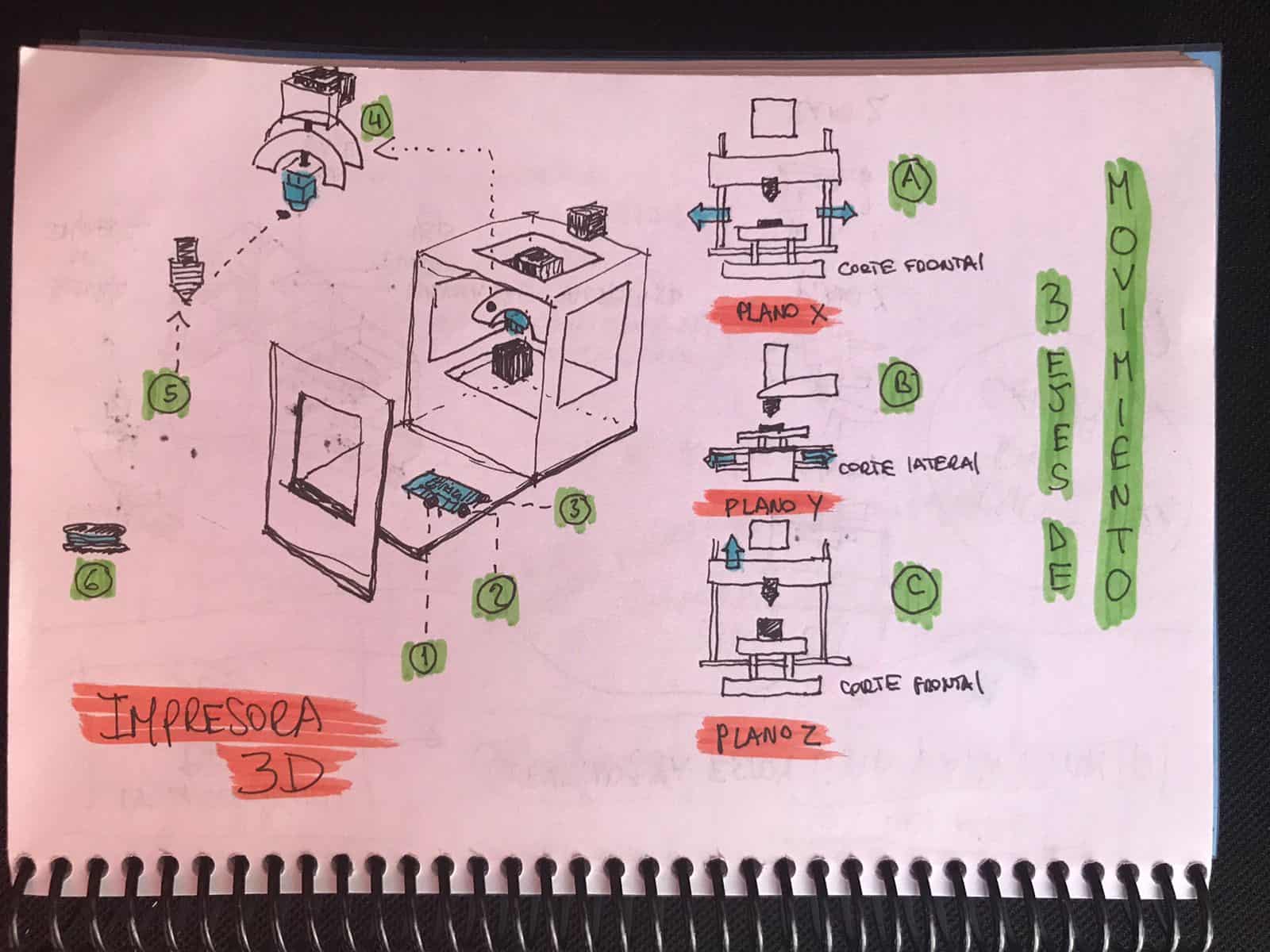
3D Printing
1. Base plate: Receives 3D model information from the computer via USB port or SD card and transmits it to the motor controllers.
2. USB port: CUSB ports are designed to transmit electrical power to the device that is connected, so no additional cable is needed to connect to a power outlet.
3. SD card slot: They have the ability to read and write data to and from SD memory cards, which allows data to be saved for later access.
4. Extruder: A cartridge applies heat to a metal core that melts the plastic. The core is wrapped by an insulator.
5. Printing nozzle: The molten plastic comes out of the extruder tip to form the layers of the printed object.
6. Materials used: Acrylonitrile butadiene styrene (ABS), high density polyethylene and polyactic acid plastics. (PLA)
7. Three axes of movement: To build a 3D object, the printer moves in three planes, each on a different axis.
A. X plane: Moves the platform from side to side.
B. Y plane: Moves back and forth creating each of the strata.
C. Z plane: Move the extruder vertically to add the layers.
Processes
The sequence for 3D construction has a series of steps that are not so complicated to understand, like any system, the 3D printing machine has an input, process and output. These are linked to certain programs that will help us to complete the cycle. Below are some explanations. 💪
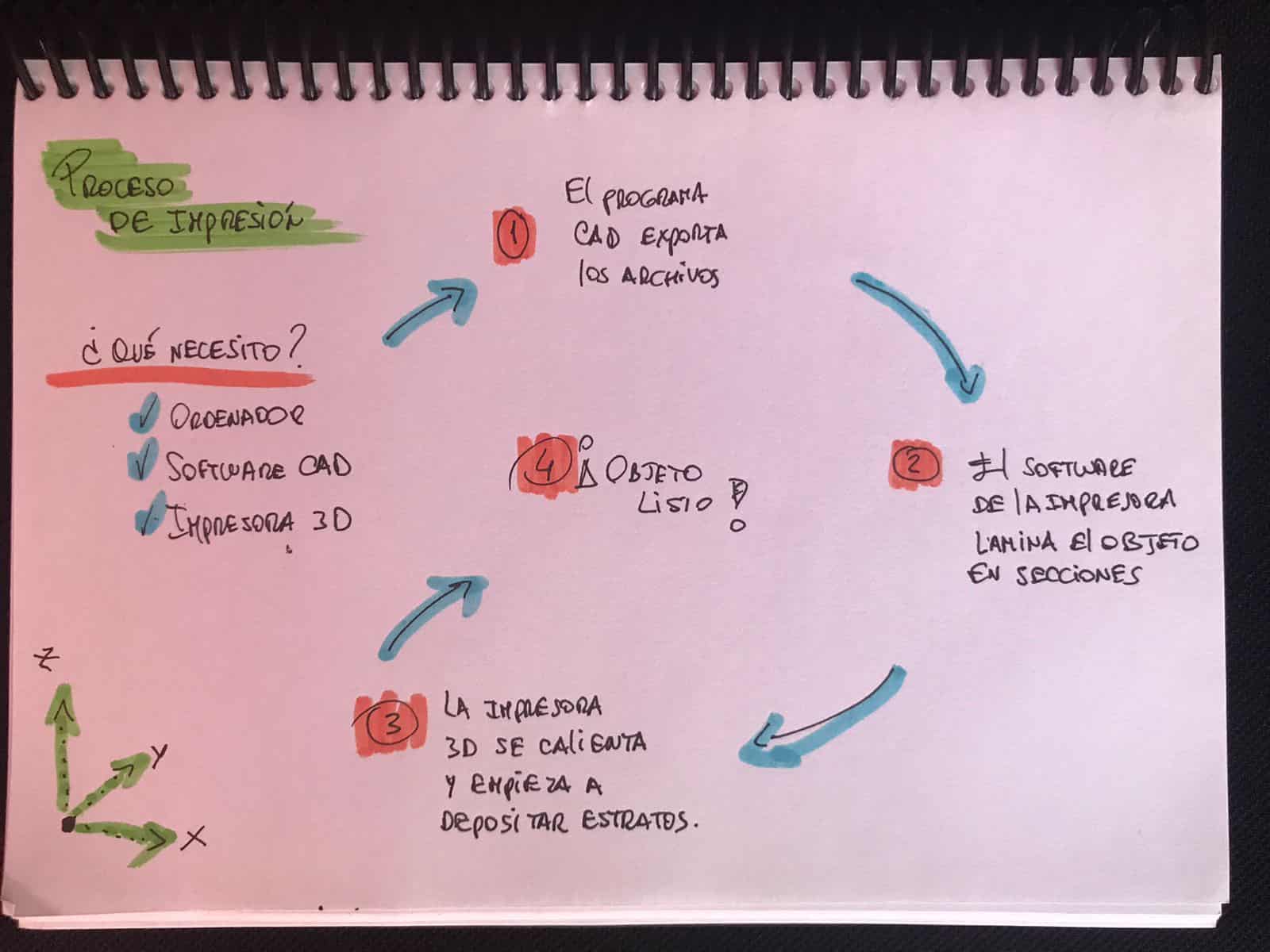
Sequence
1. What do I need?: A computer, CAD software and 3D printer. As a first step we export the file in STL format, the exported file is a grid that includes the 3D shape of the object.
2. This software is responsible for laminating the entire object vertically, hundreds of layers, with this we observe the number of layers with which the object will be created.
3. When the printer heats up, it begins to recognize the movement in the different axes and deposits the material chosen to start the sheets.
4. The overlapping of sheets is completed starting from the lowest part (next to the bed) and goes up to the last point on the Z-axis. This completes the construction of the physical object.
(Source: Wikipedia.com)
3D Scanning
A 3D scanner is a machine used to capture the geometry of an object and its color to then form a 3D model of it. That is, it is capable of transforming a real object into a virtual one that we can manipulate with our computers and specialized programs. Its use is very varied and is currently used in many sectors such as art conservation, sculpture reproduction, dimensional control, quality control, reverse engineering of parts, use in the dental area, architecture, archeology, etc. Here I show a little of the logic of the process.
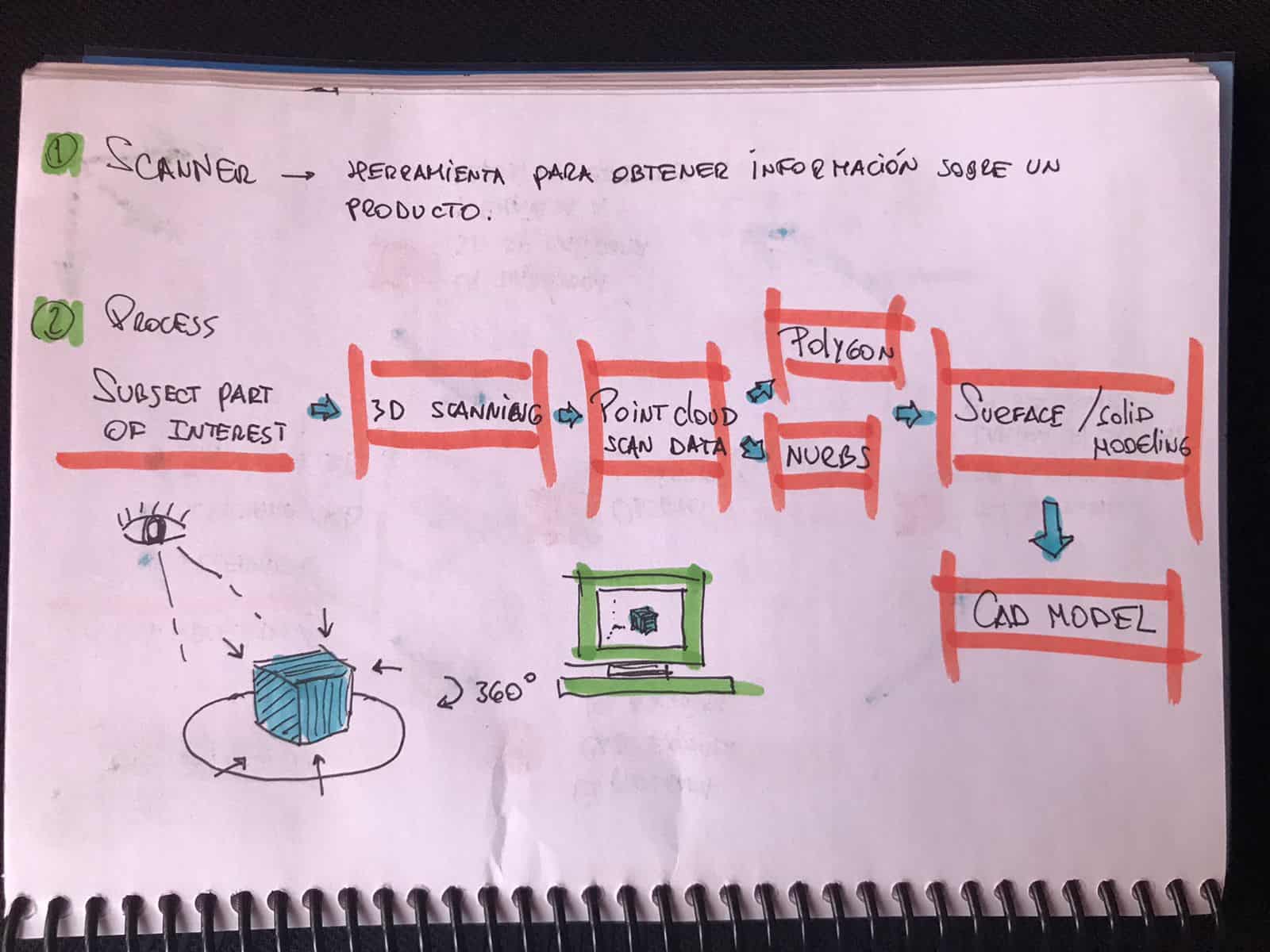
Sequence
There are two types of scanners, contact and non-contact, depending on the type of object to be scanned. In the case of non-contact there are three distinctions, one is a laser scanner, another is a structured white light scanner and the third is a time-of-flight scanner. There are also several ways to solve this process without having the machines, in my case I had to solve it from home and it was a good experiment. 🤩
